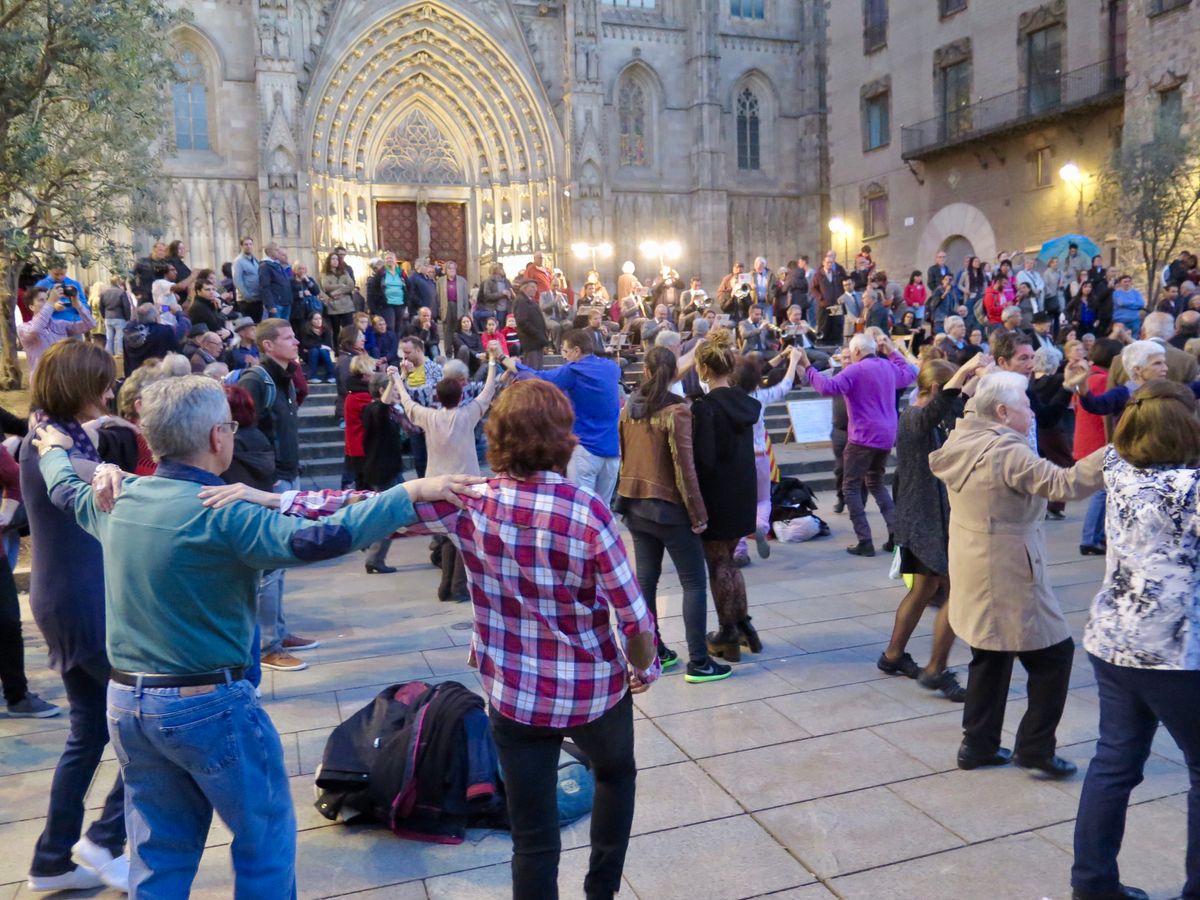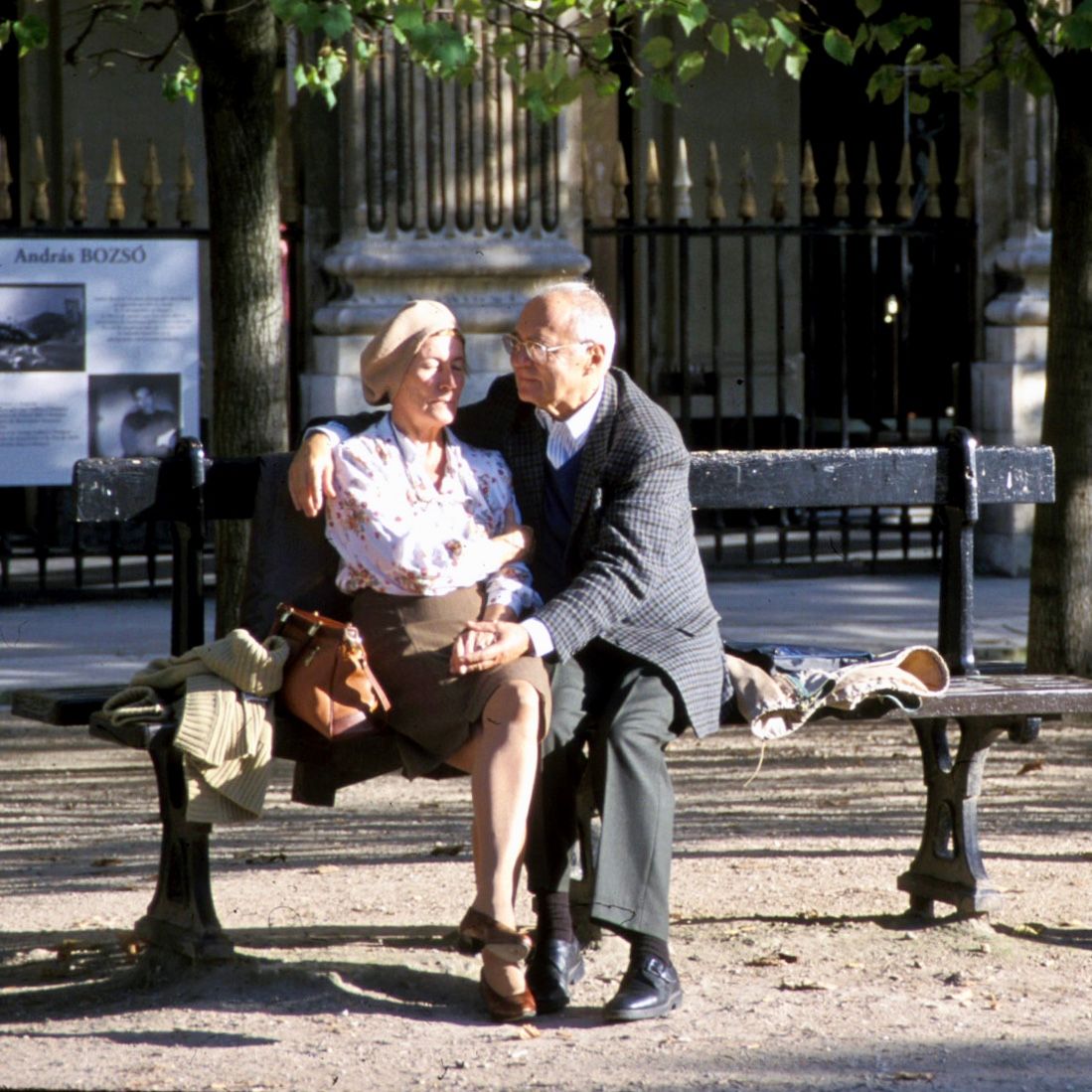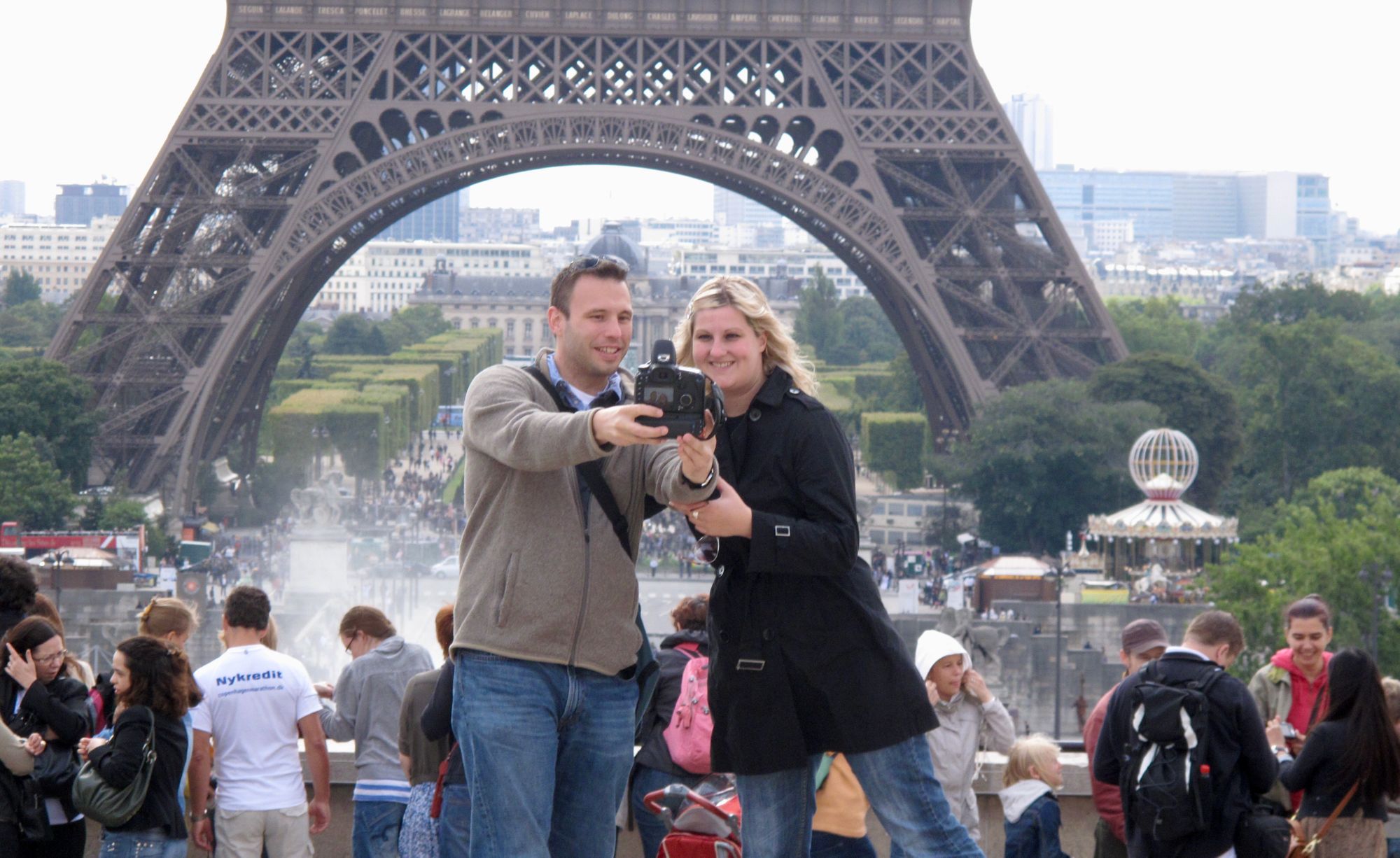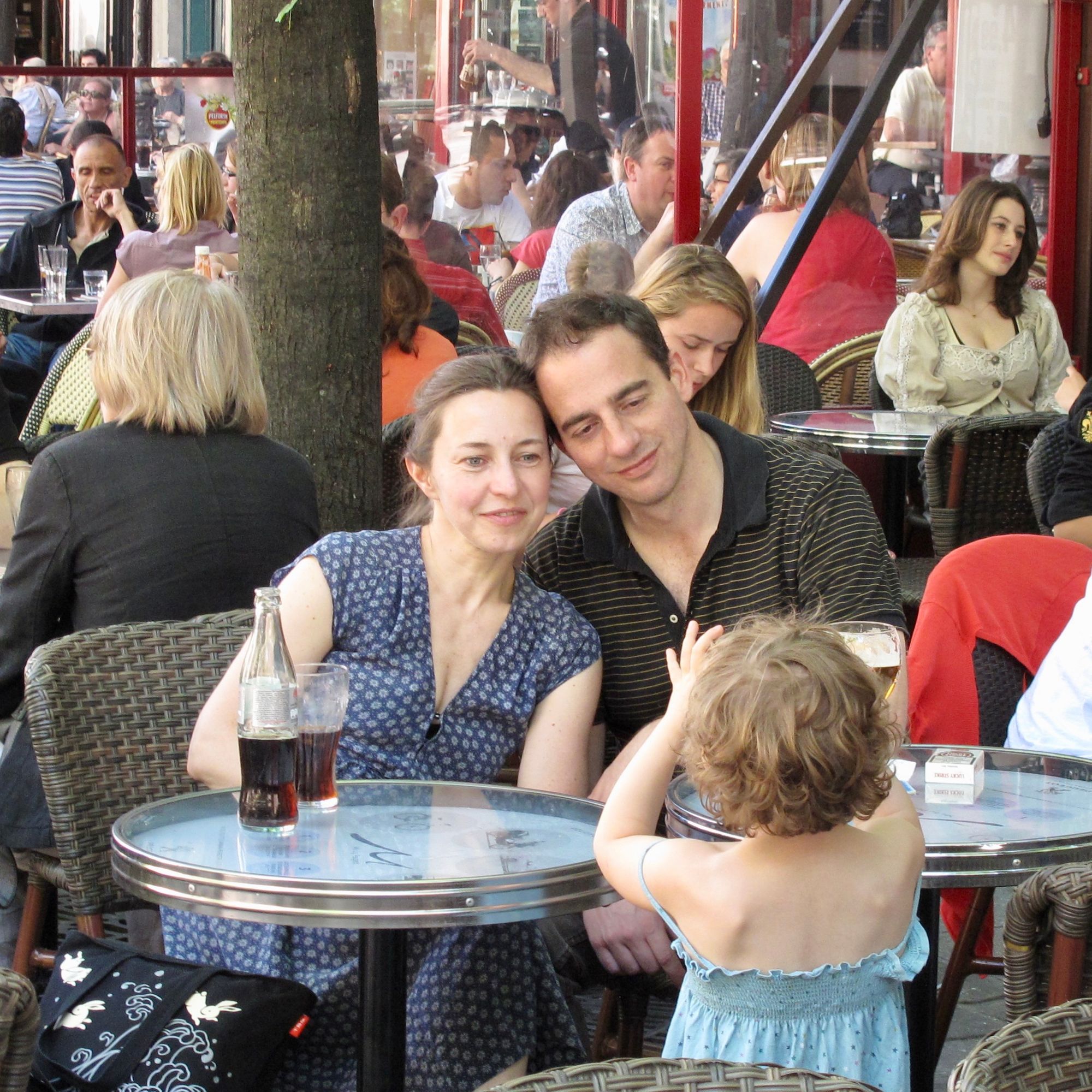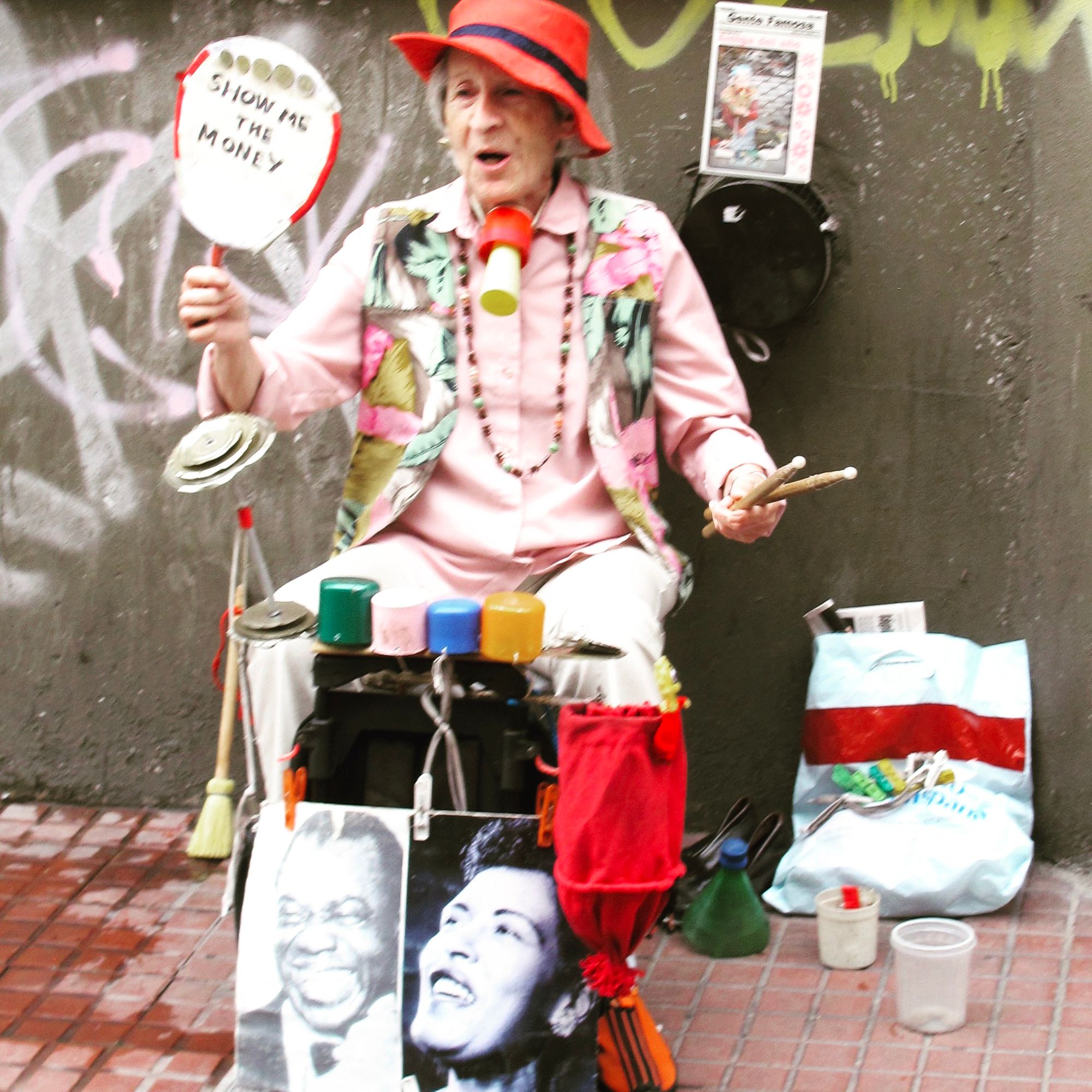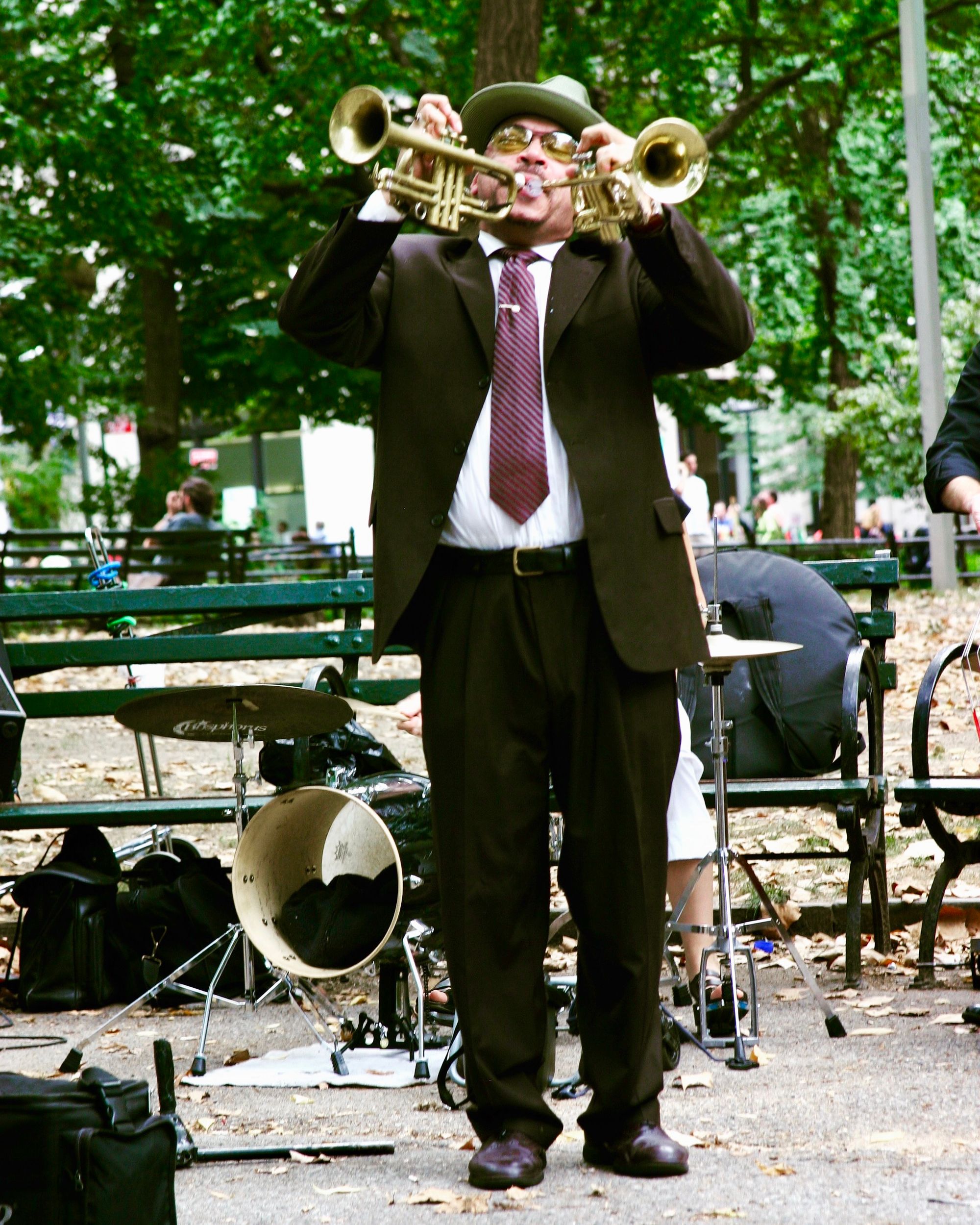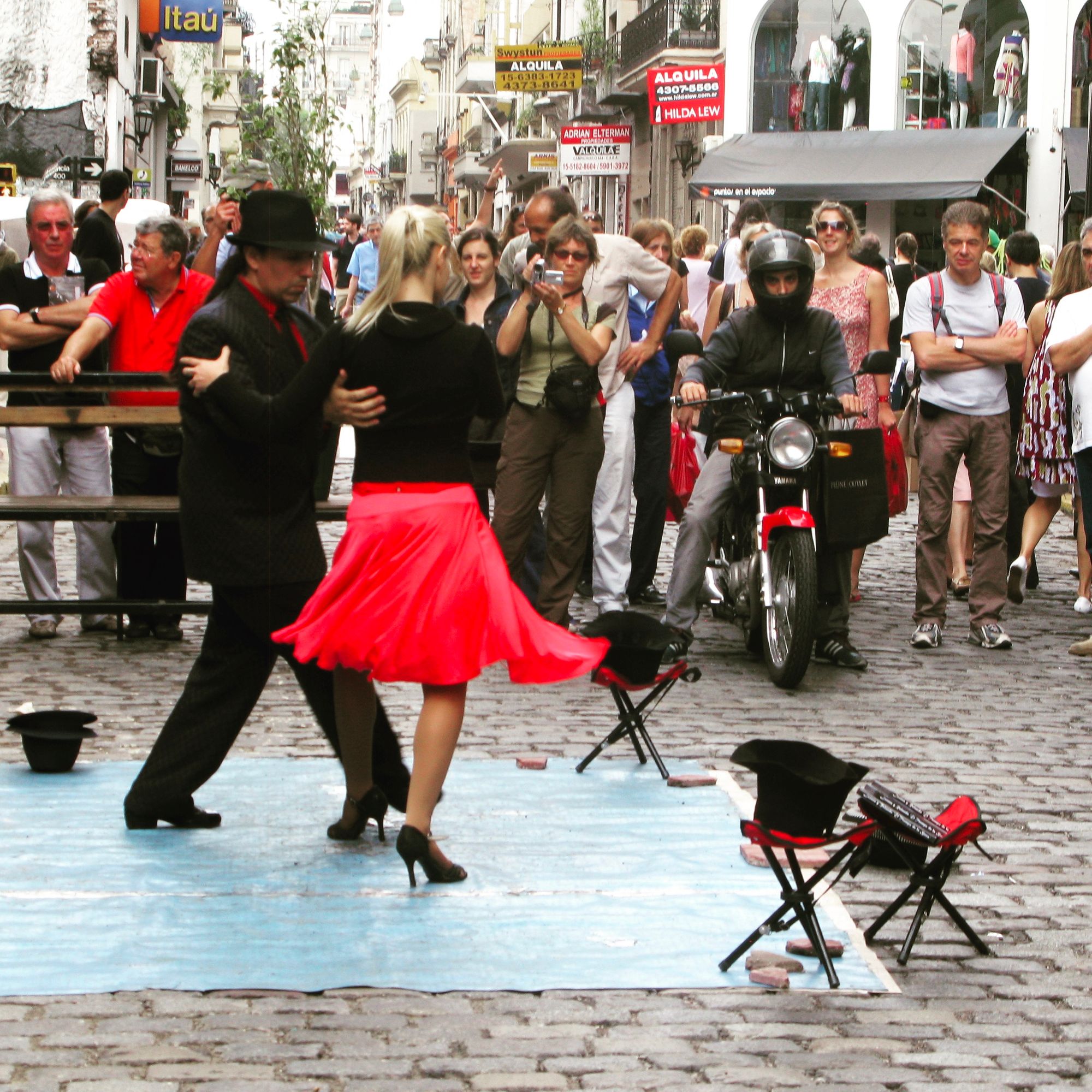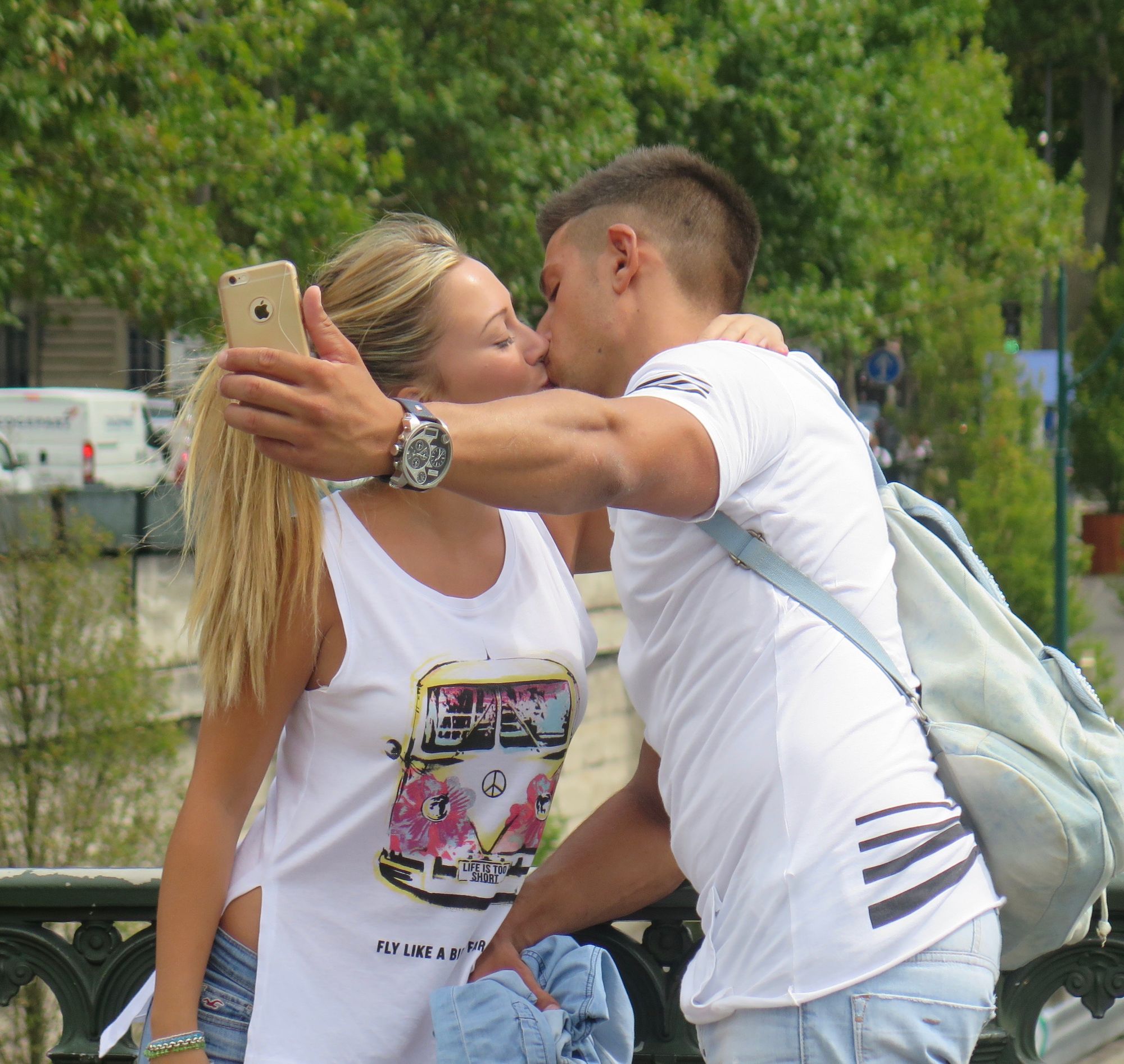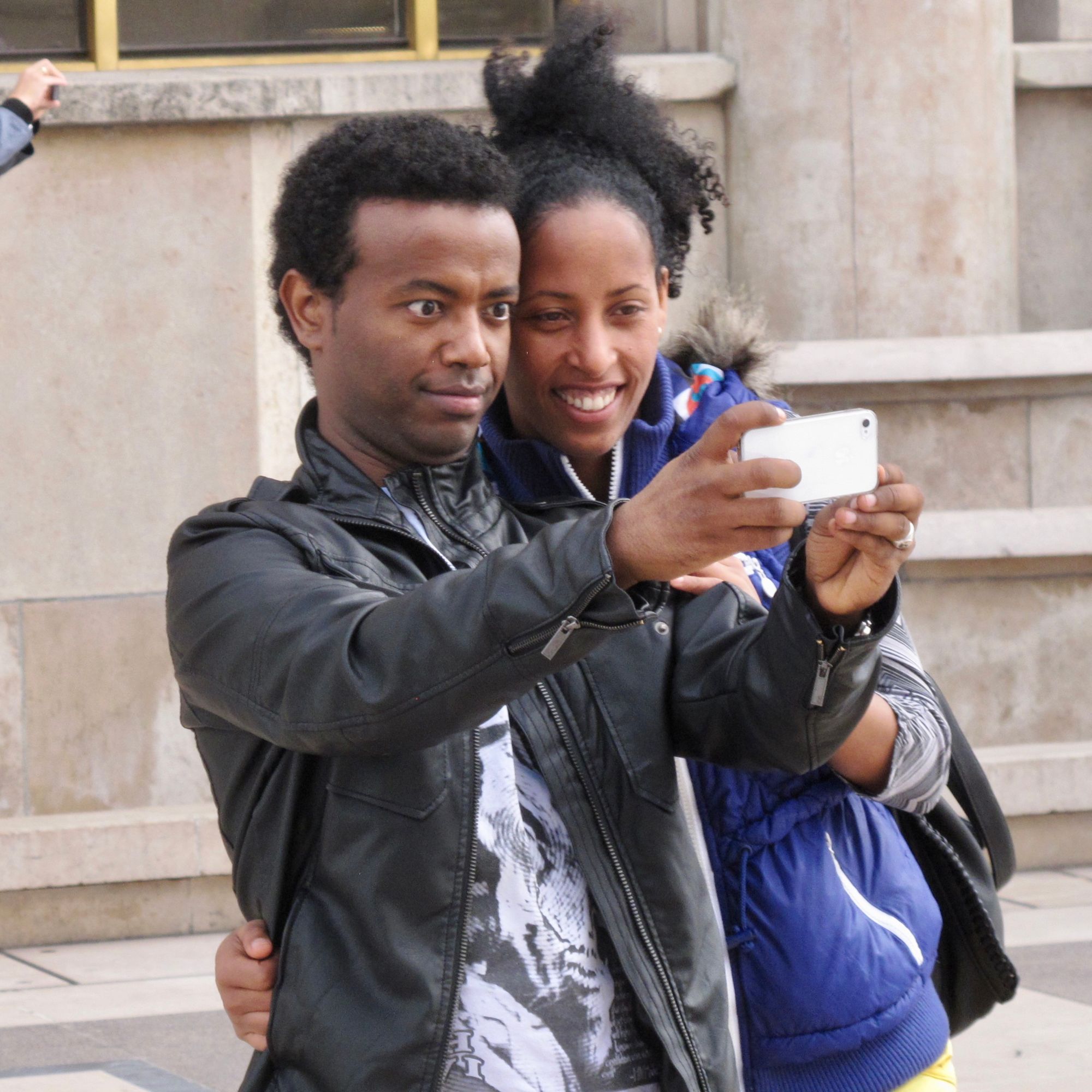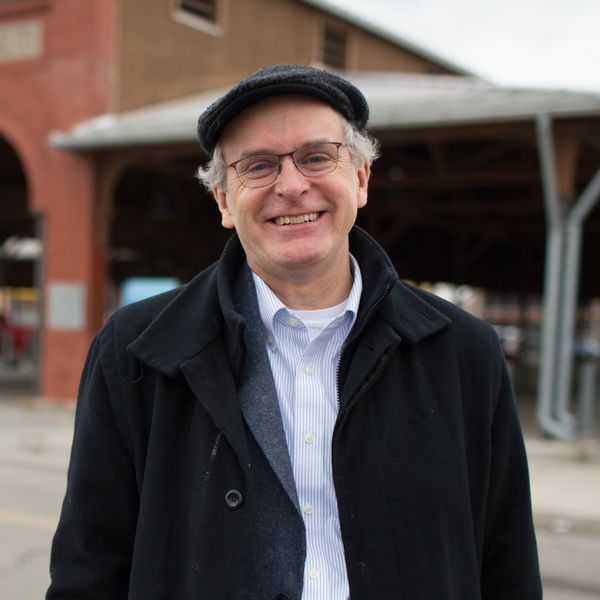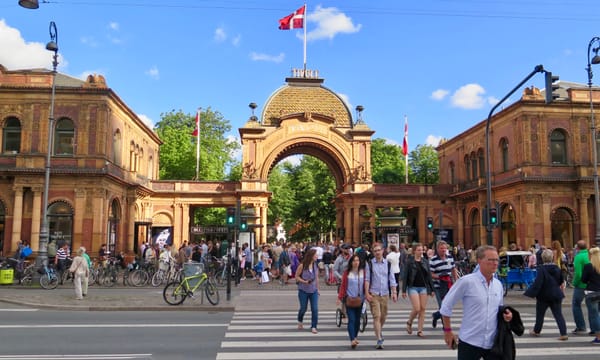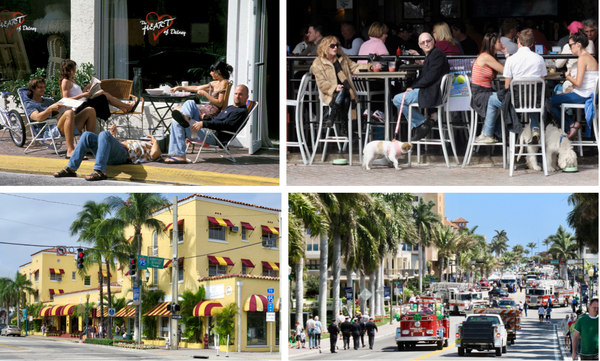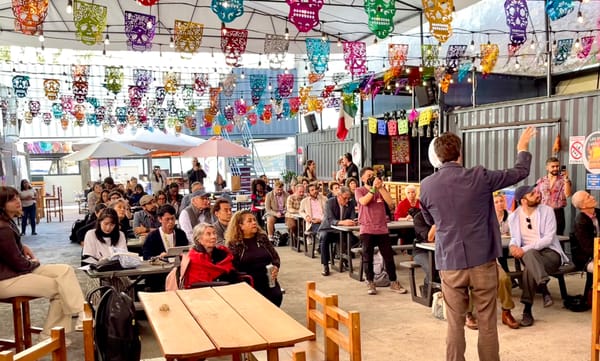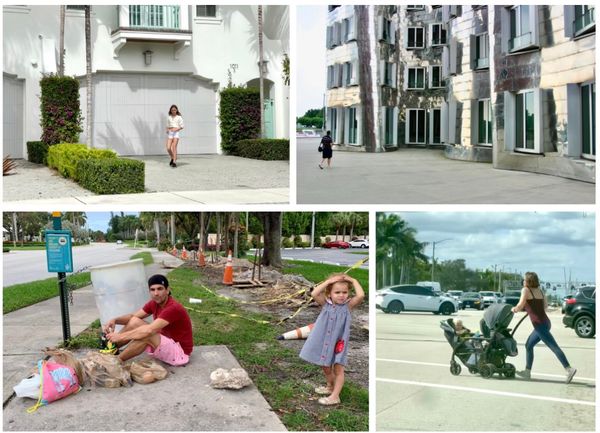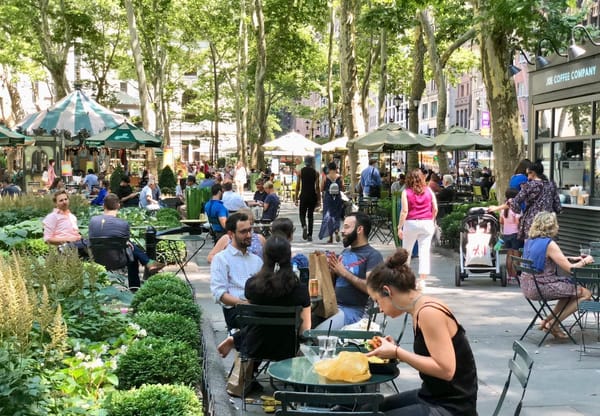Editor note: Updated October 28, 2021. This article will continue to evolve.
Over the past year, the pandemic and accompanying economic free-fall has disrupted almost everything about our lives, including the social connections we depend upon for survival and happiness.
The big idea here is to maintain a flourishing social life under a challenging new set of conditions. This means a whole range of innovative practices, habits and designs that capitalize on community members own knowledge about life in their hometowns.
Each of these examples of different aspects of our daily life can be implemented gradually under slow loosening of Covid-19 requirements. Understanding what each example might become can give hope for everyone as we seek a better future.
1. Reconnecting after the Pandemic
In order to reconnect, people need to be seen, heard and empathize with each other. That can happen with a nod, wink, smile, a few nice words, a casual remark, or a short conversation. These important connections not only strengthen relationships but encourage people to keep working together to overcome this catastrophe.
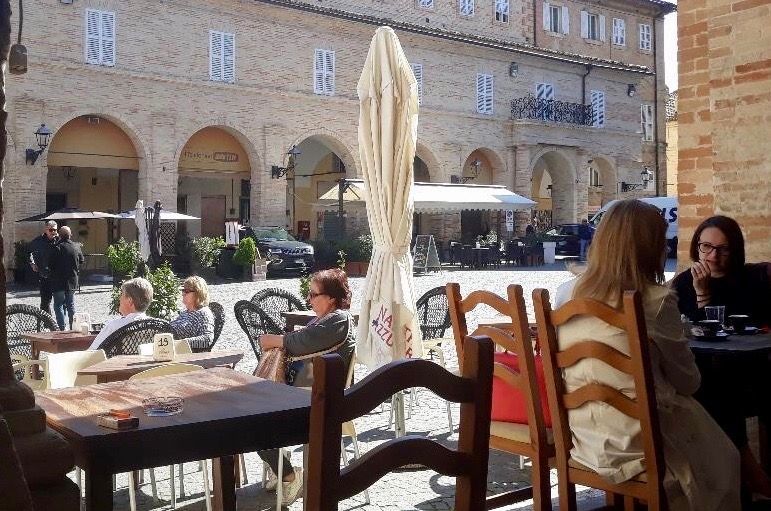
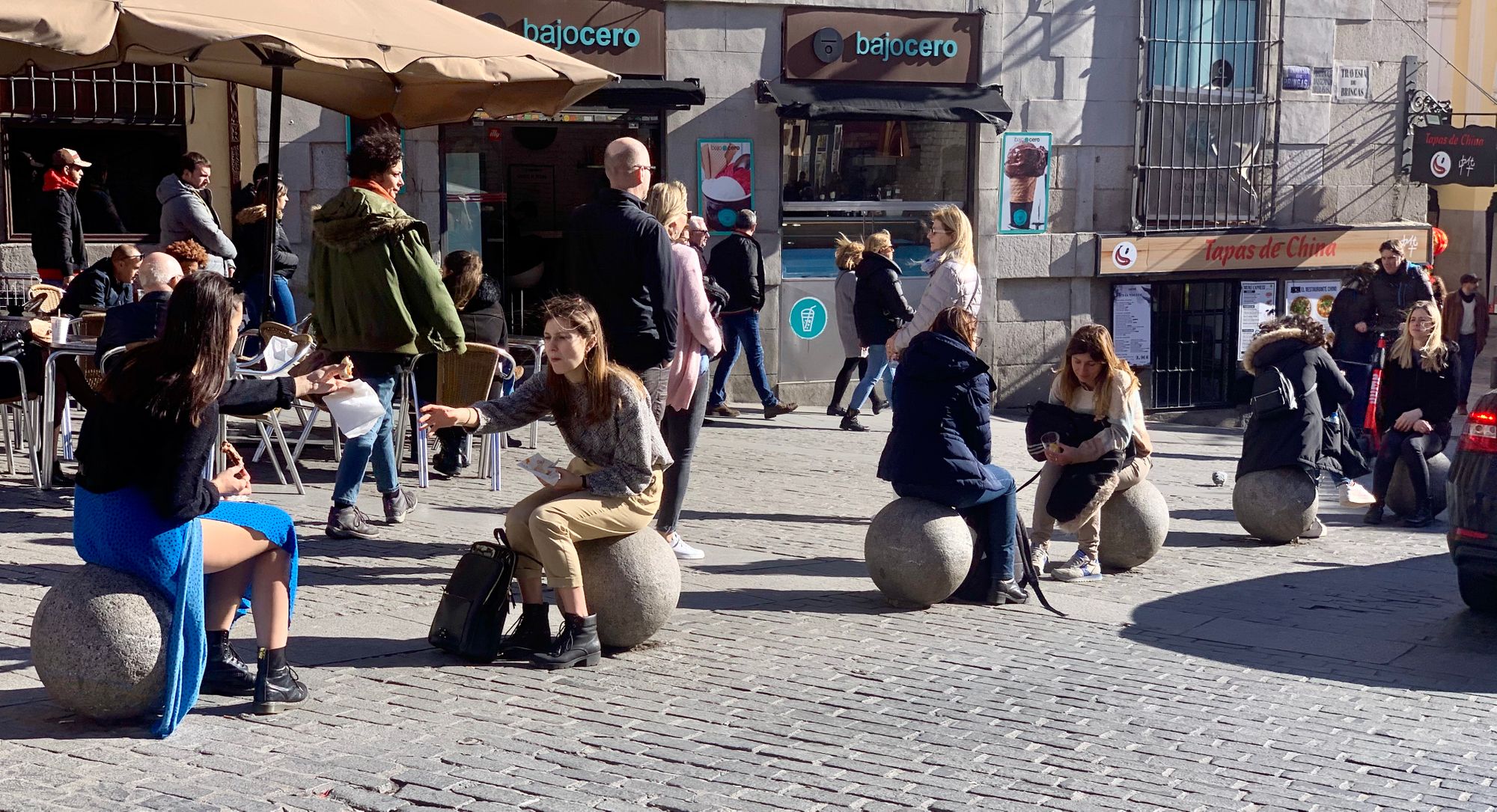
People need to connect. (Madrid, Spain)
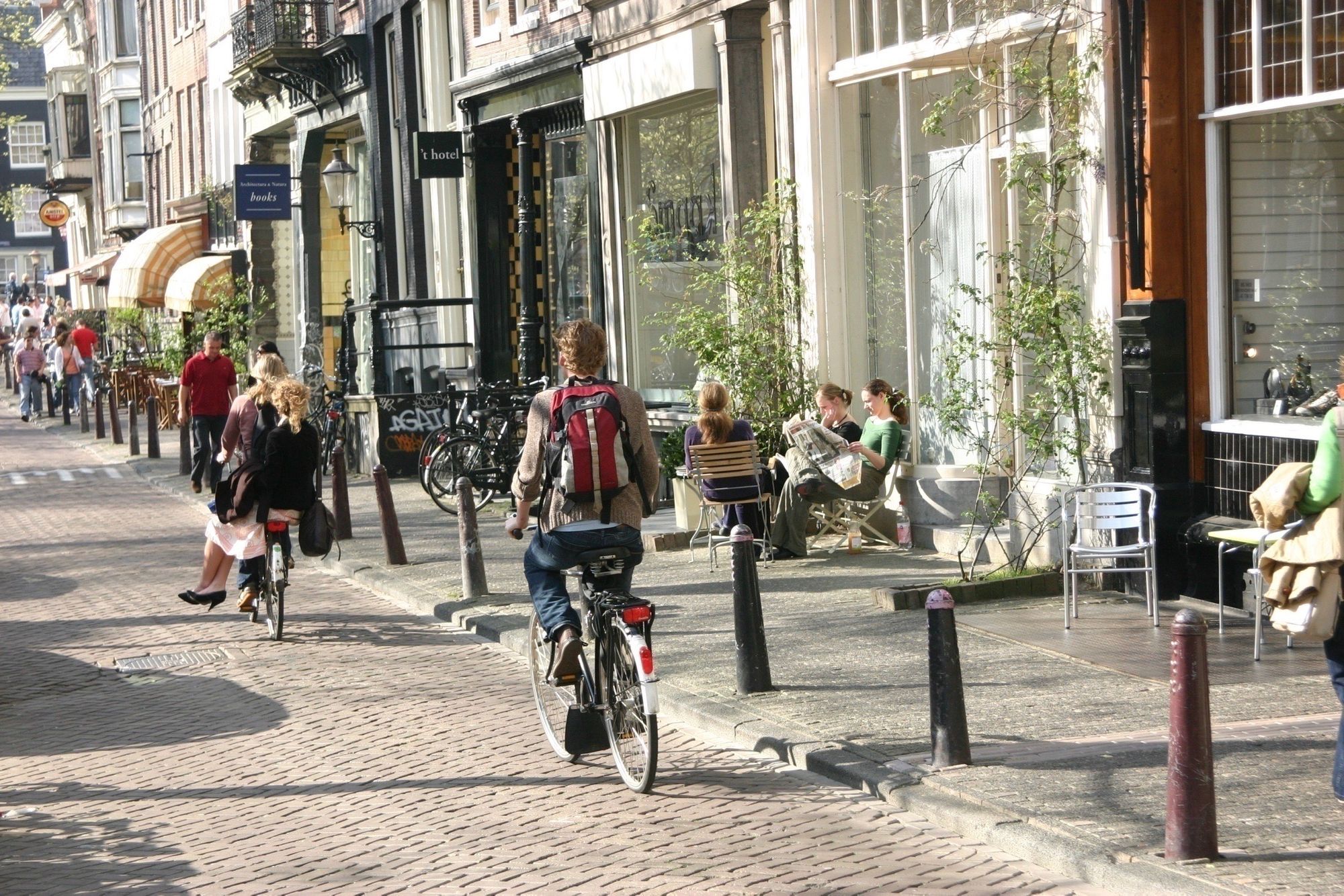
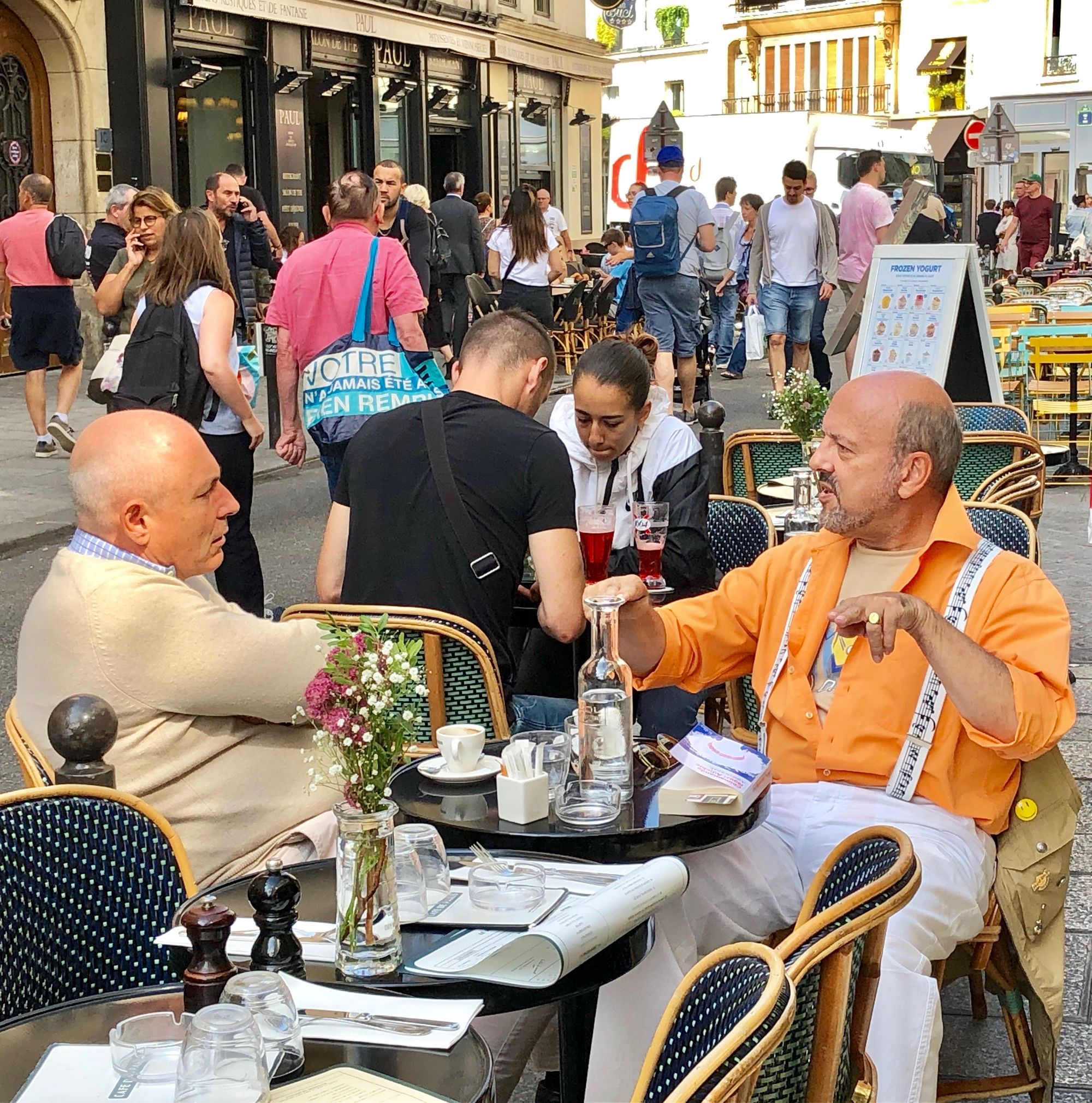
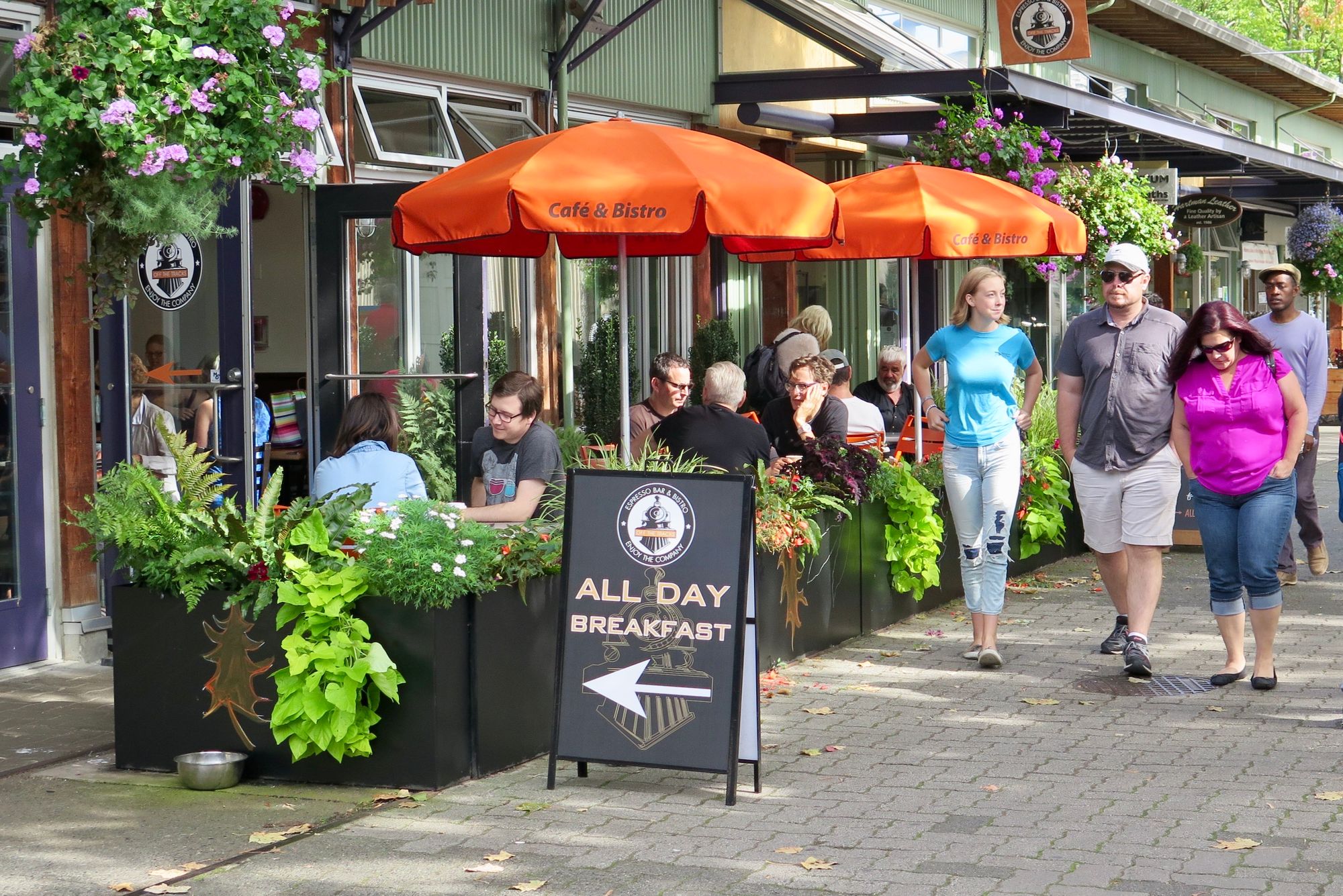
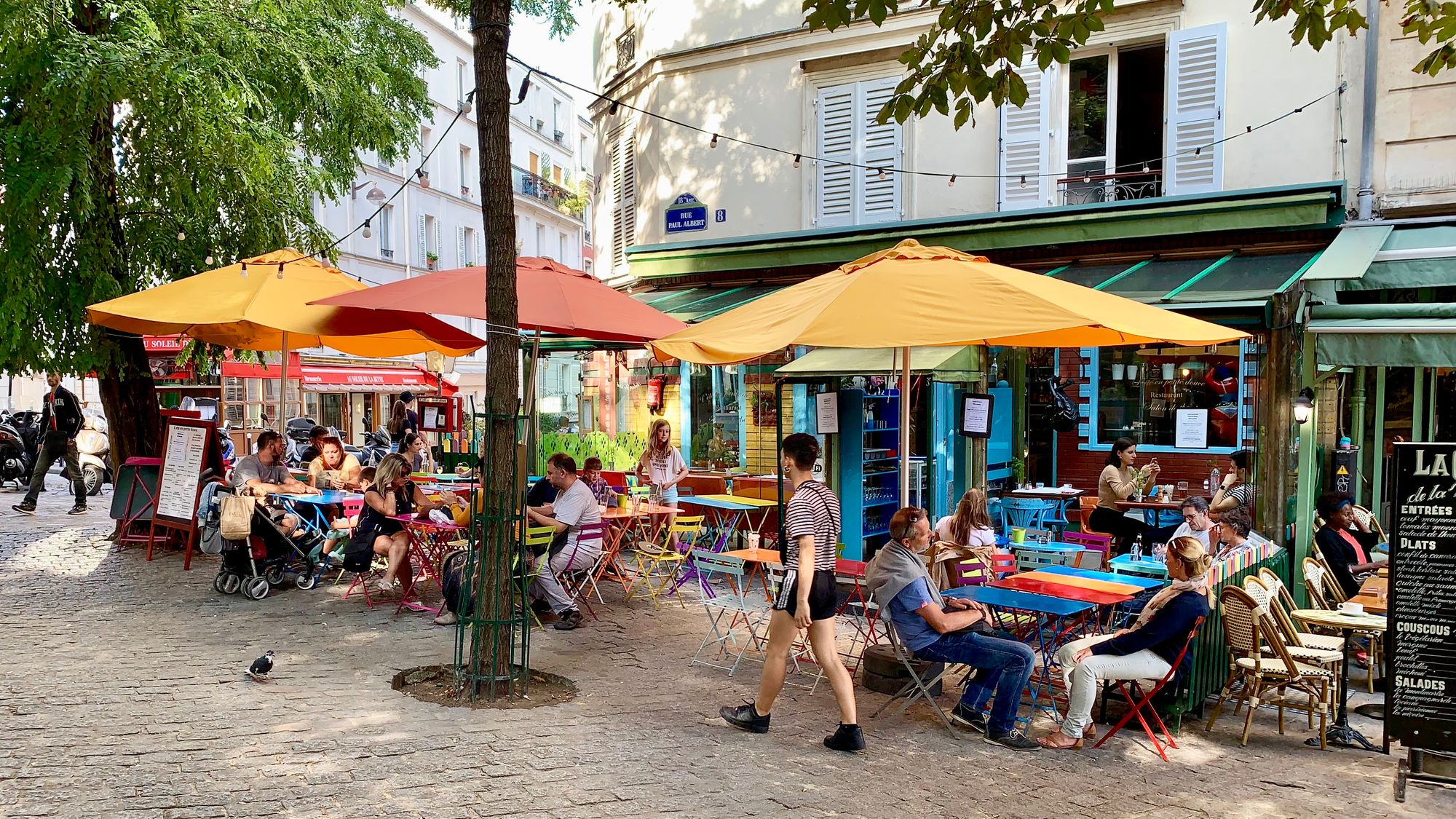
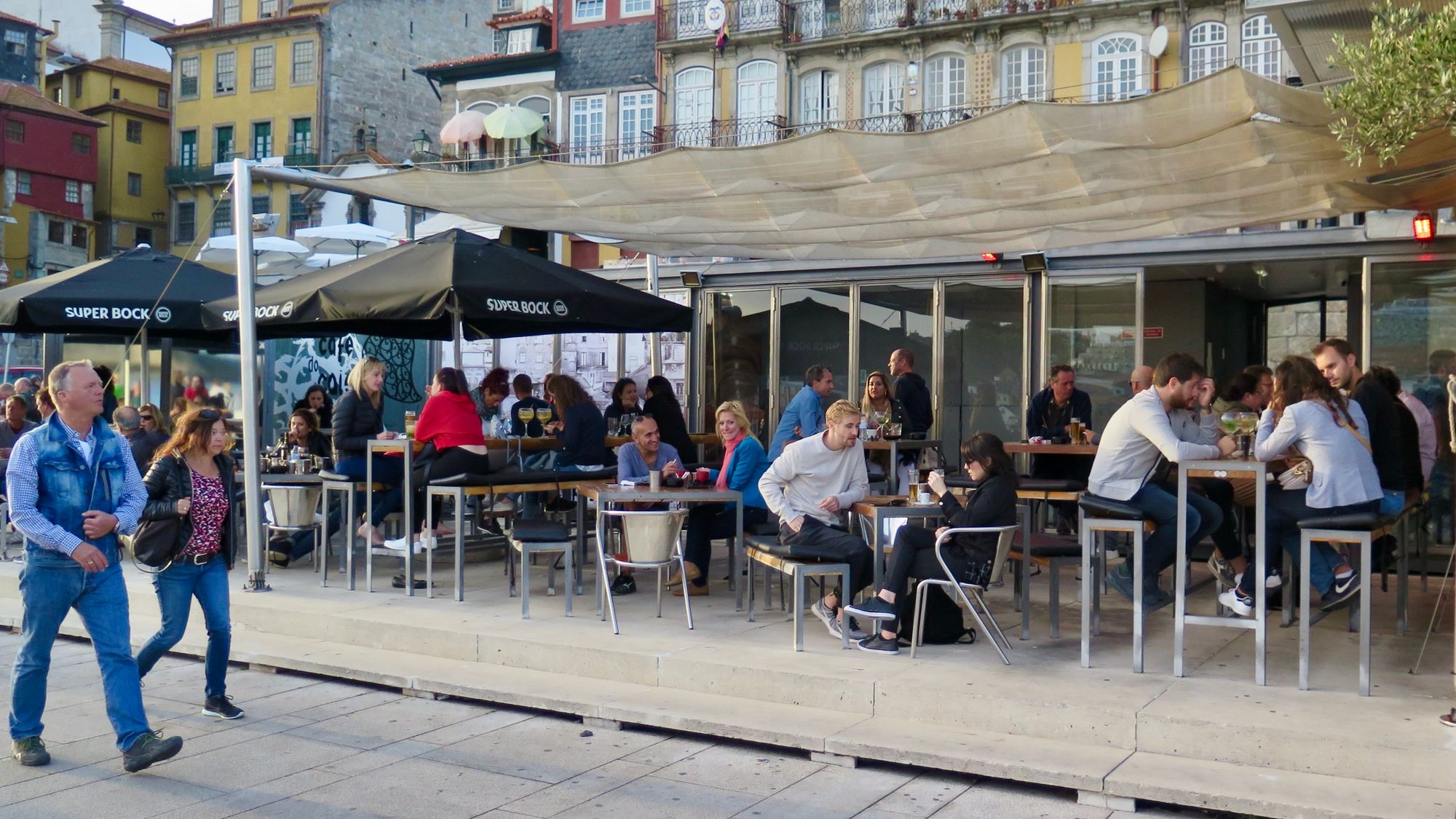
2. Use Sidewalks to Restore Social Connections
This idea is limited by the fact that sidewalks in many cities are too small, barely giving folks enough room to pass each other. One bold idea, based on successes already underway, is to reapportion one-third of the streets in a city to be vehicle-free, another third shared equally between vehicles and people on foot or bikes, and the last third primarily for vehicle traffic. The result, is that sidewalks could be immediately doubled in size, parking could move out further from the curb to allow more room encouraging physical distancing and social connections.
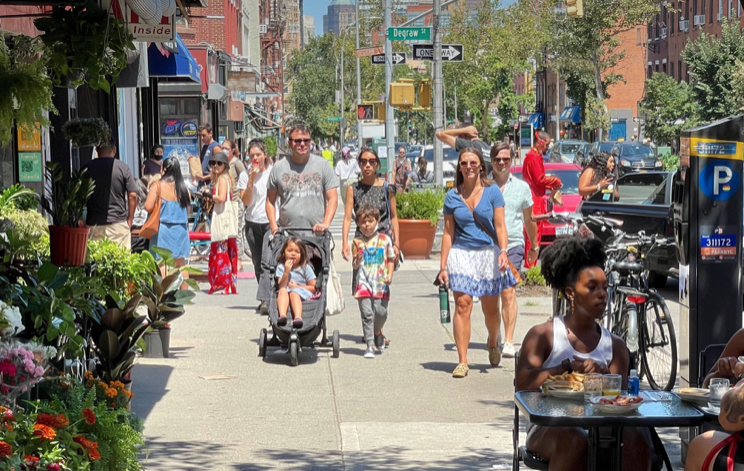
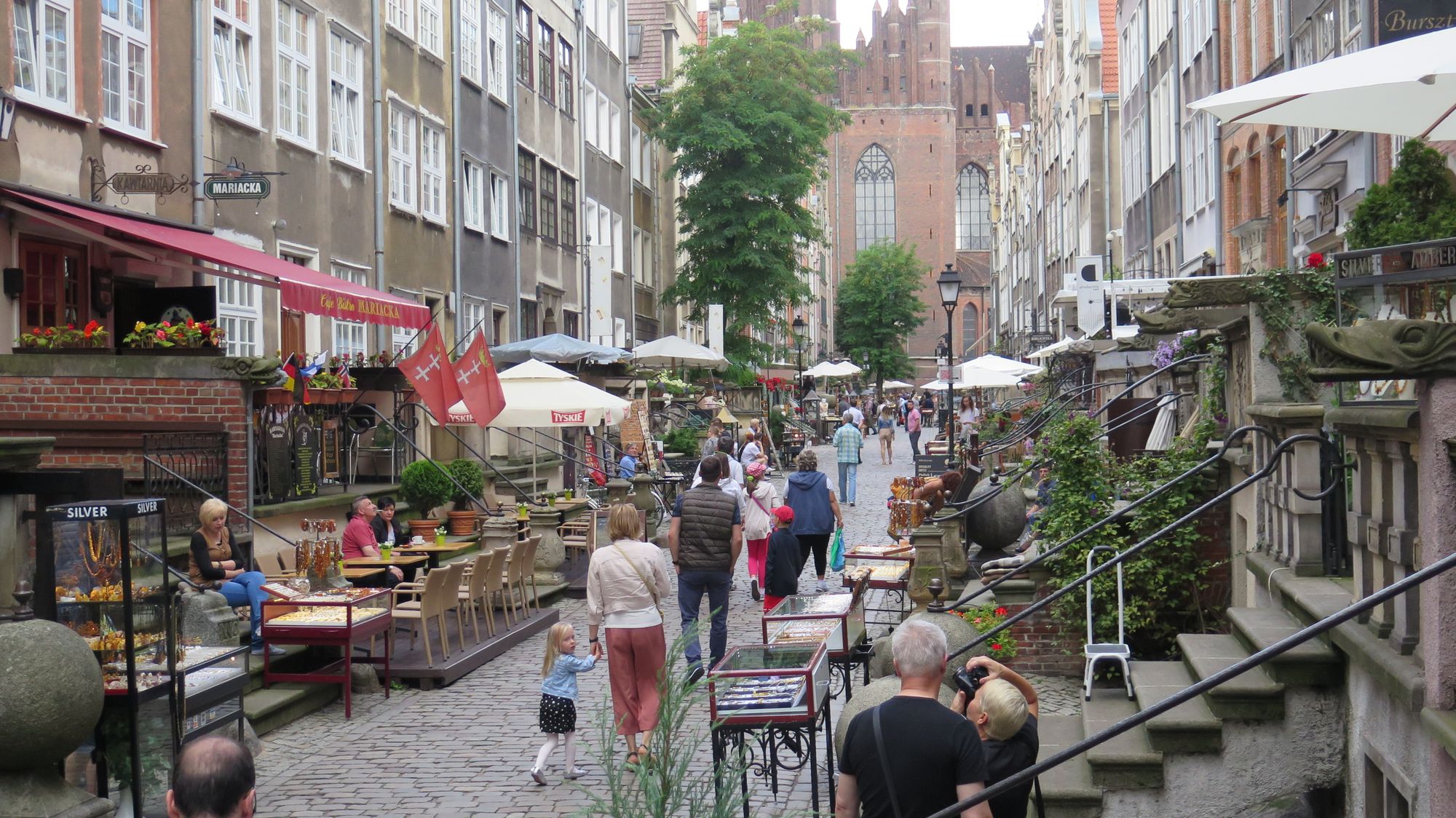
3. Bring the Inside Out at Retail Stores and Restaurants
Stores and restaurants in many cities and neighborhoods are already using their sidewalks for their businesses. Many shops are displaying foods, along with stations for takeaway items. Some are even expanding sidewalk pedestrian space into the streets themselves, so that restaurants can use extended curbs not only for outdoor seating but to reconnect the community with local businesses.
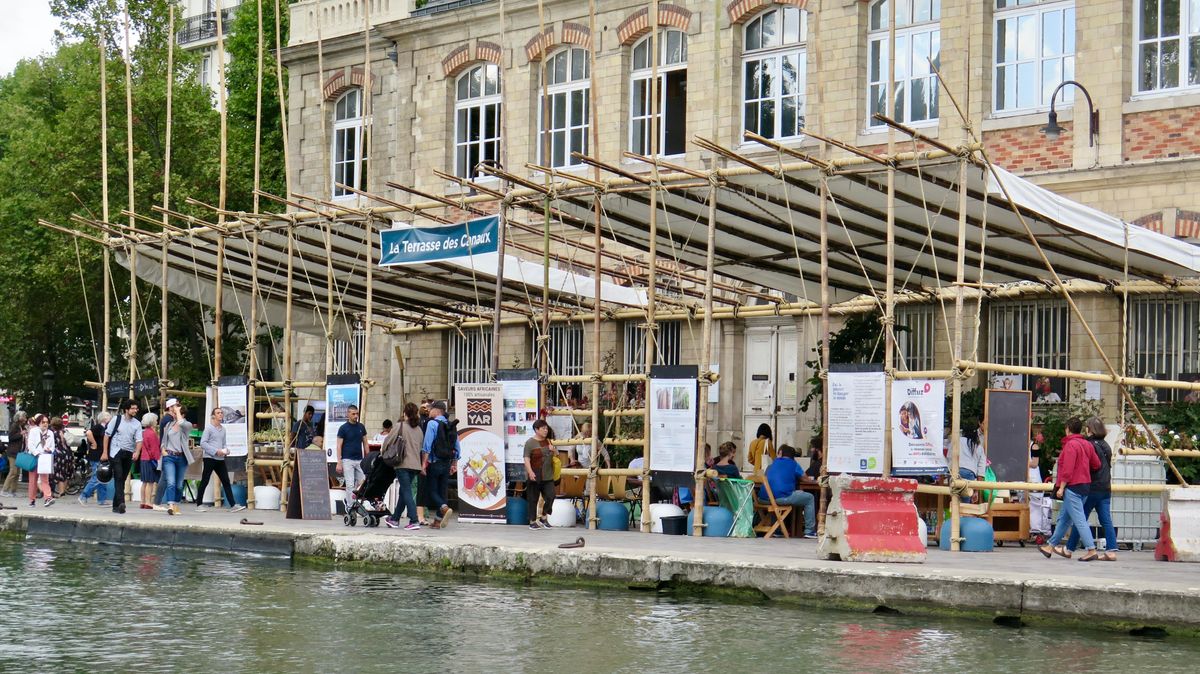
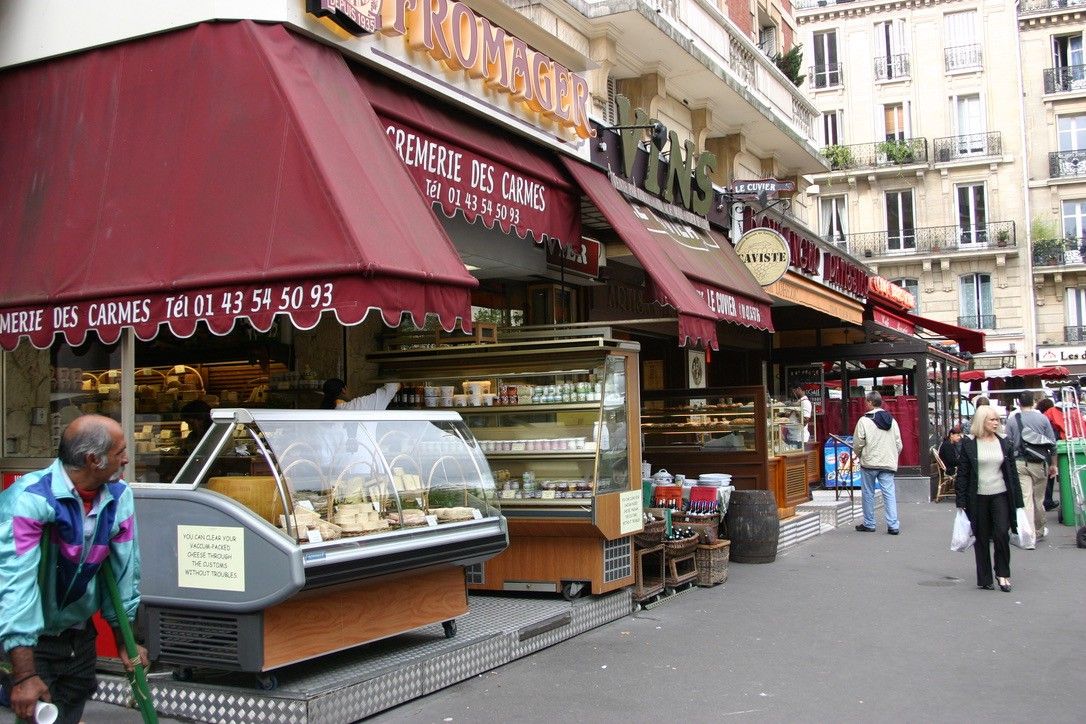
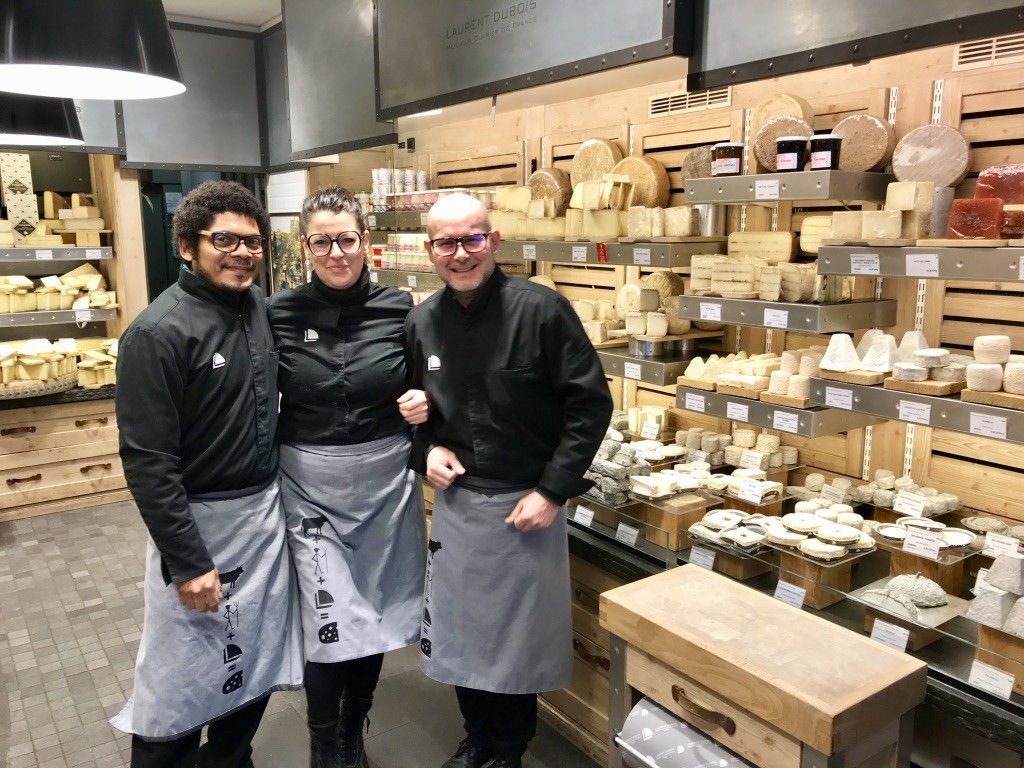
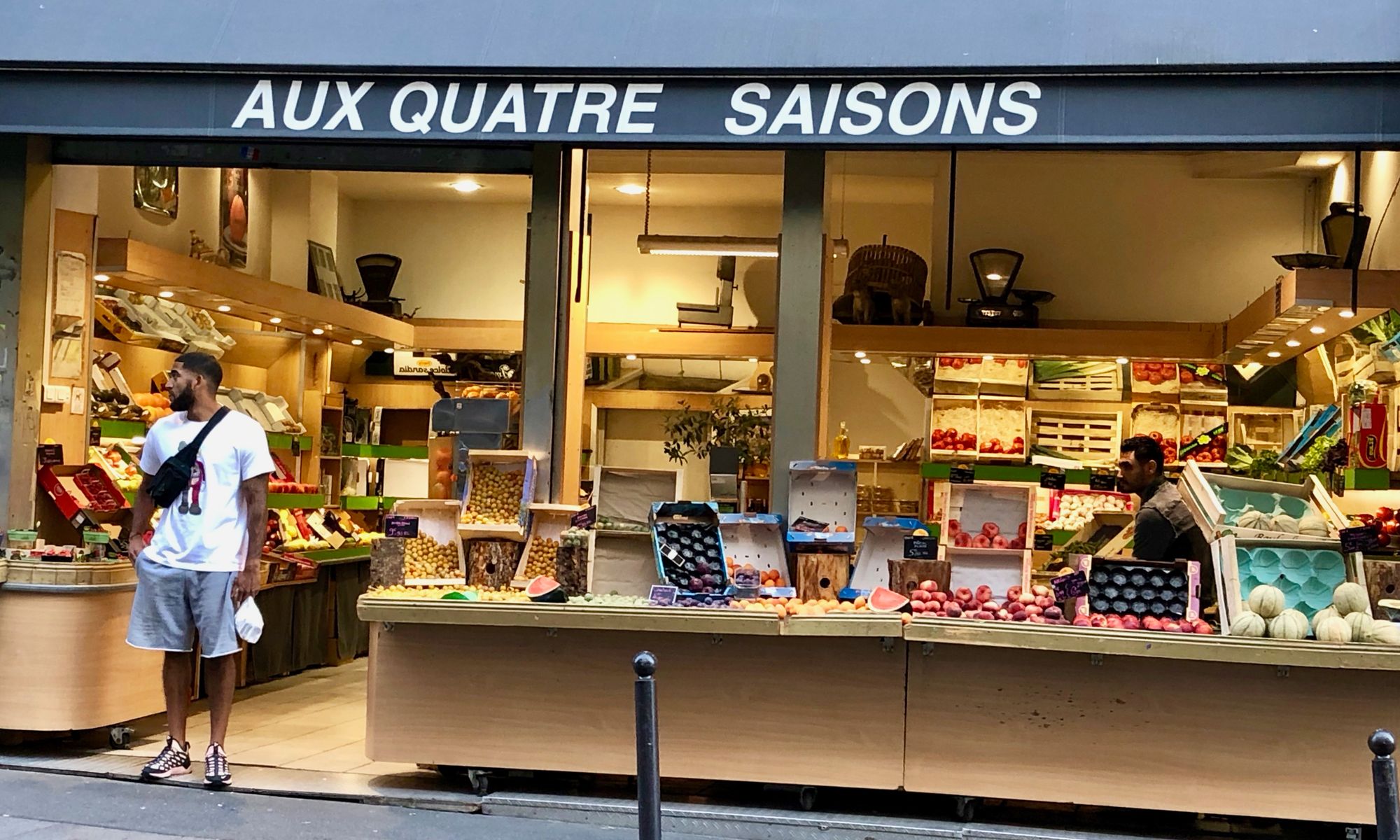
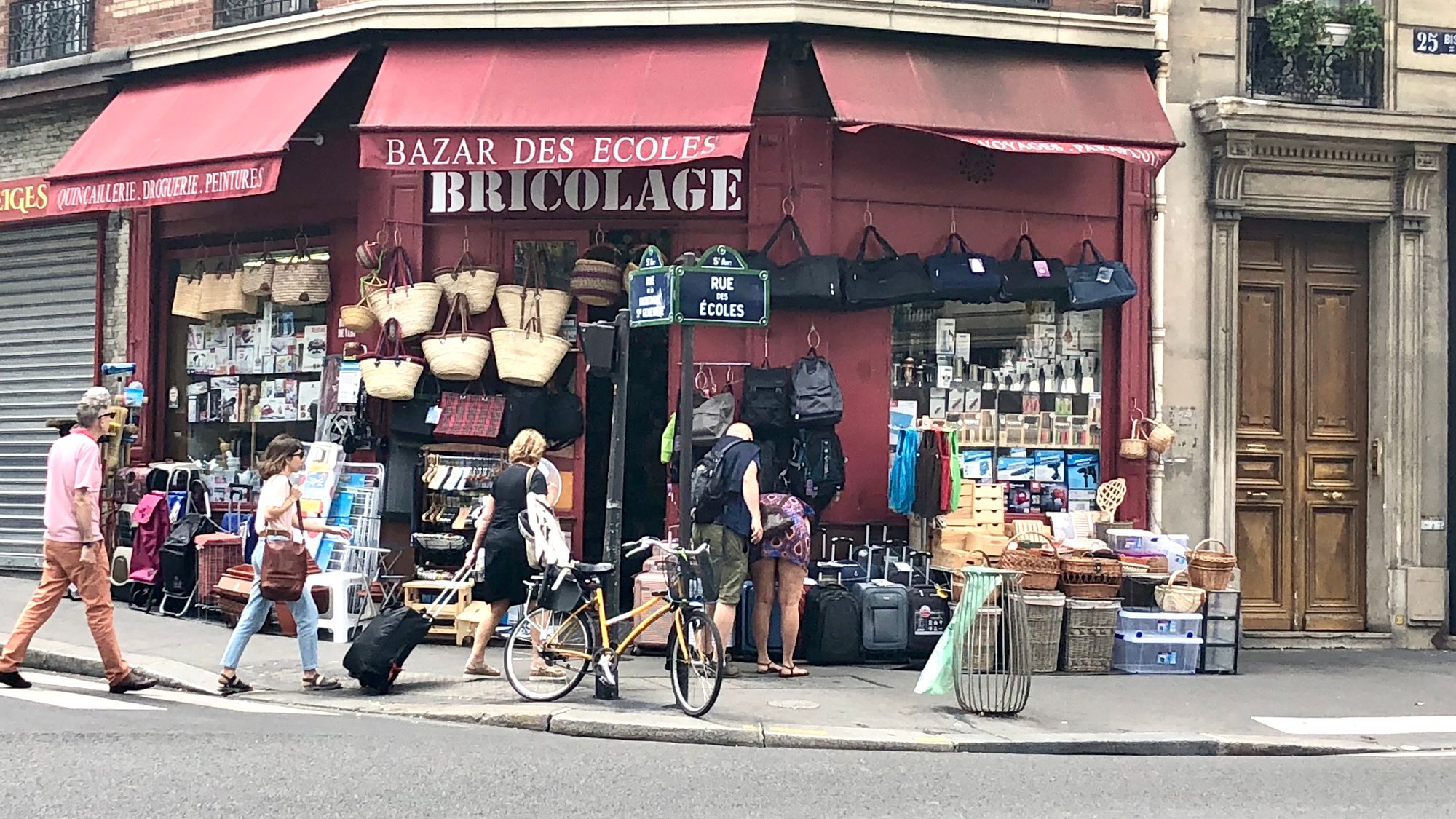
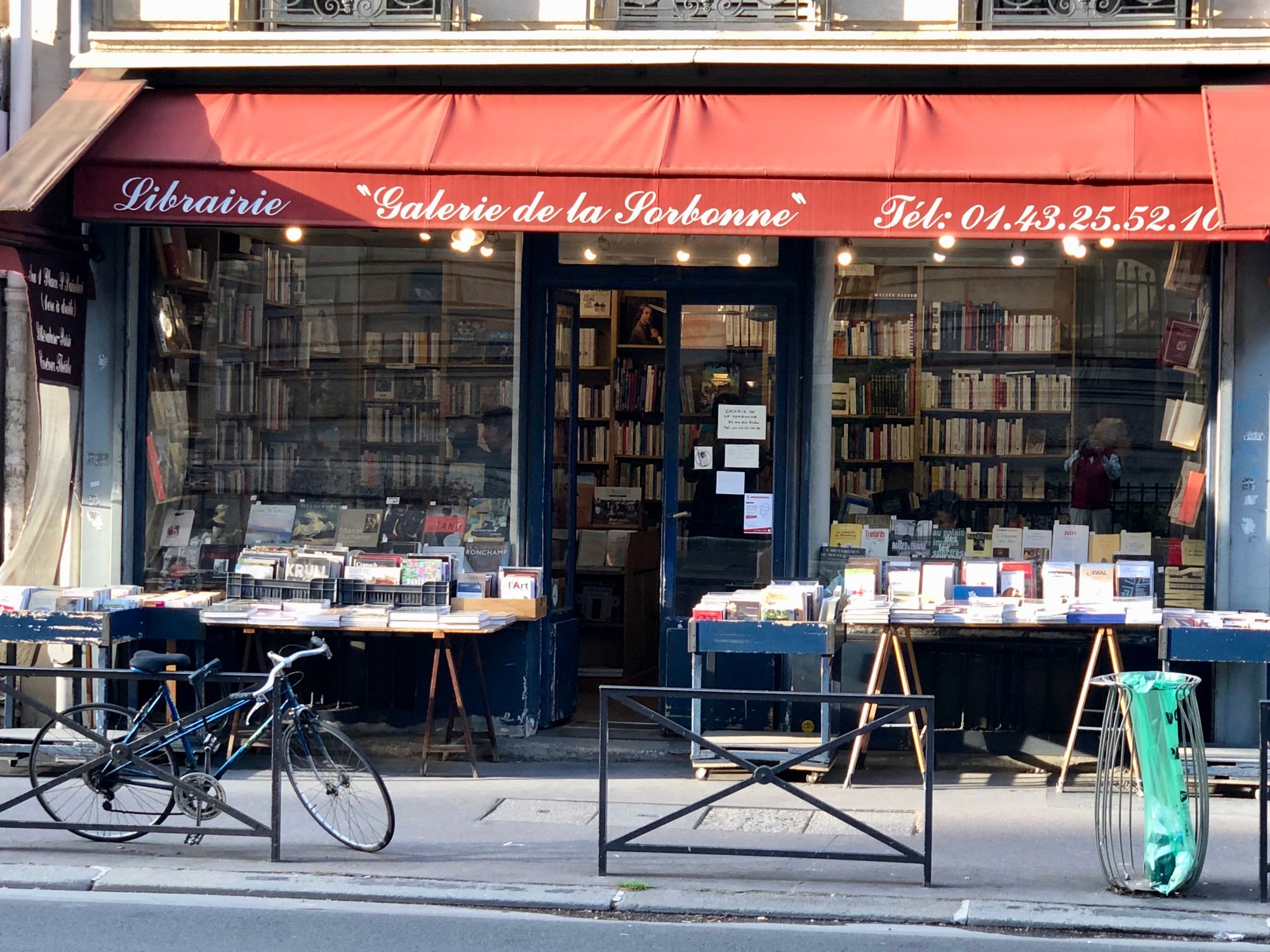
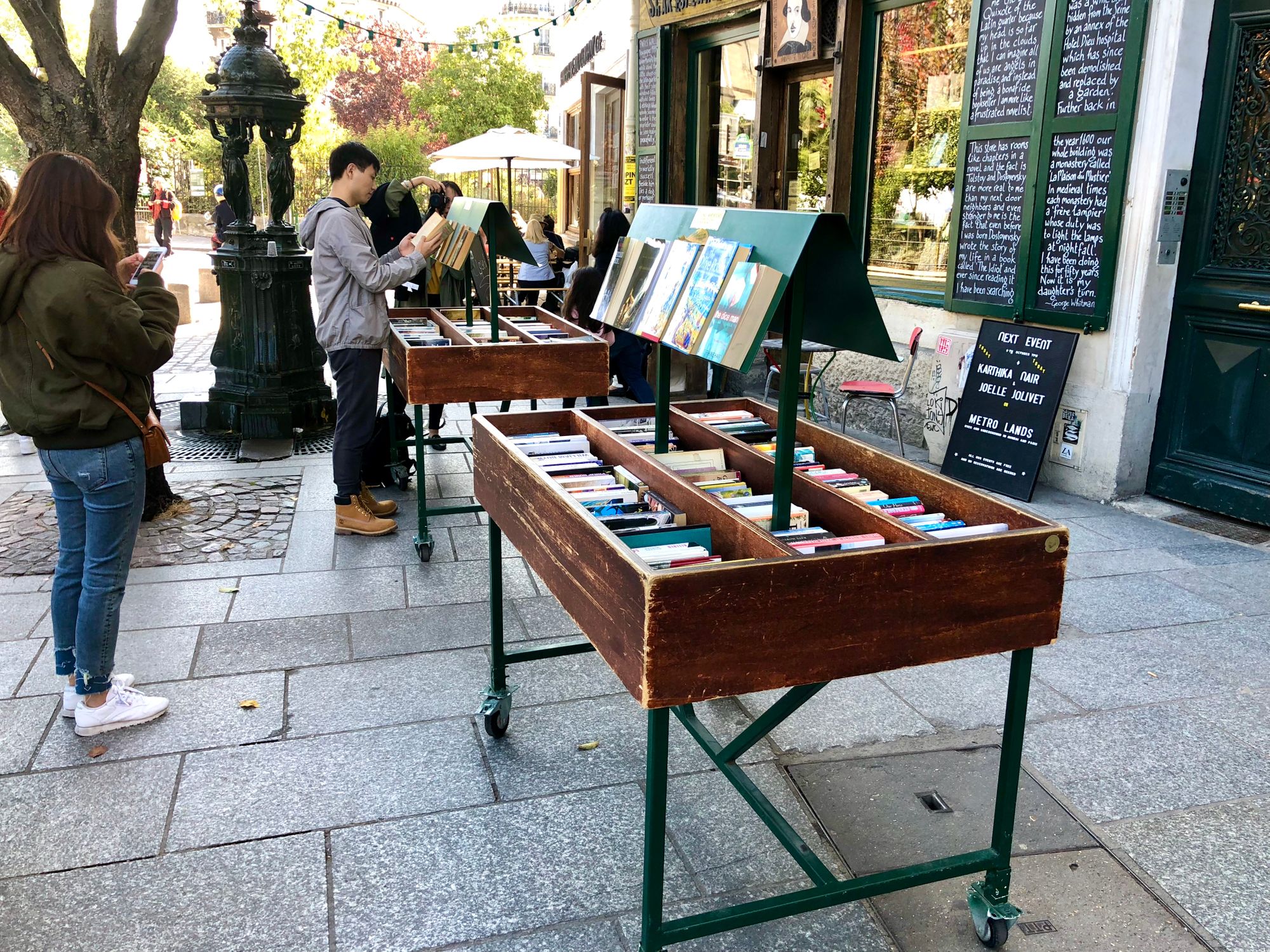
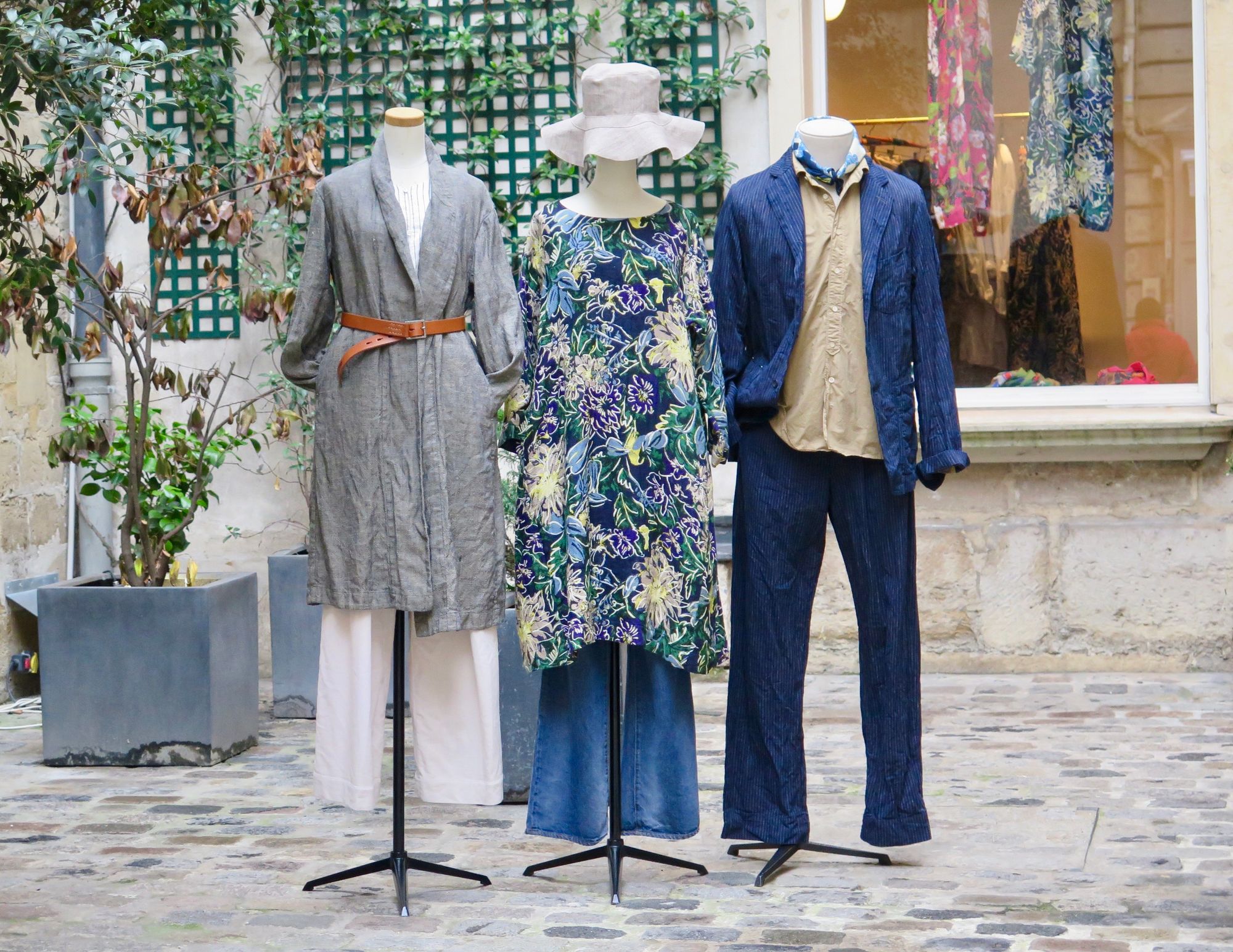
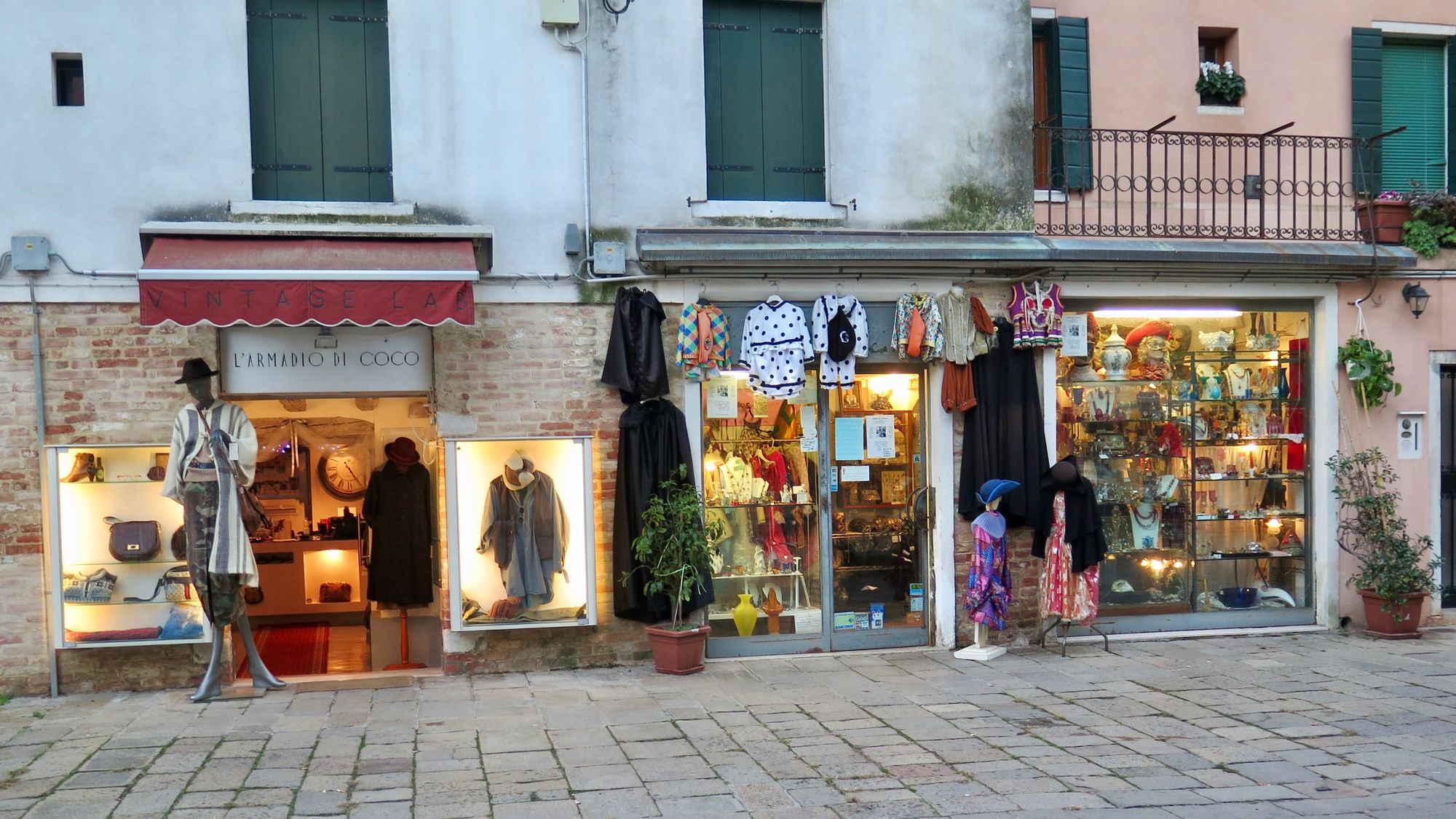
4. Bring the "Inside Out" at Public Buildings
Working in partnership with the broader community, public spaces around government buildings, religious institutions, schools and cultural centers could all be used more constructively. These buildings could become places for small exhibitions (such as students displaying their artwork ), games, classes and gathering spots. For example, since the road was closed along the right bank of the River Seine, a month-long event called the Paris Plage has run during the summer and it has been expanded and improved every year. The event was initiated on the Plaza in front of the City Hall ( Hotel de Ville).
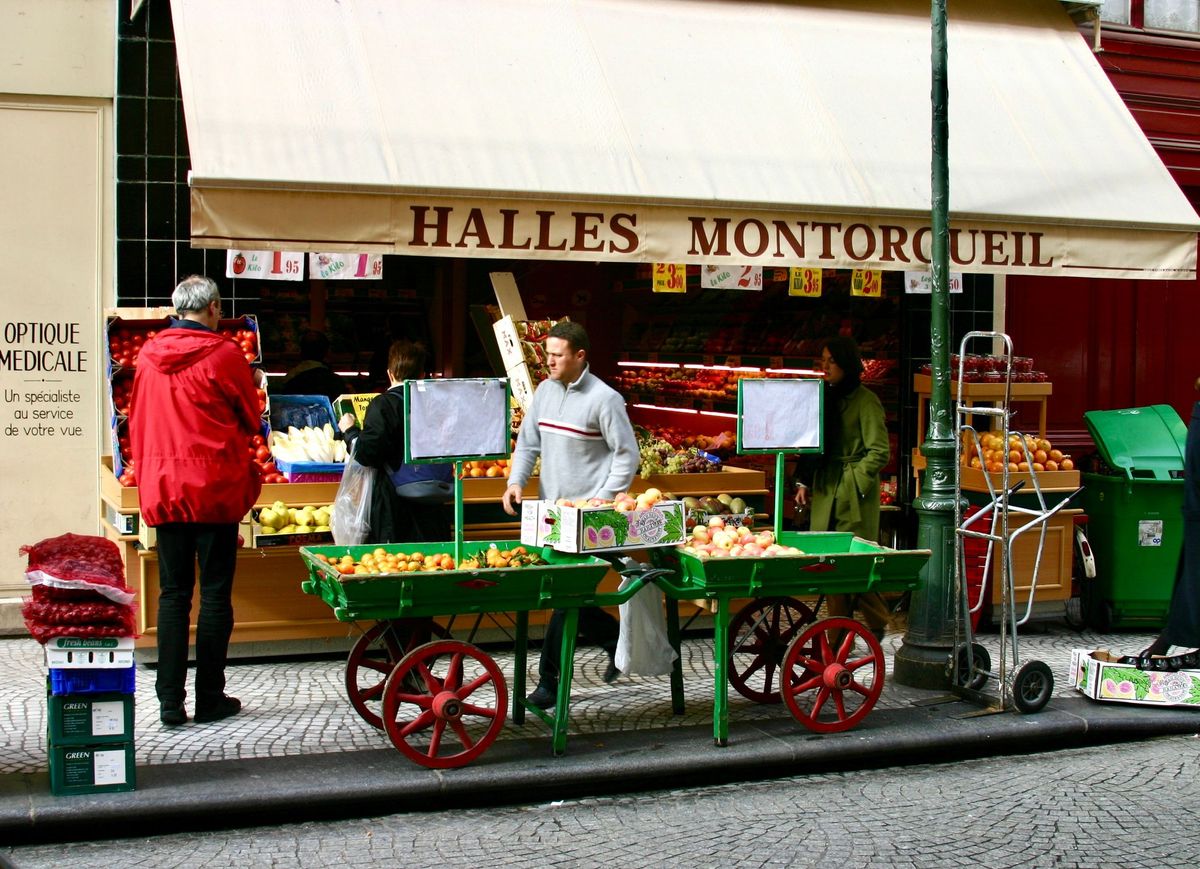
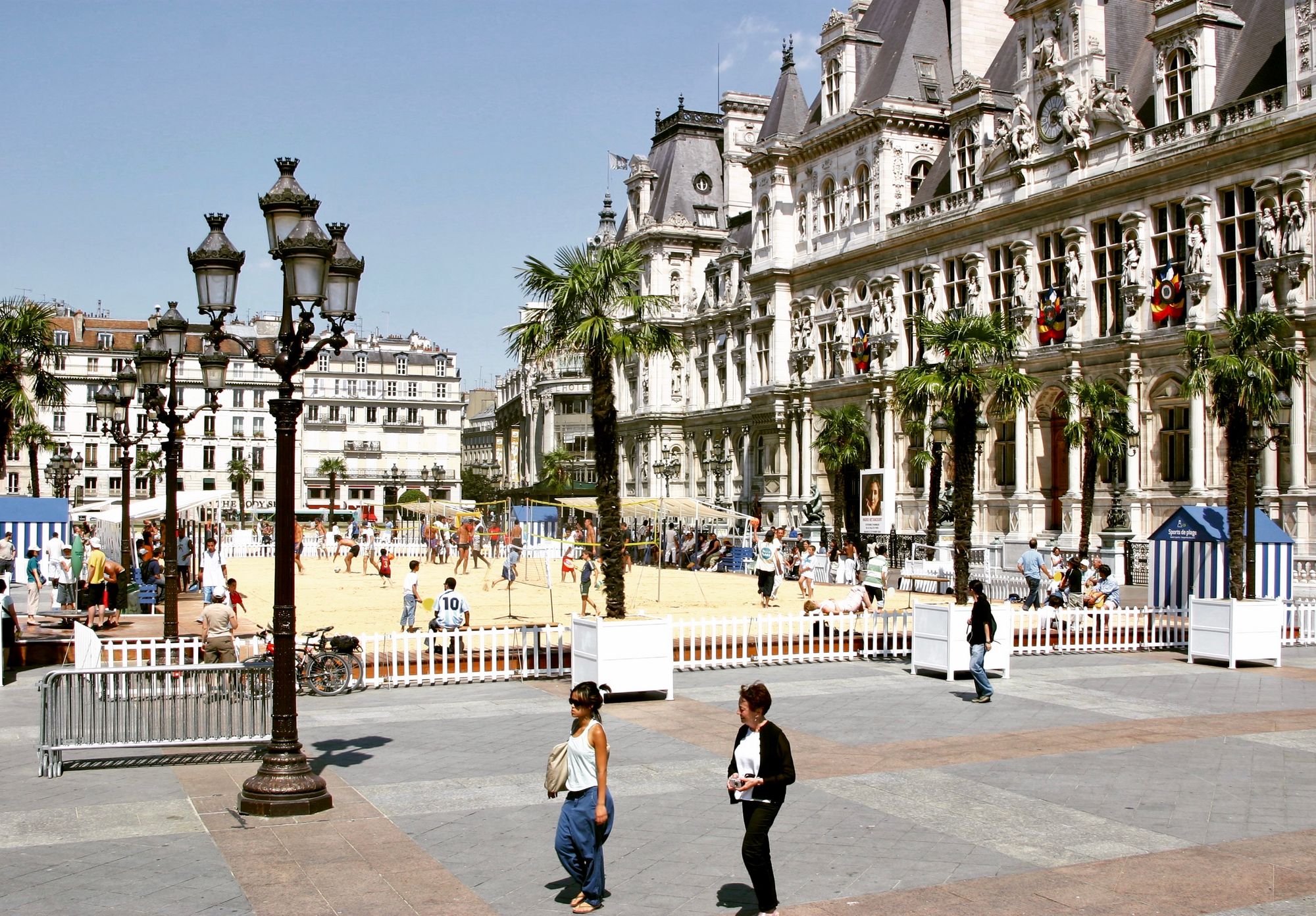
Hotel de Ville, Paris - during an event at the "Paris Plage"
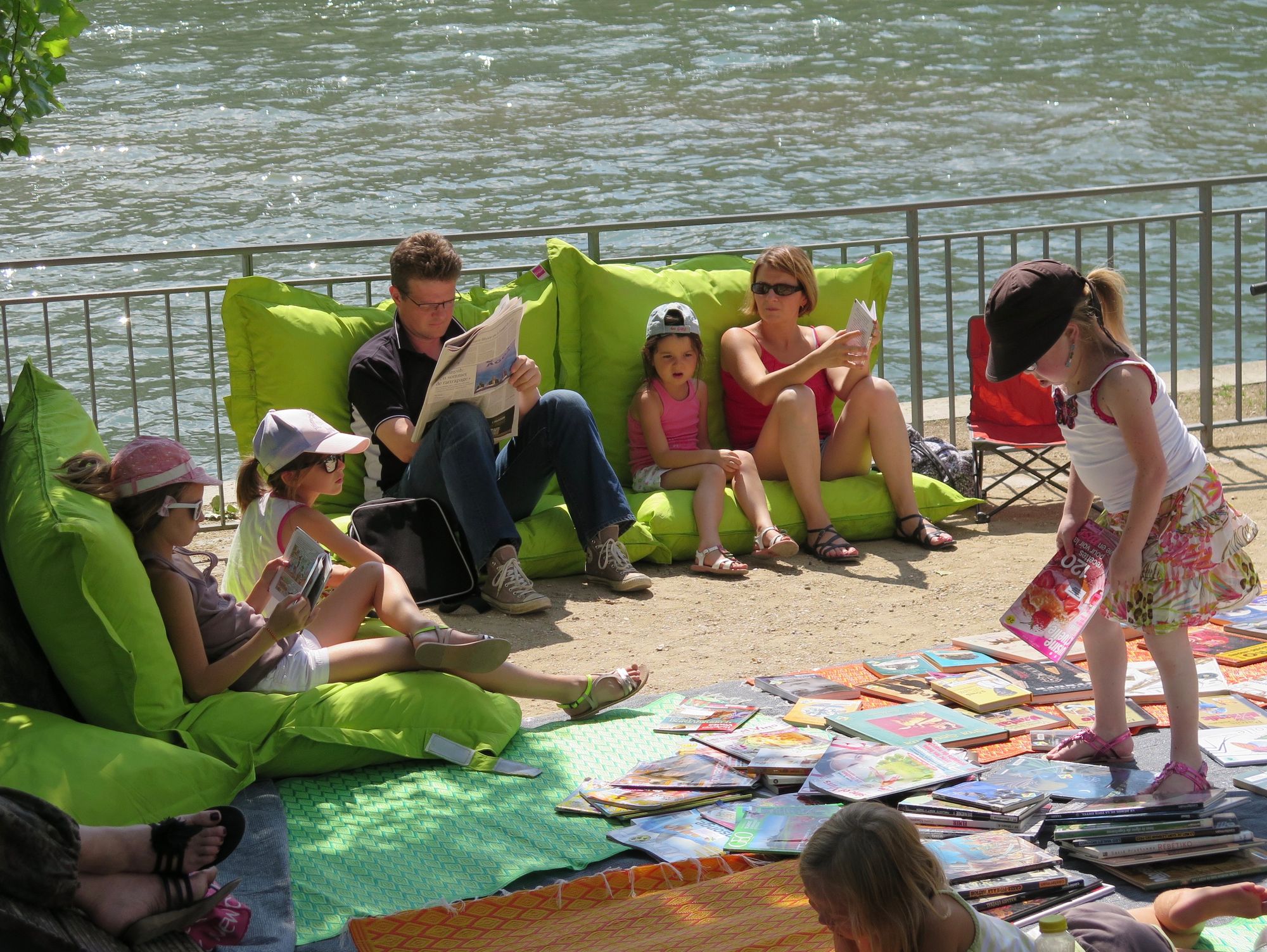
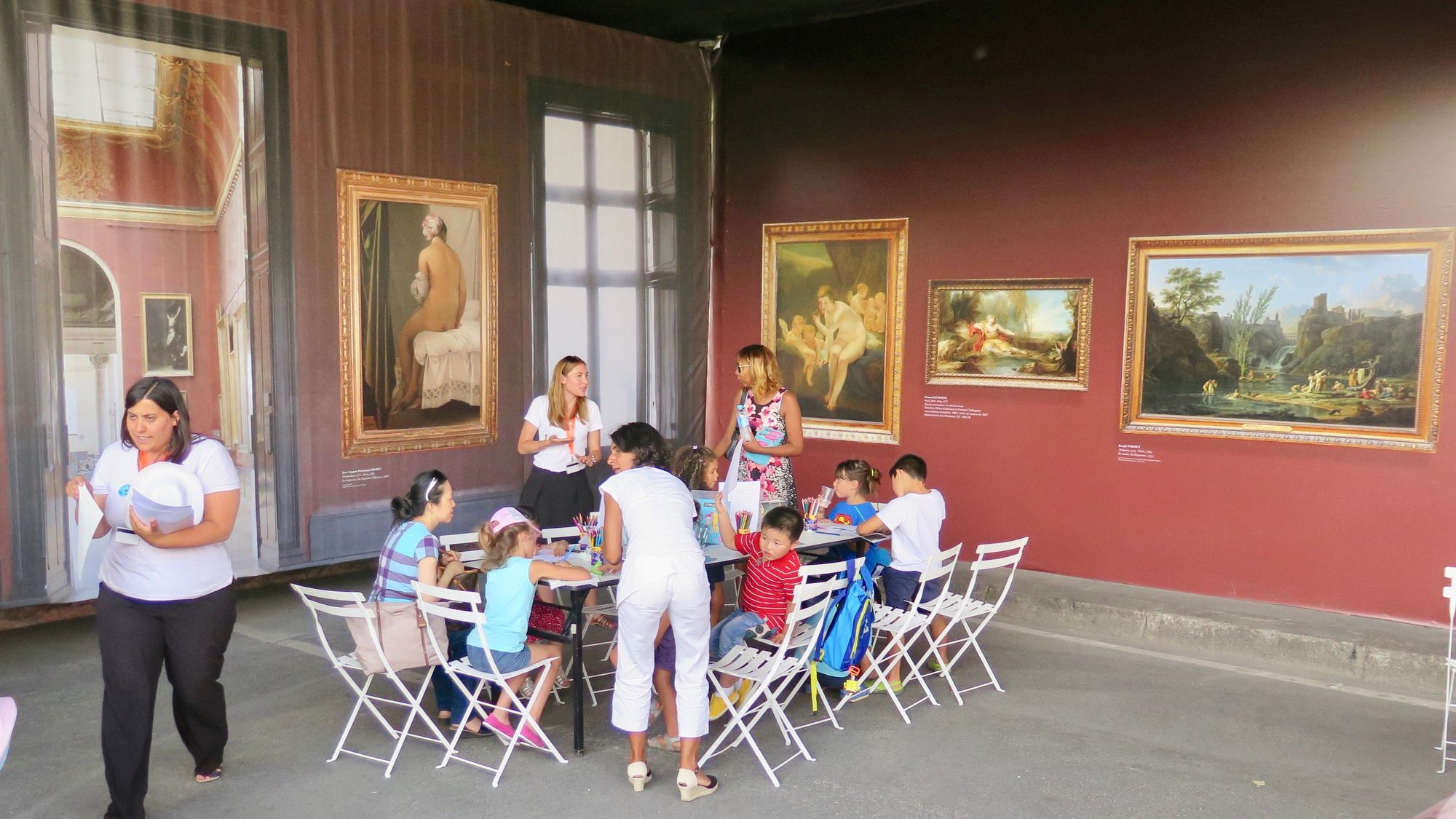
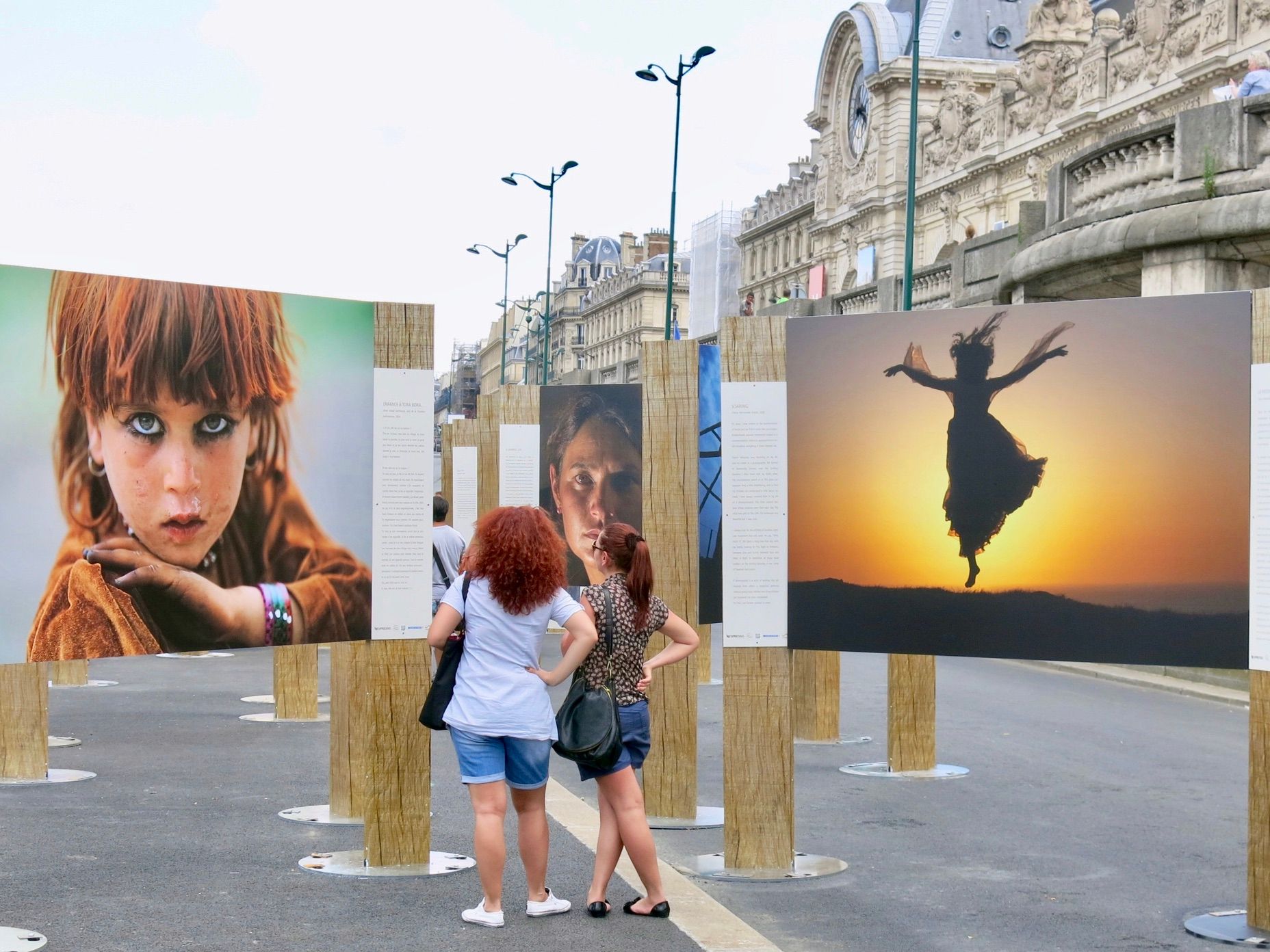
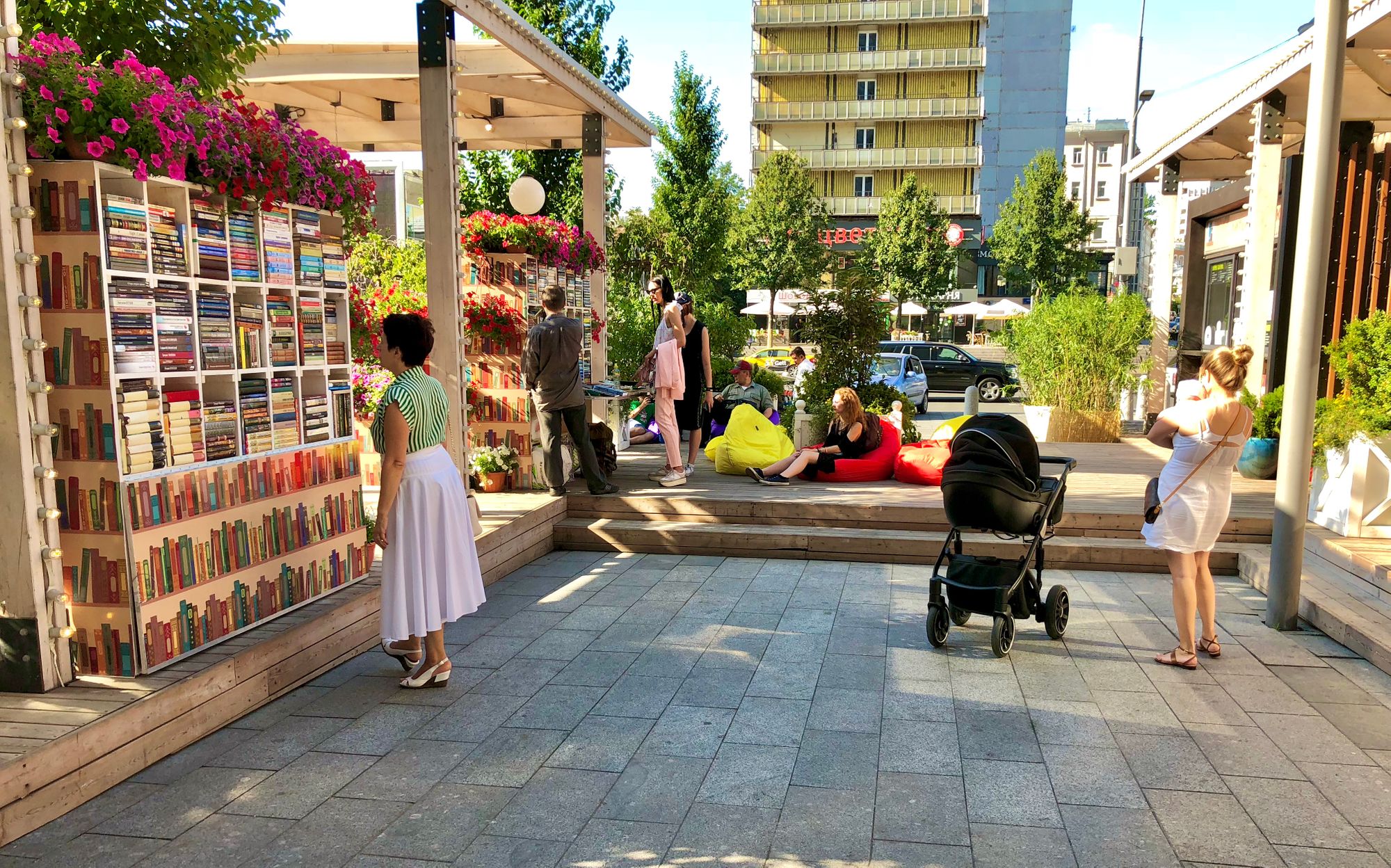
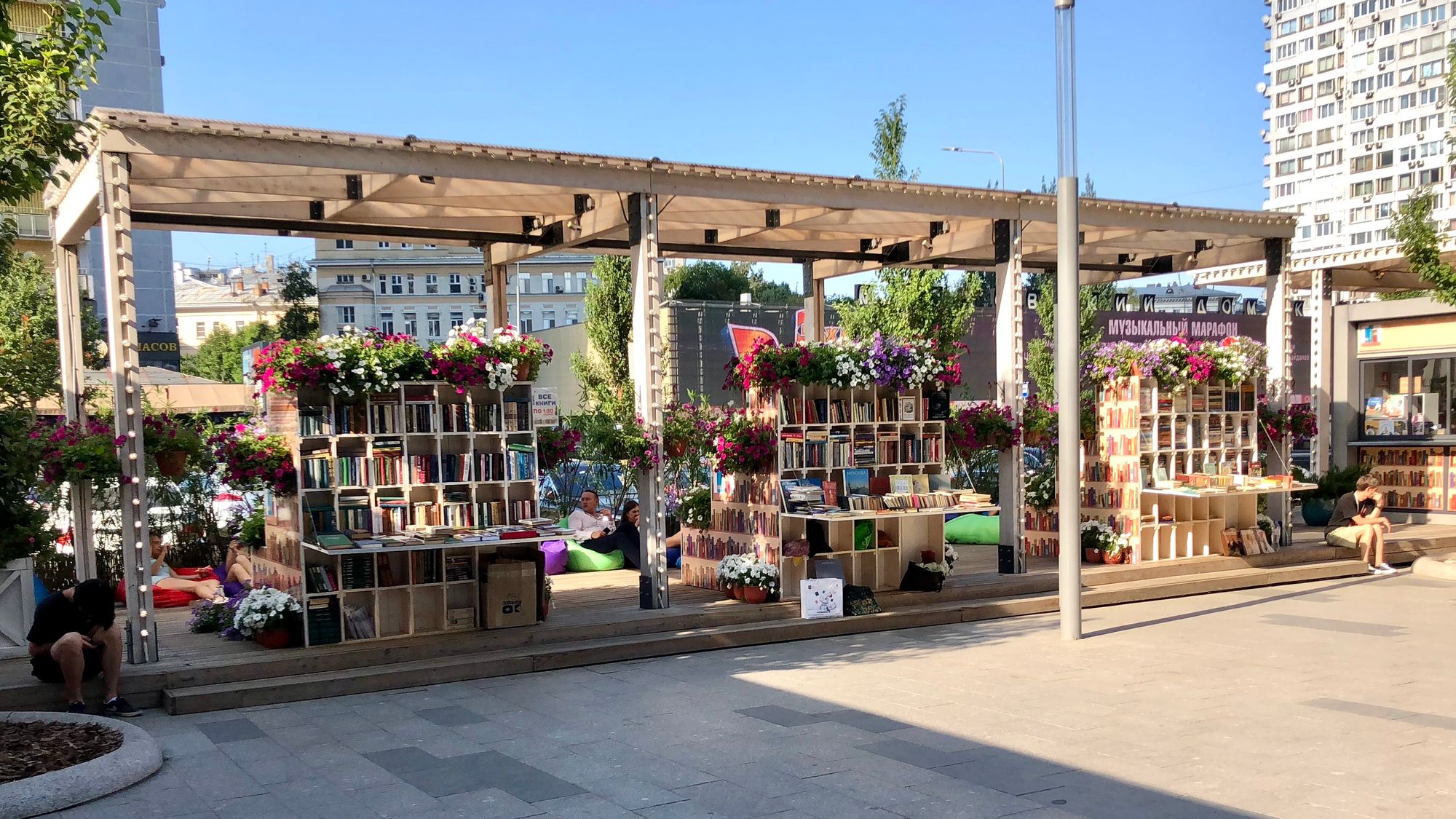
Art classes and exhibits along the Seine in Paris, Book stalls in the street in Moscow
5. Locate Seating, Art and Amenities — Anywhere and Everywhere
By building on the unique assets that exist in every city in the world, there are huge opportunities to make small changes in how people use their neighborhoods, streets, and business districts. Entire sections of streets and street corners can become new safe spots for socializing, providing good places to sit is one of the most important. However, in walking on many streets, especially shopping streets, there are very few places to sit!
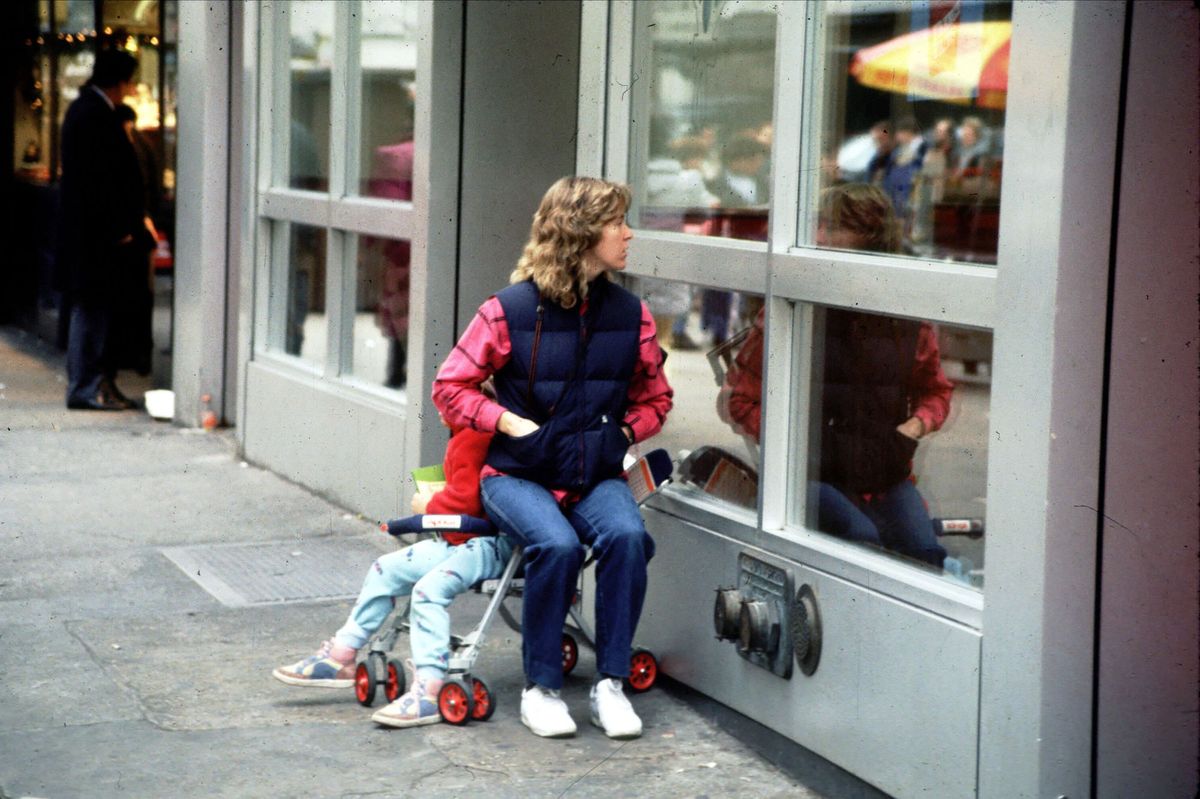

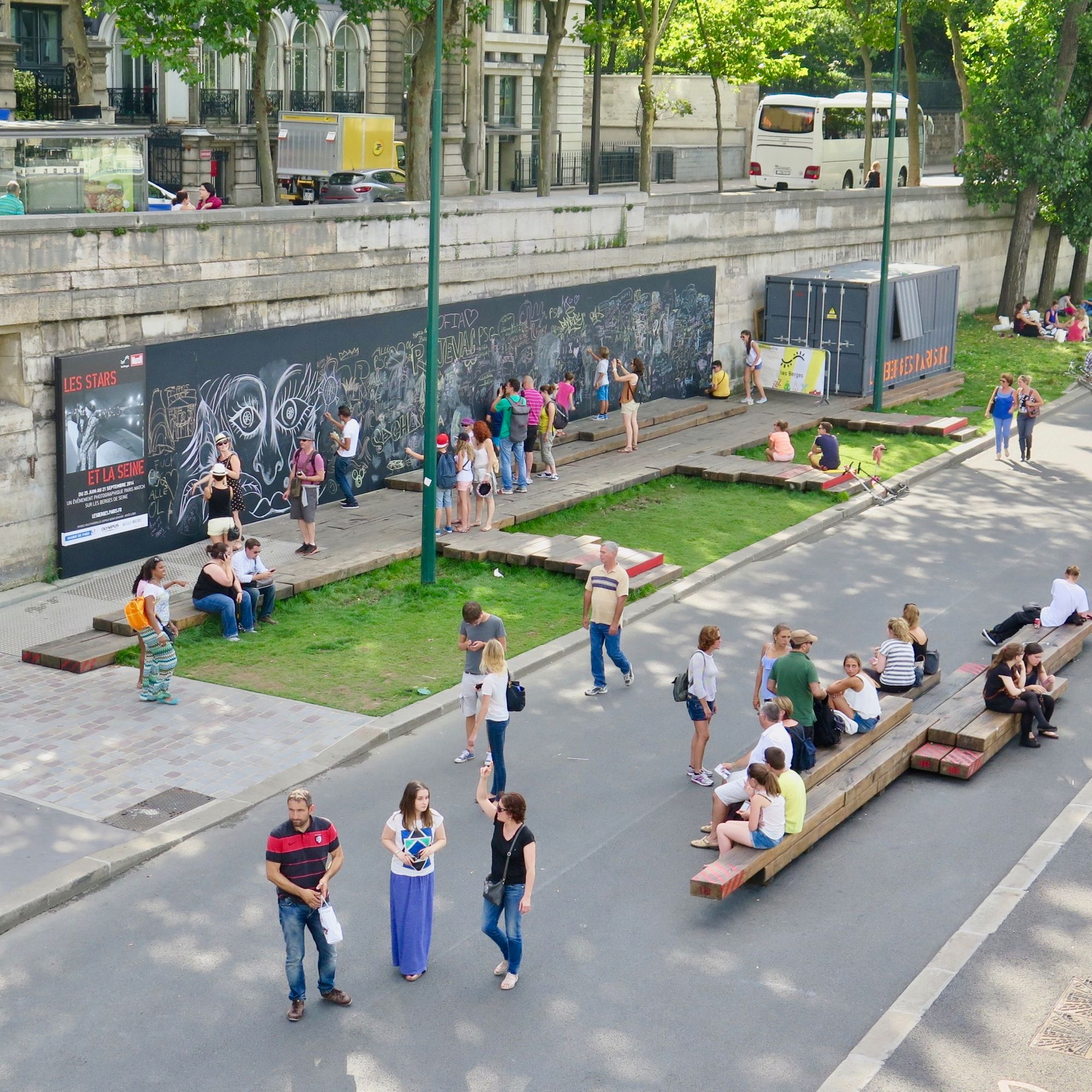
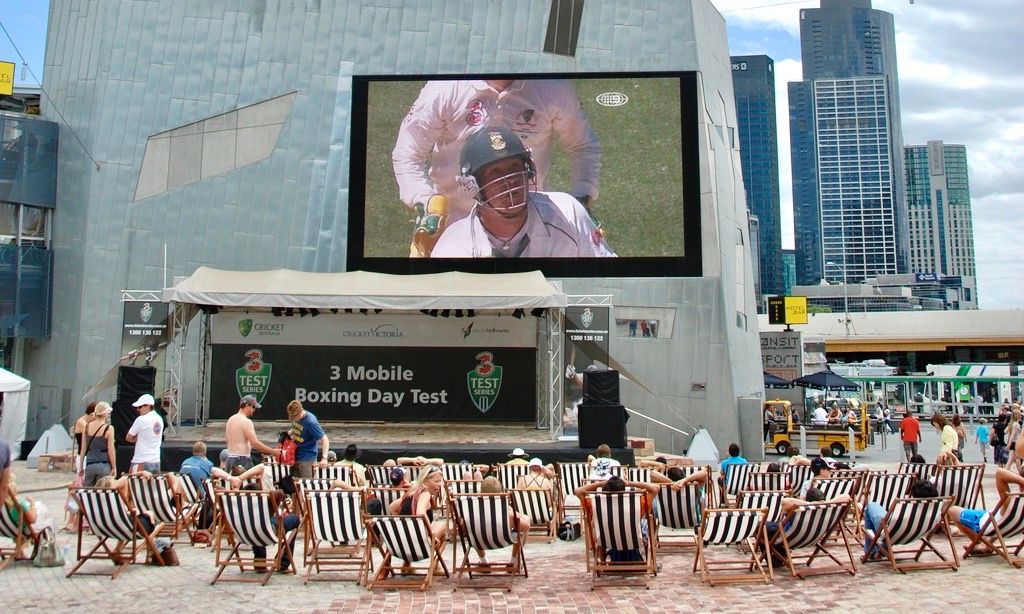
Activities along the Seine.
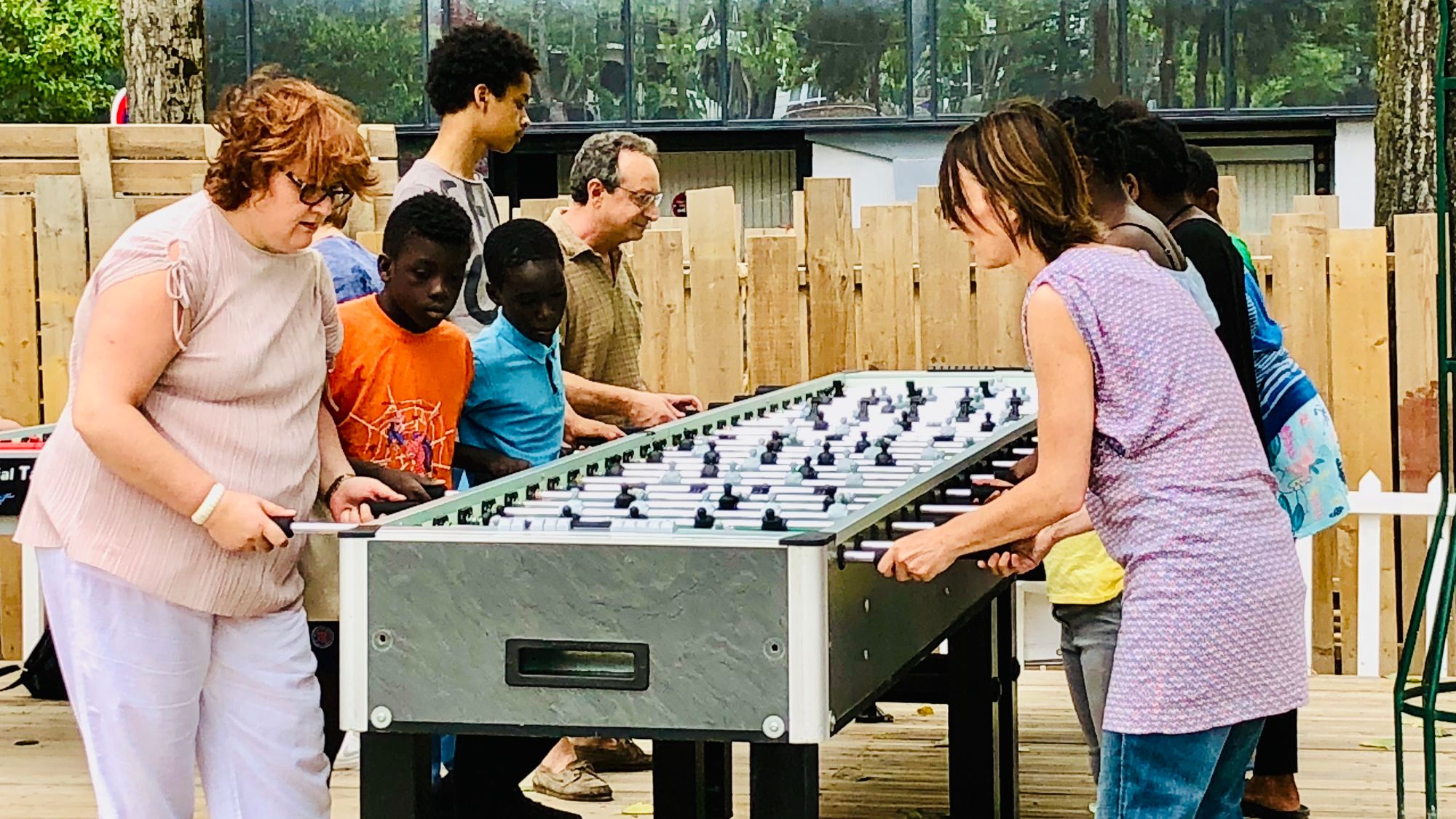
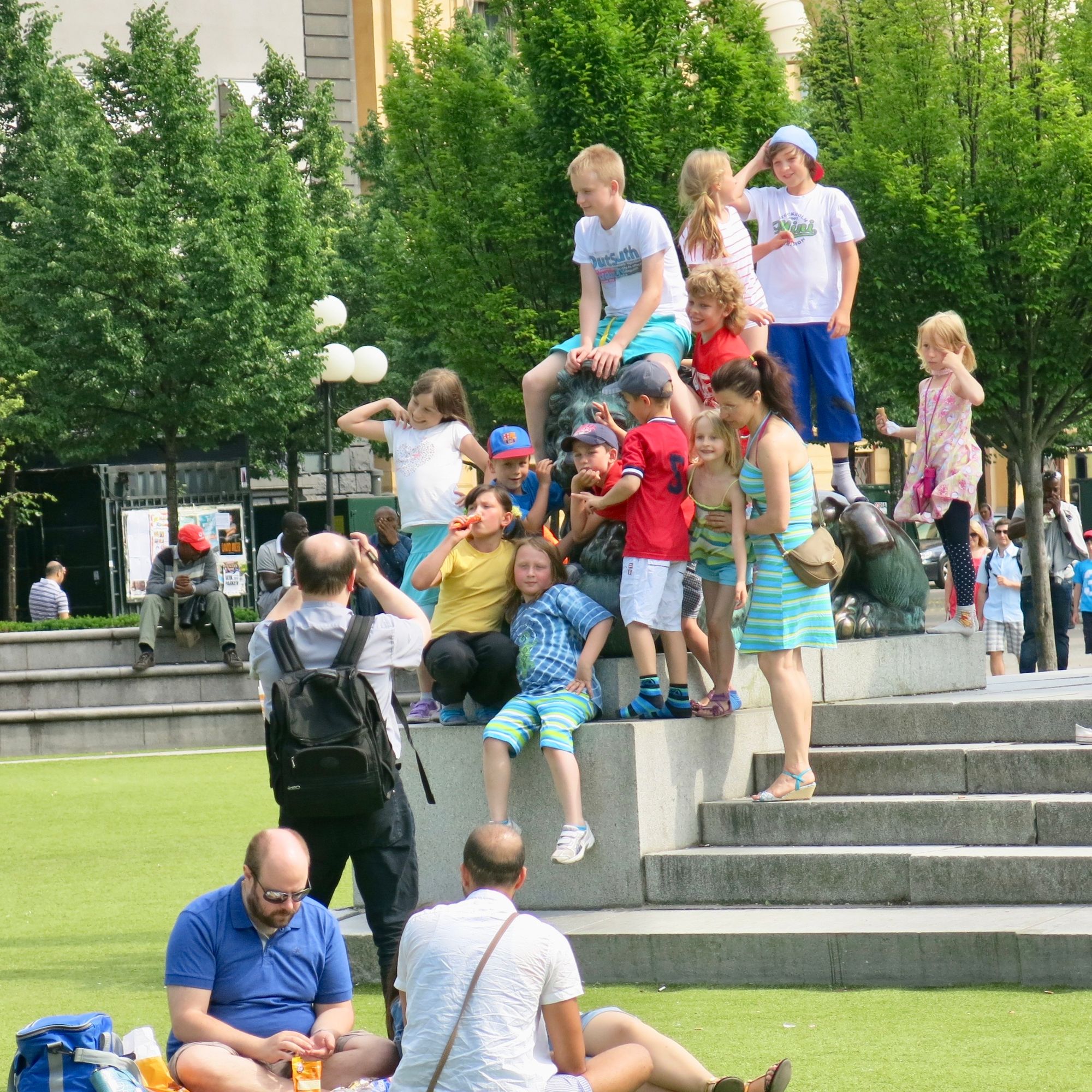
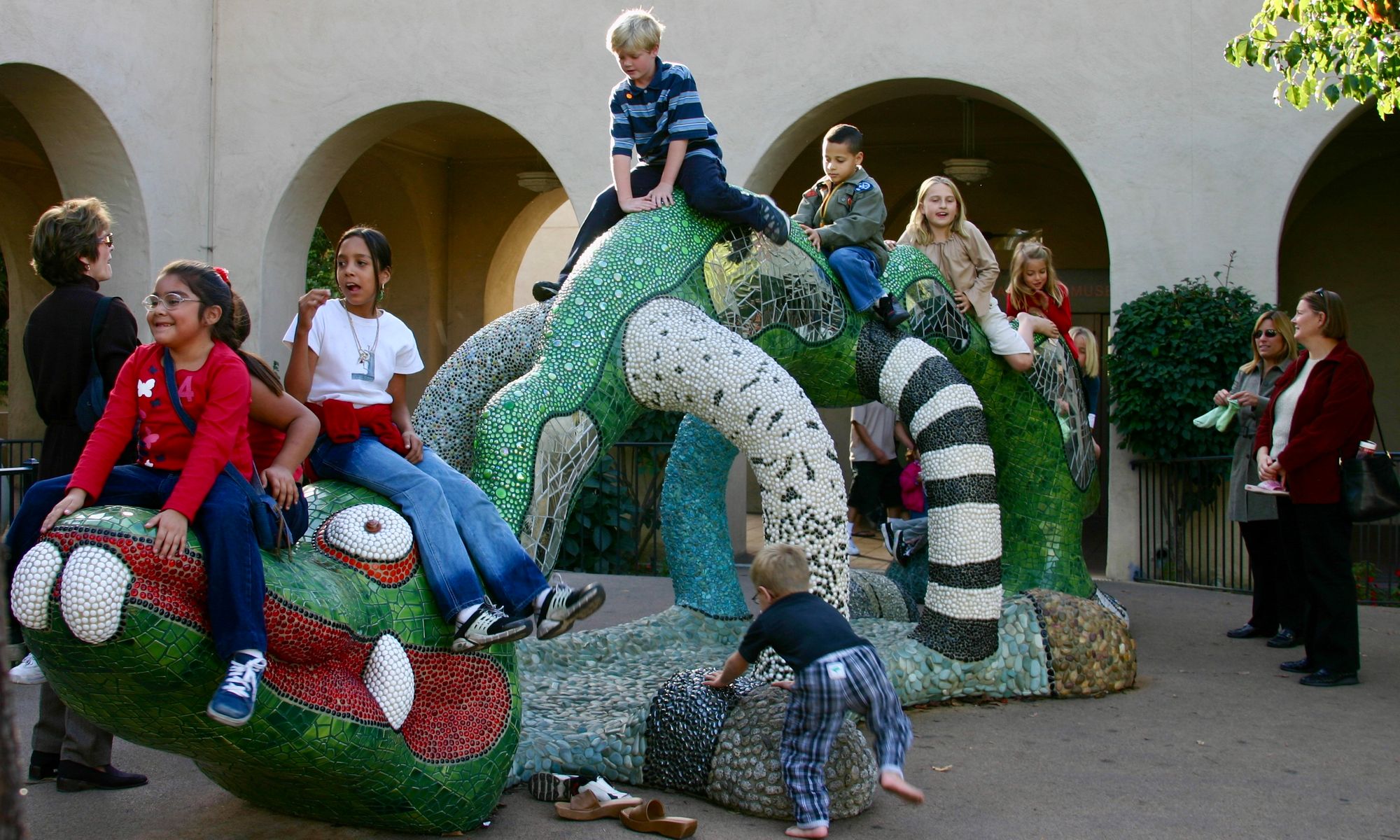
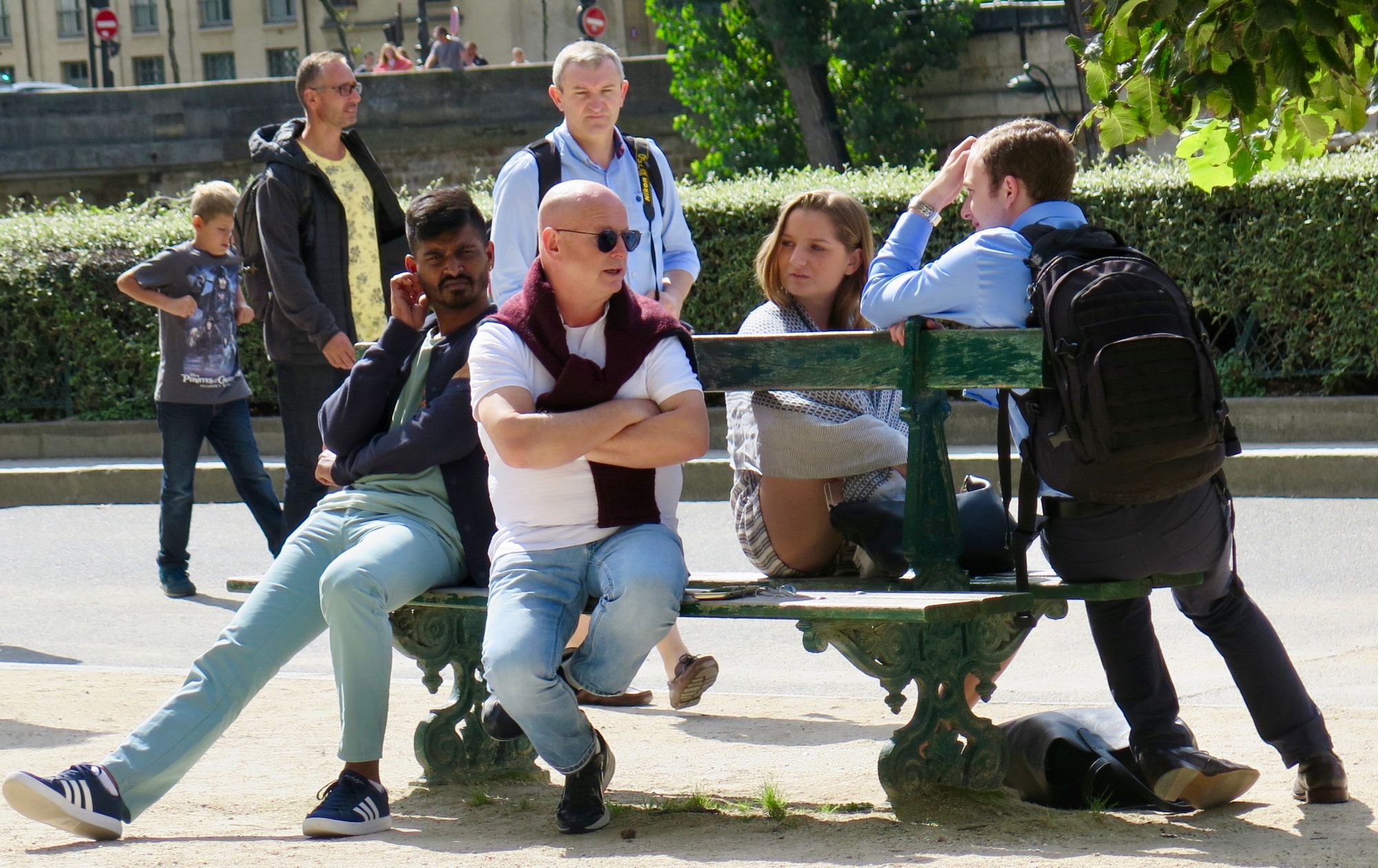
6. Encourage "Promenading" on City Streets
Bring back the promenade experience—a stroll along a familiar route to see friends and neighbors, like the famous "passeggiata" in Italian towns. Promenading, also called a "constitutional" in some communities, is a walk before or after dinner both for health and to meet and see people.
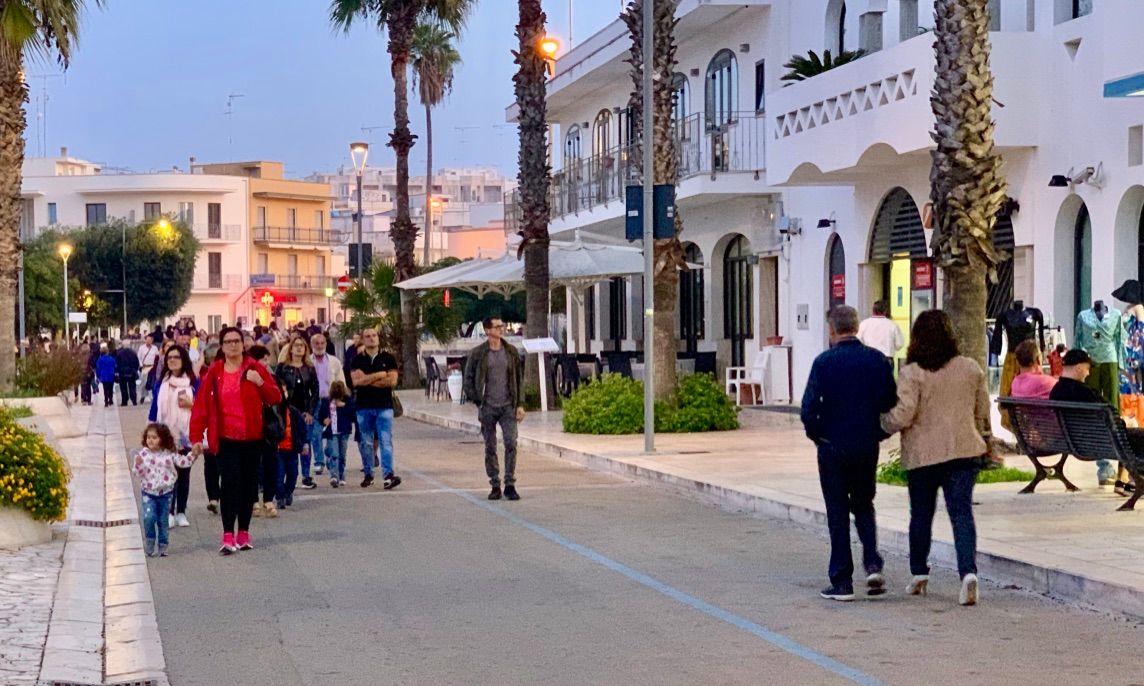
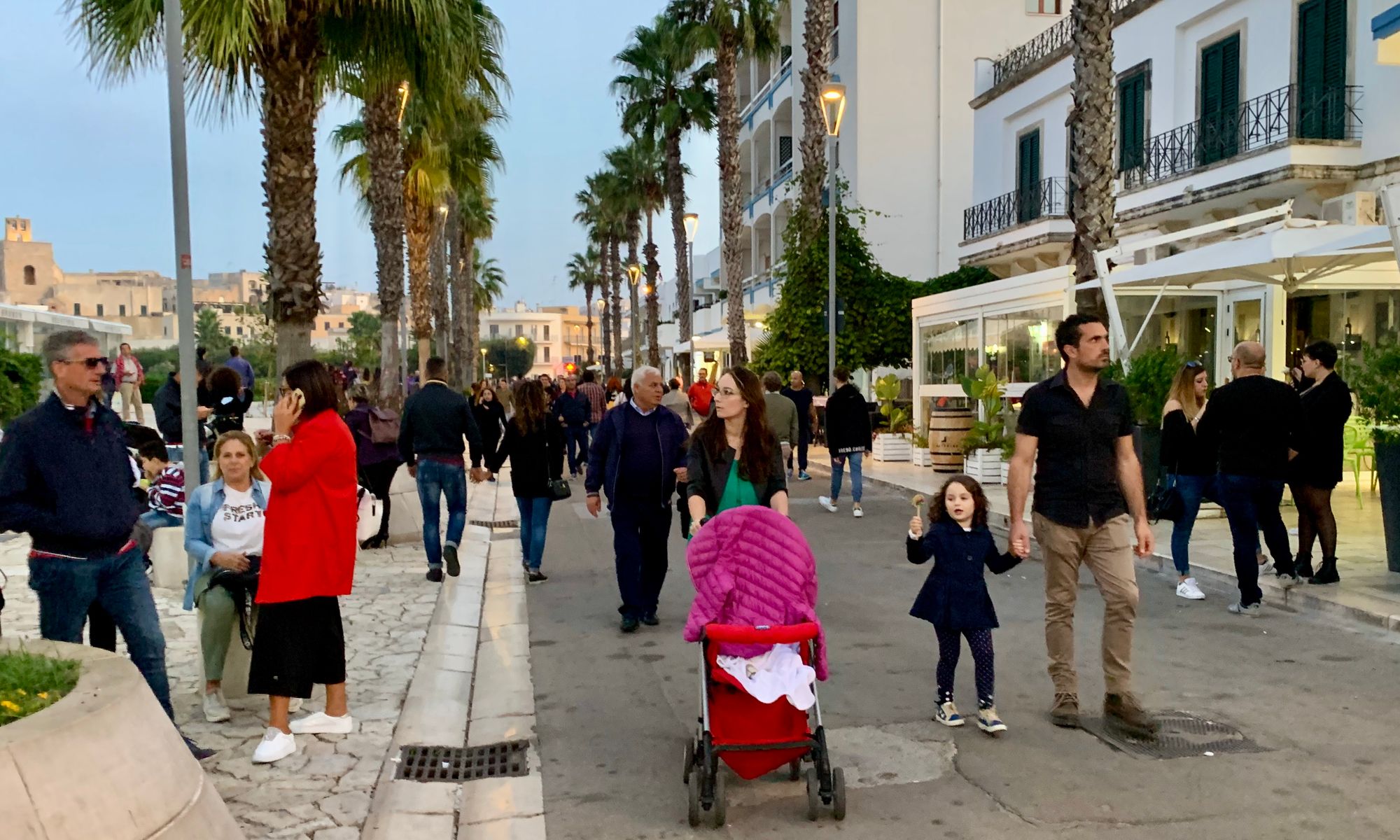
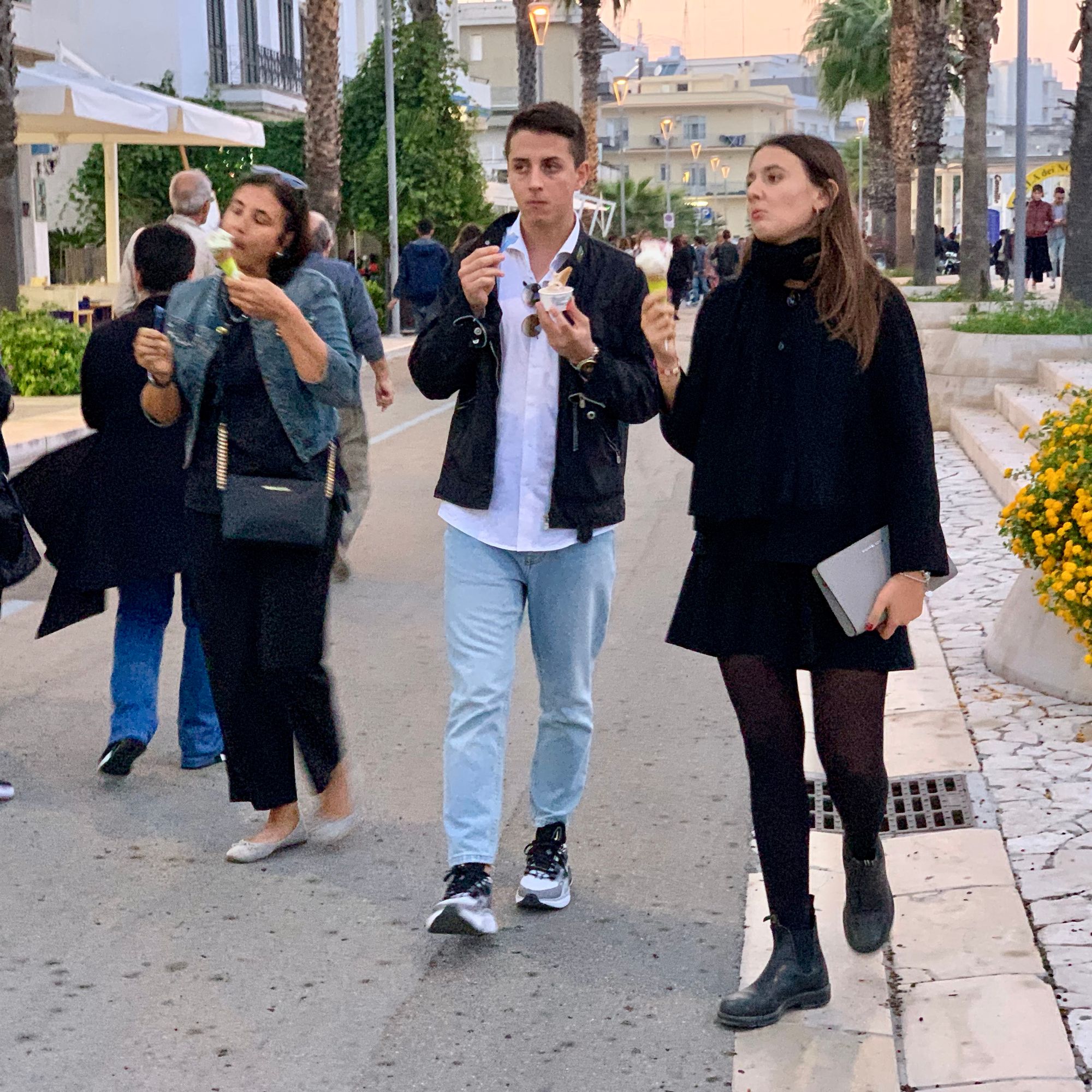
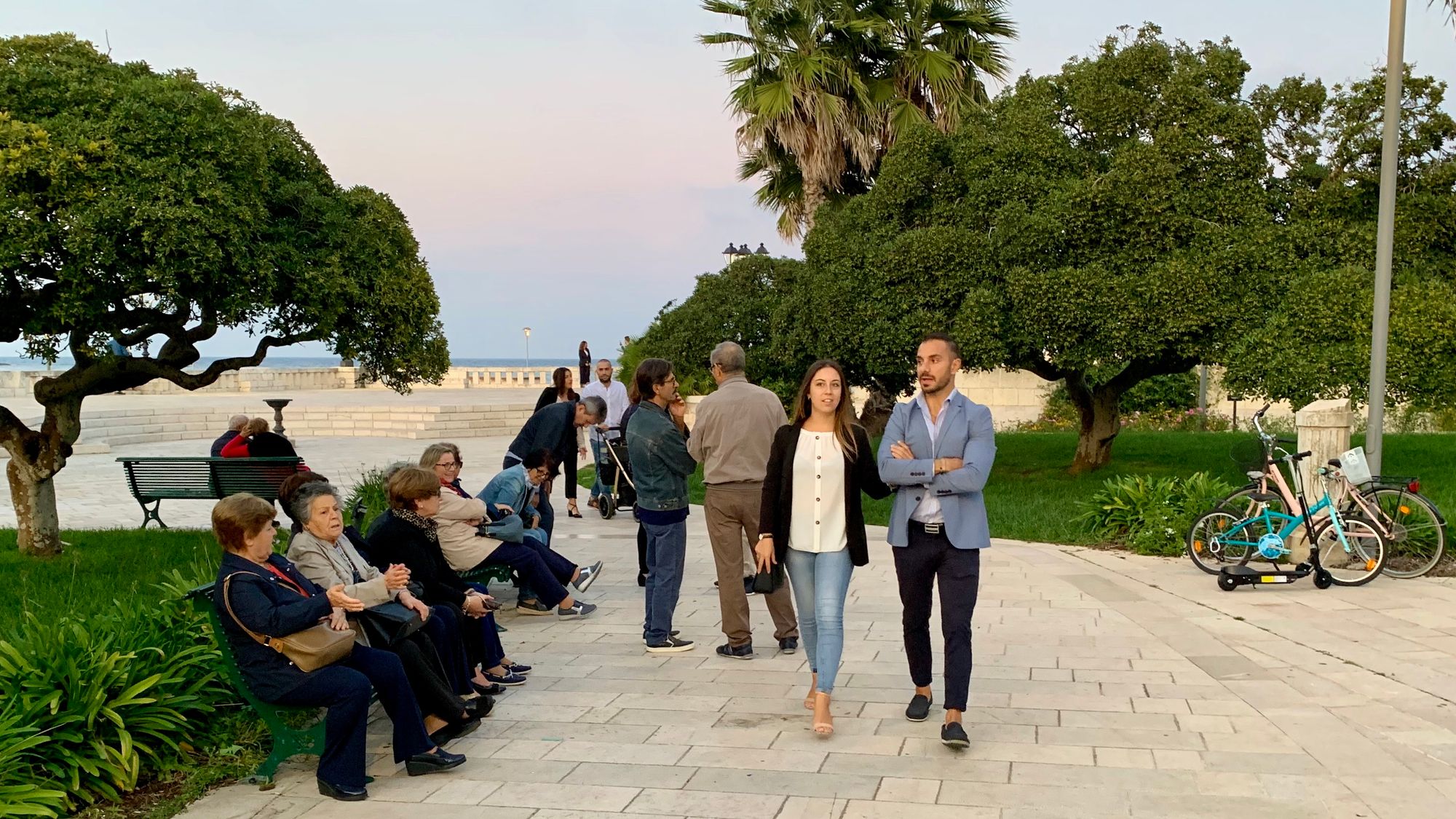
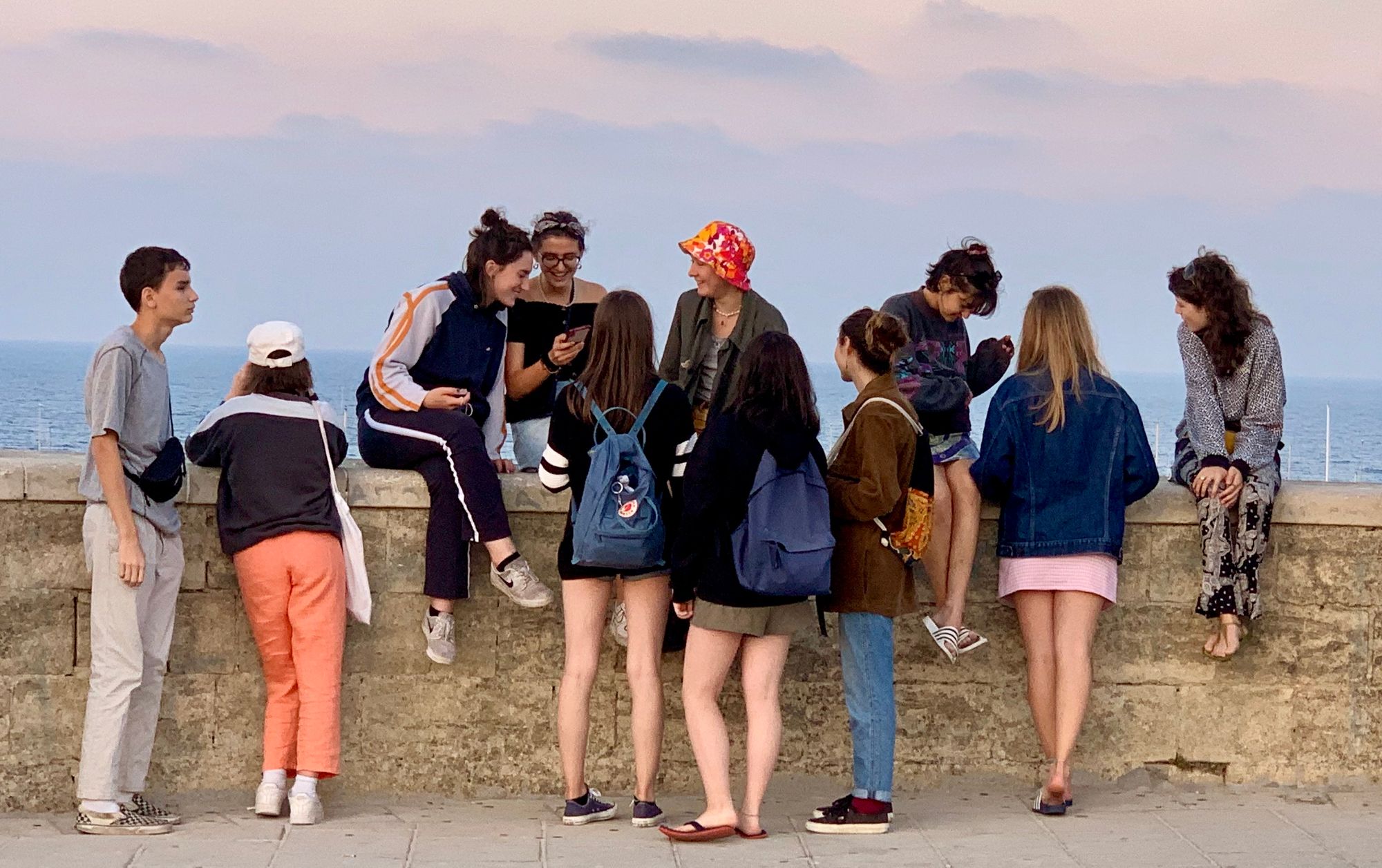
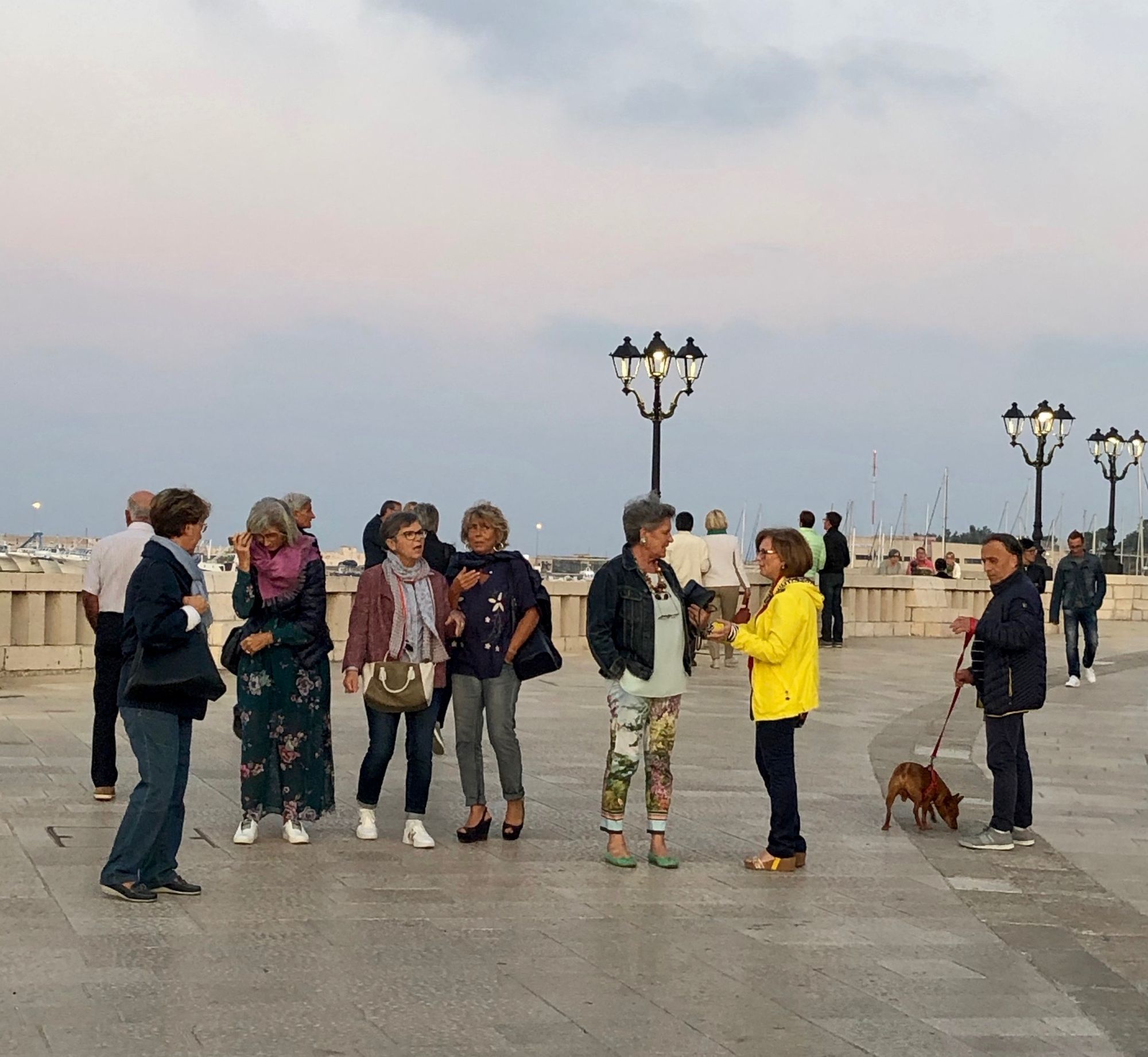
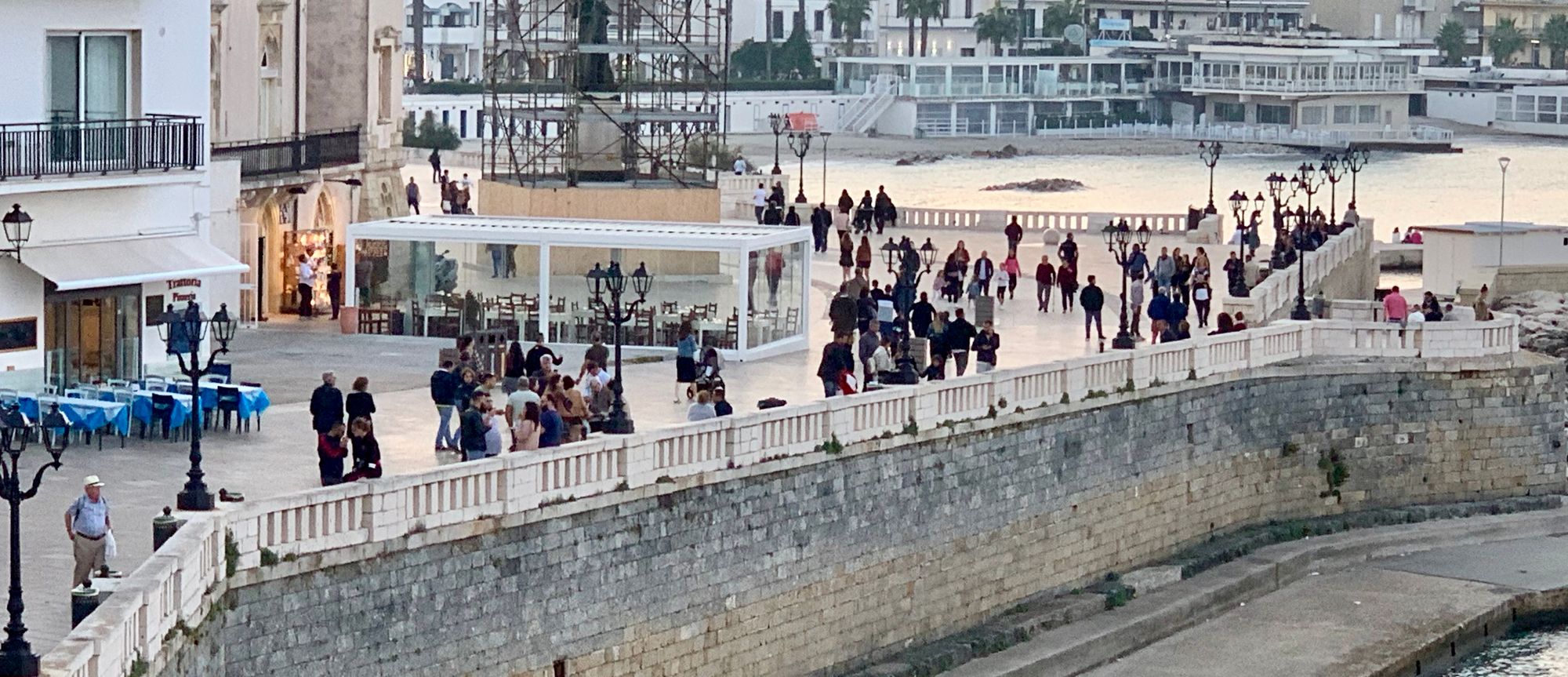
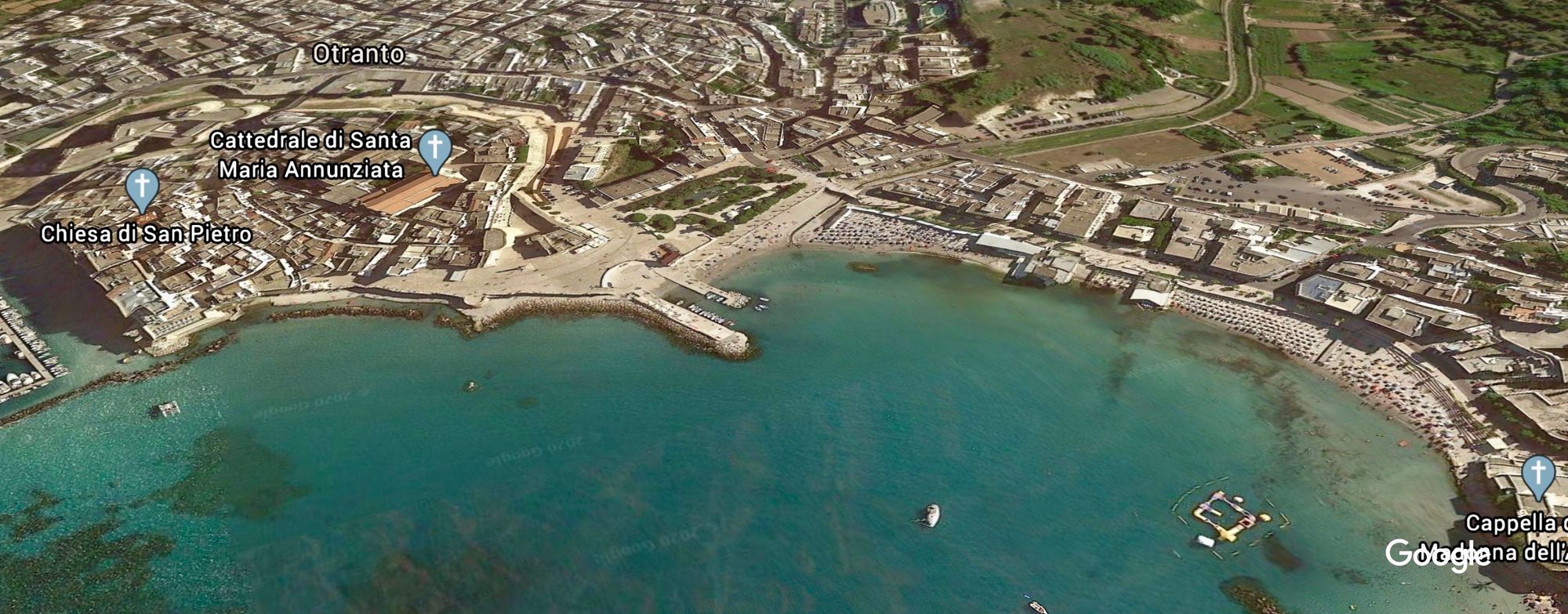
7. Hang-out
Lowly, unpurposeful and random as they may appear, sidewalk contacts are the small change from which a cities' wealth of public life may grow—Jane Jacobs
In terms of providing better street life in cities and neighborhoods, we should be creating better places for waiting, socializing, shopping, walking, biking, transit, cars—in that order.
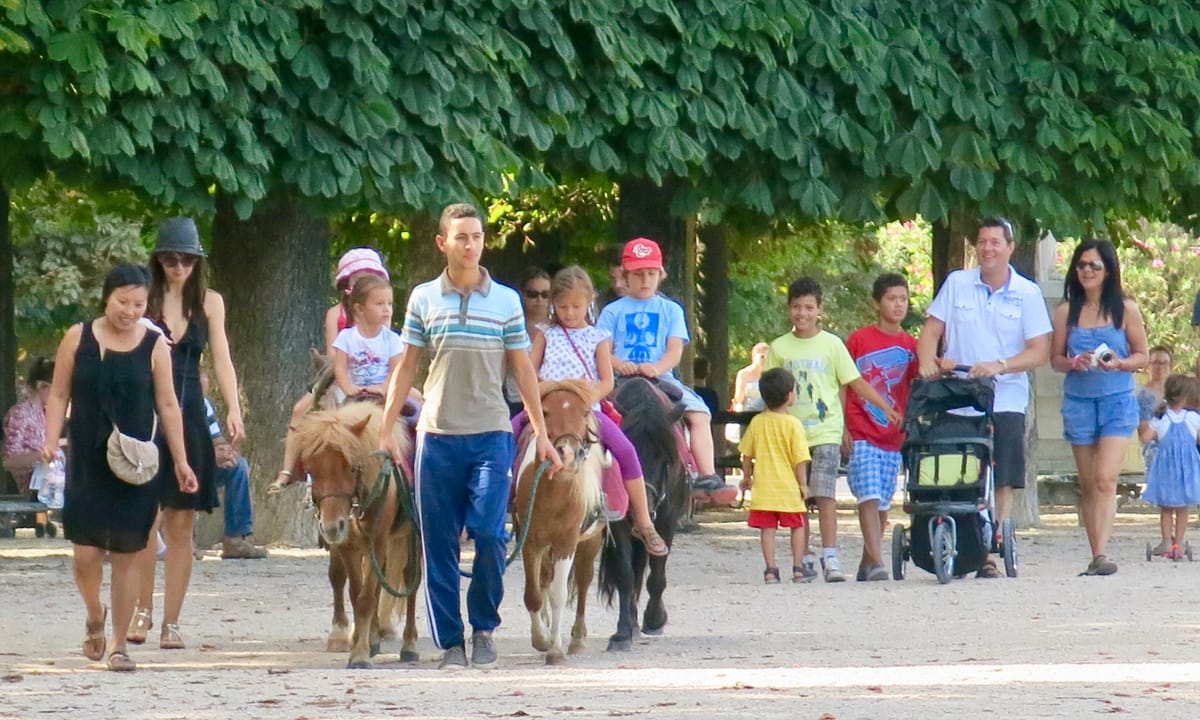
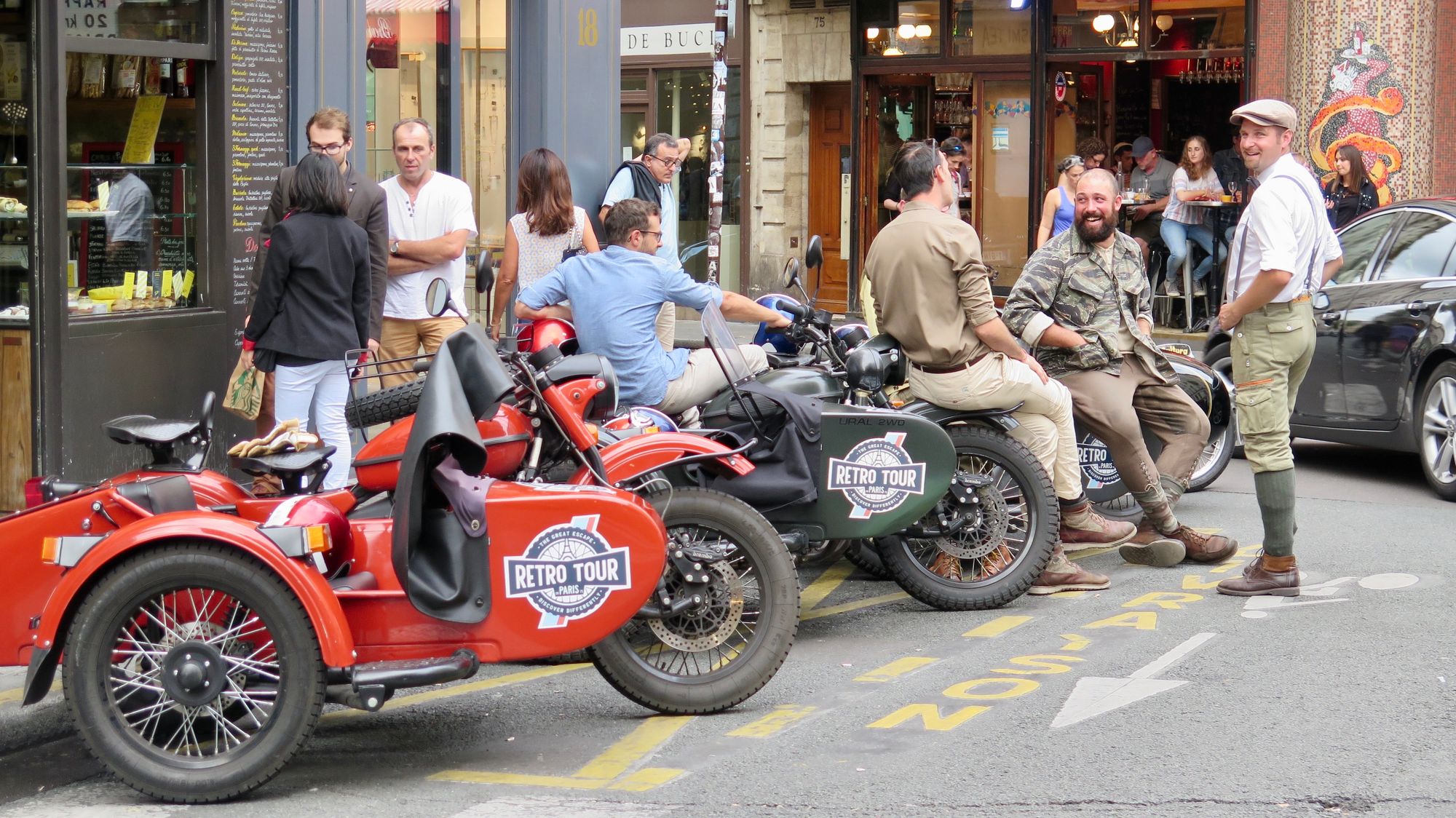
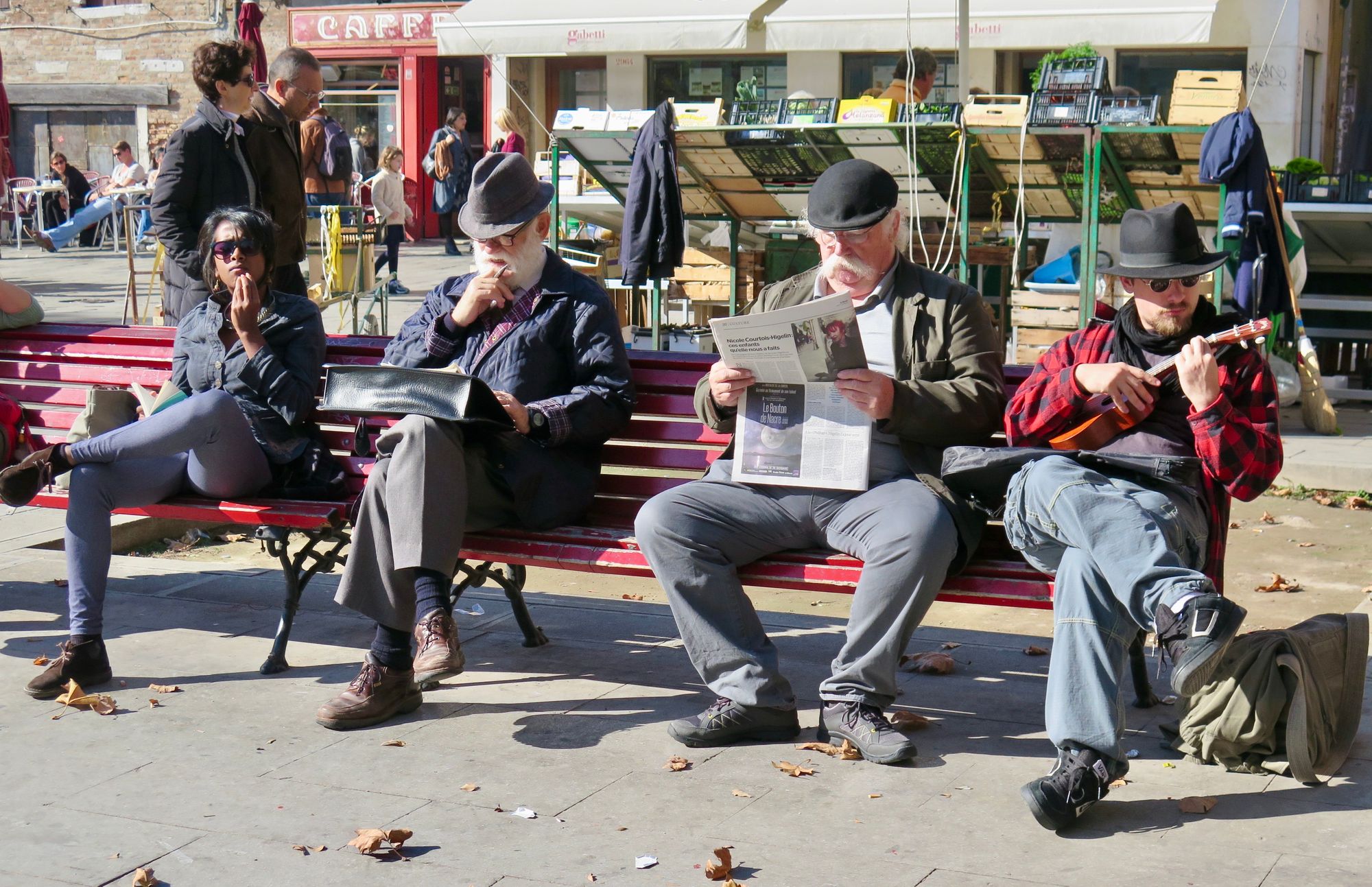
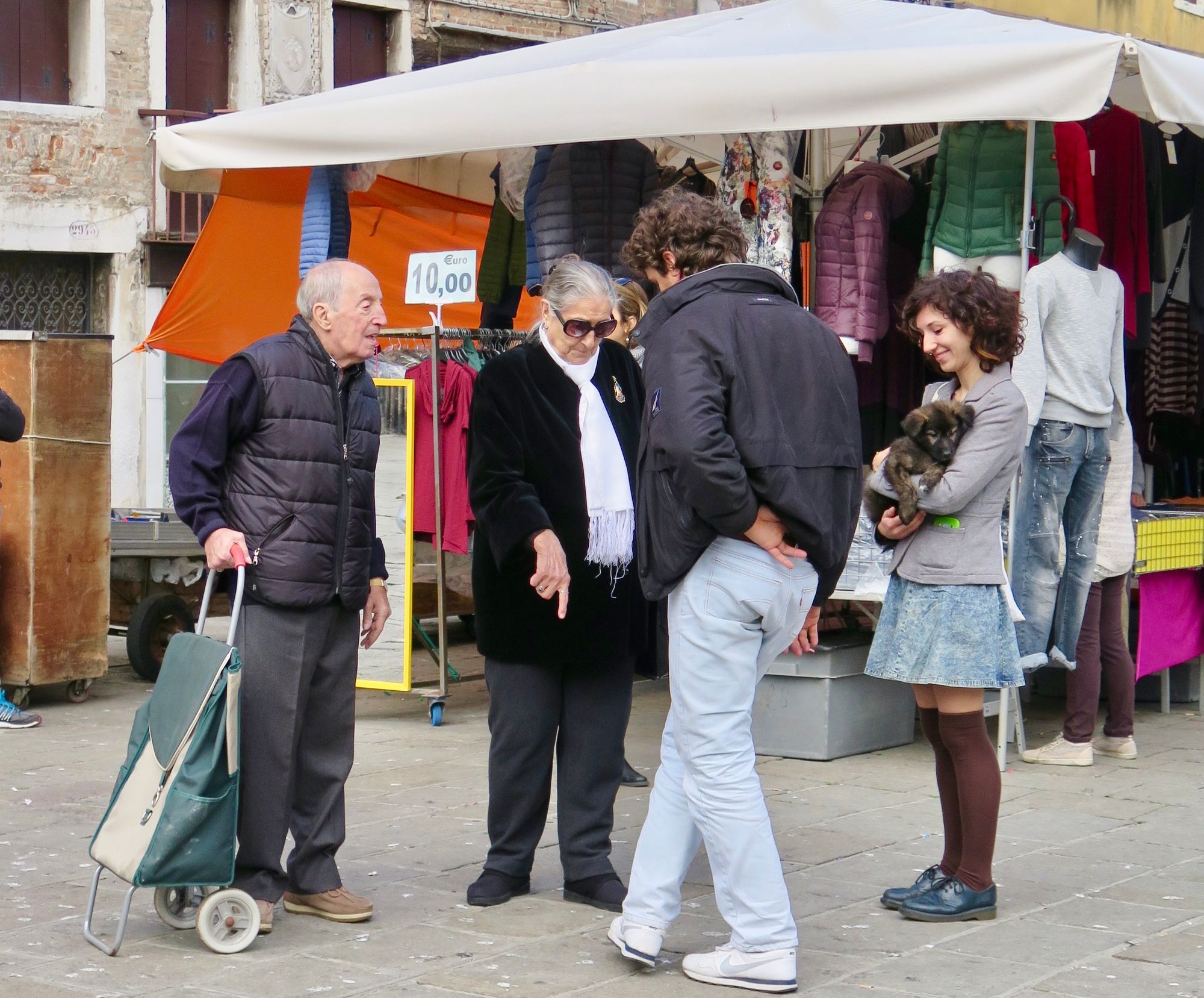
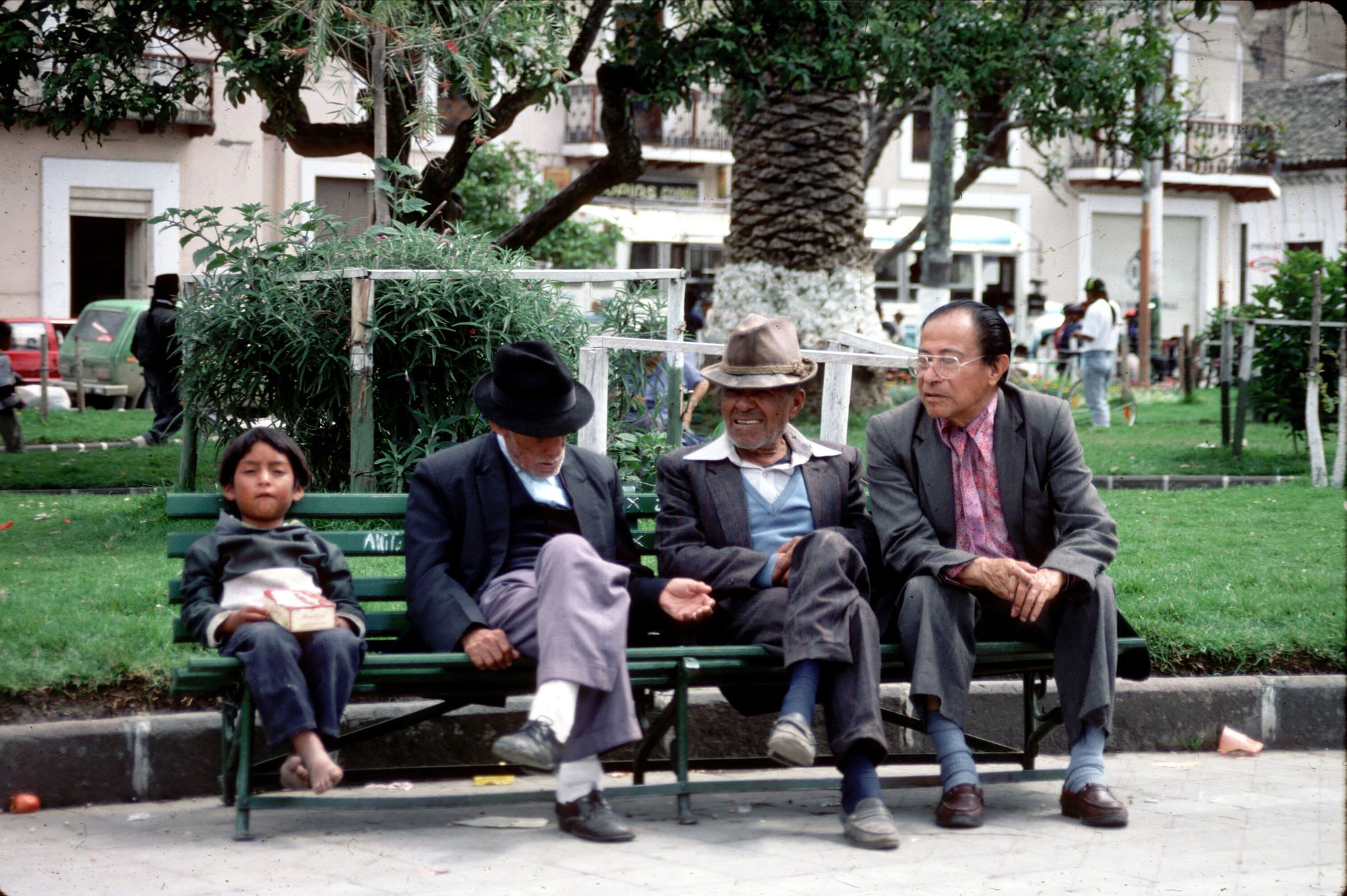
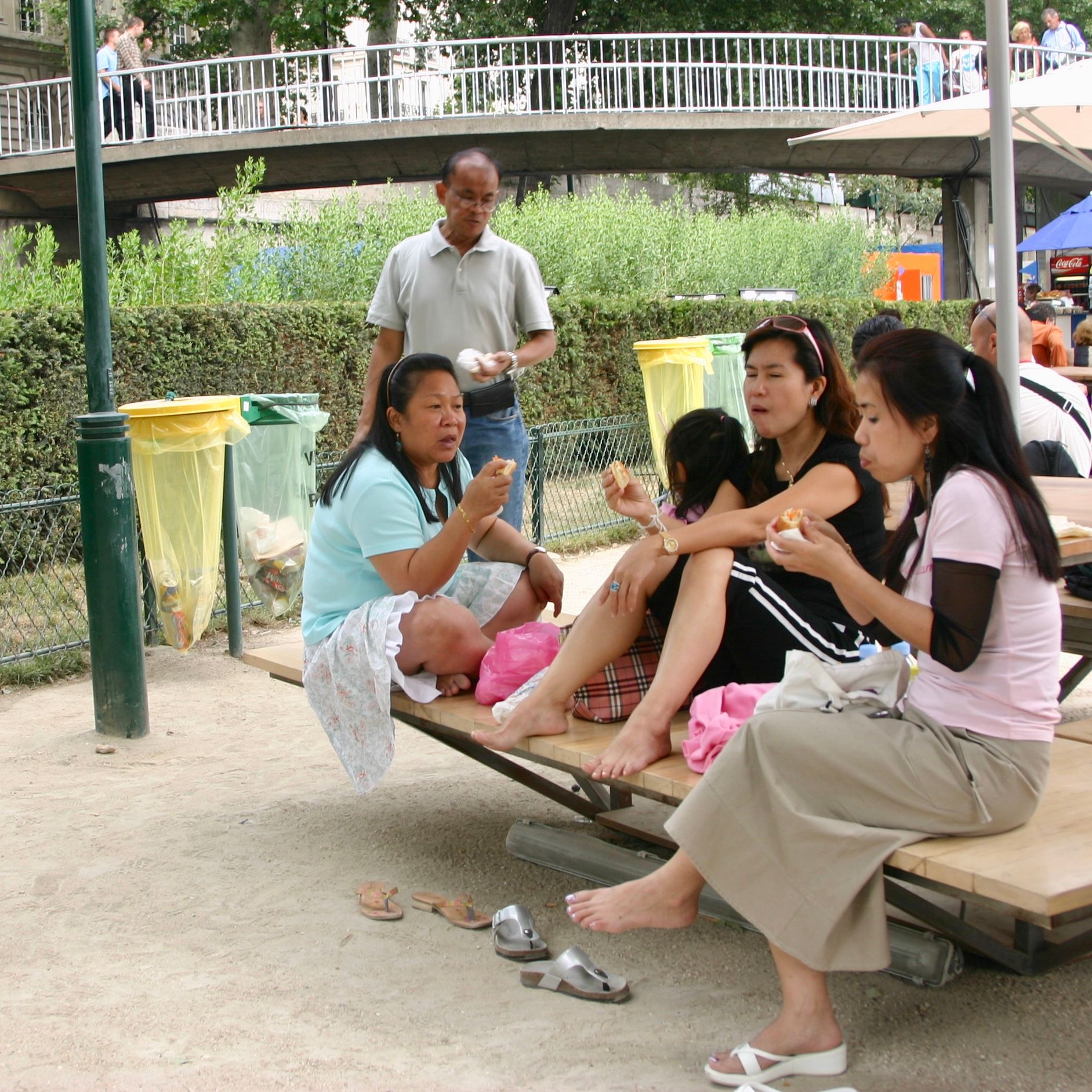
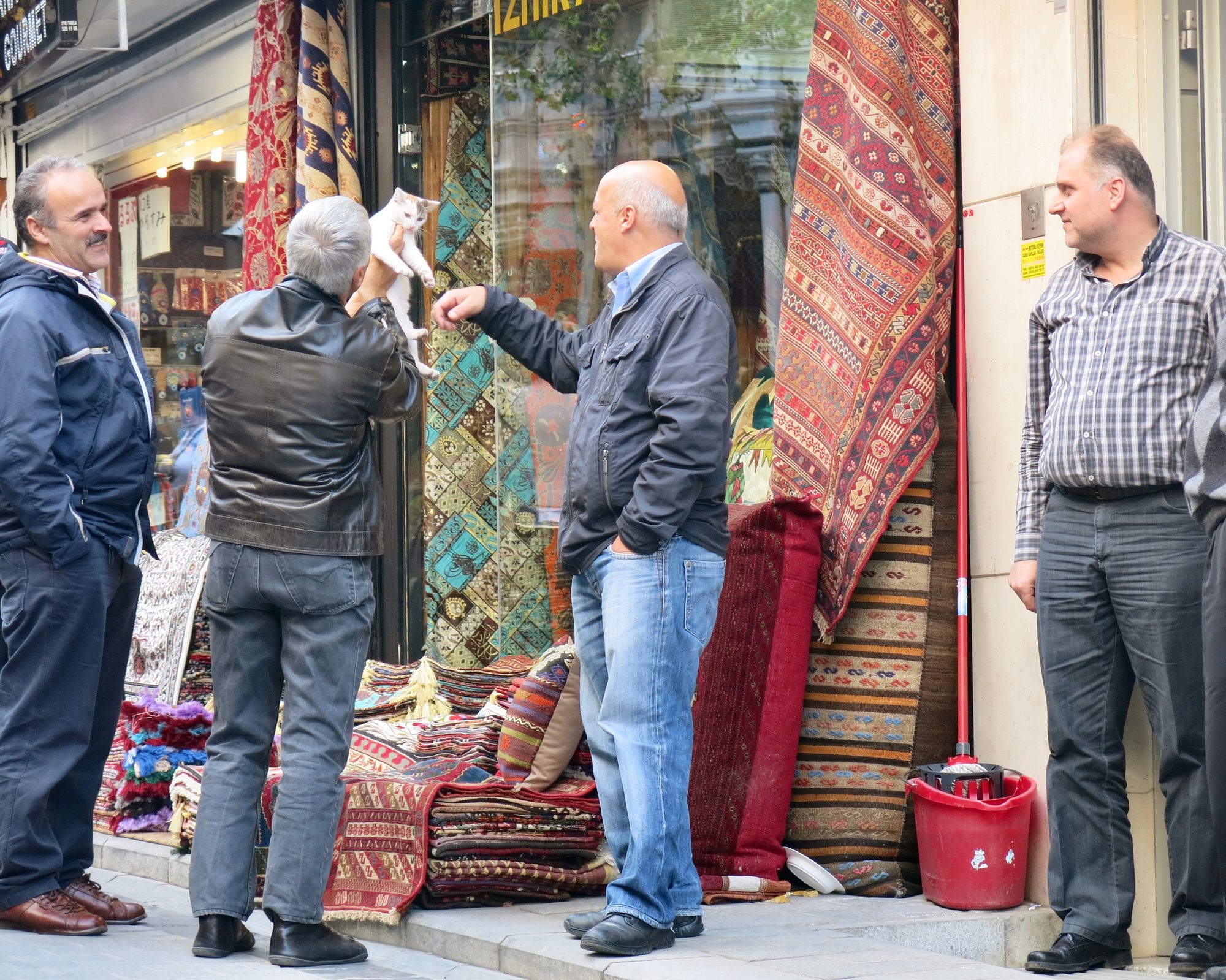
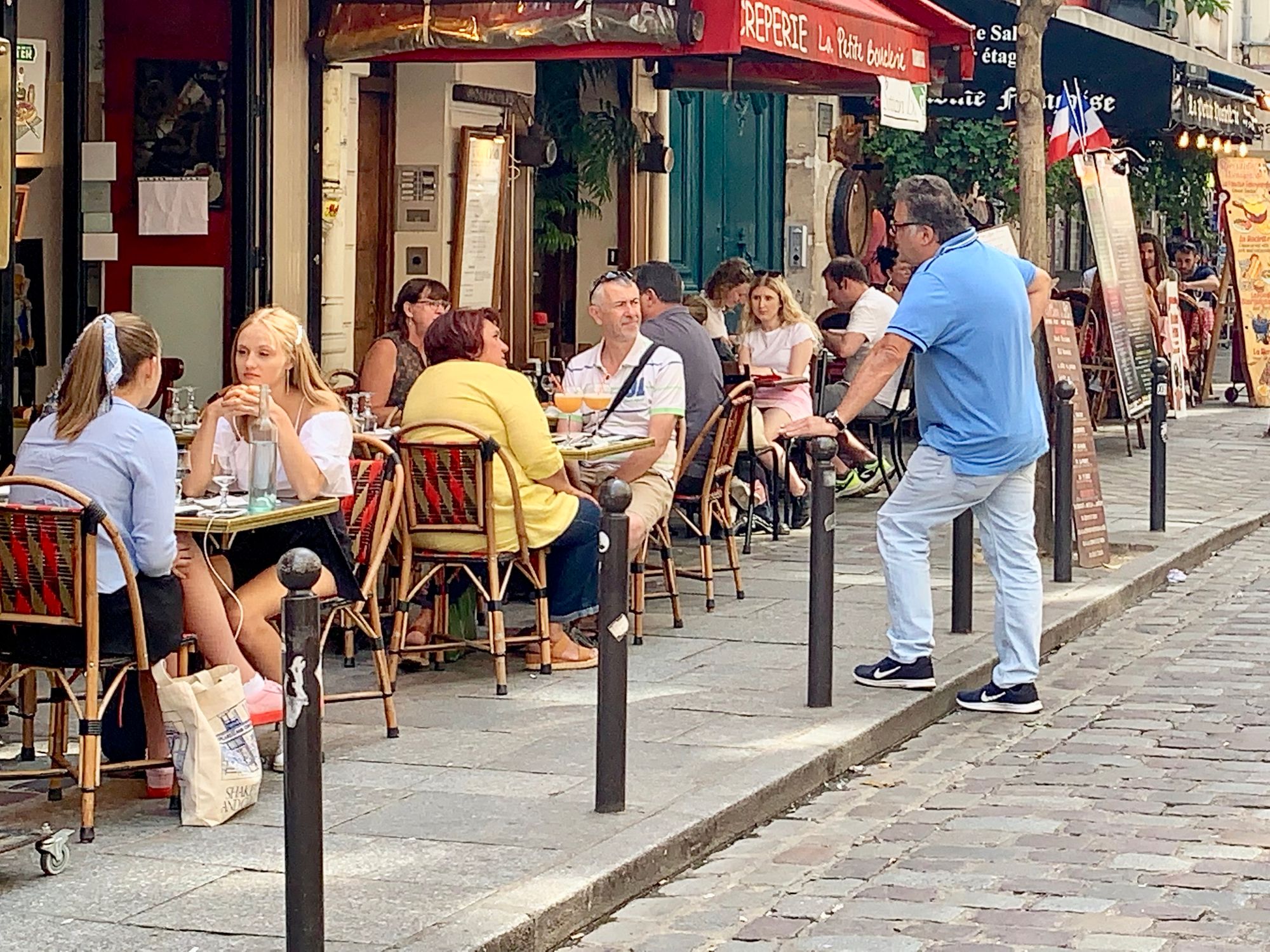
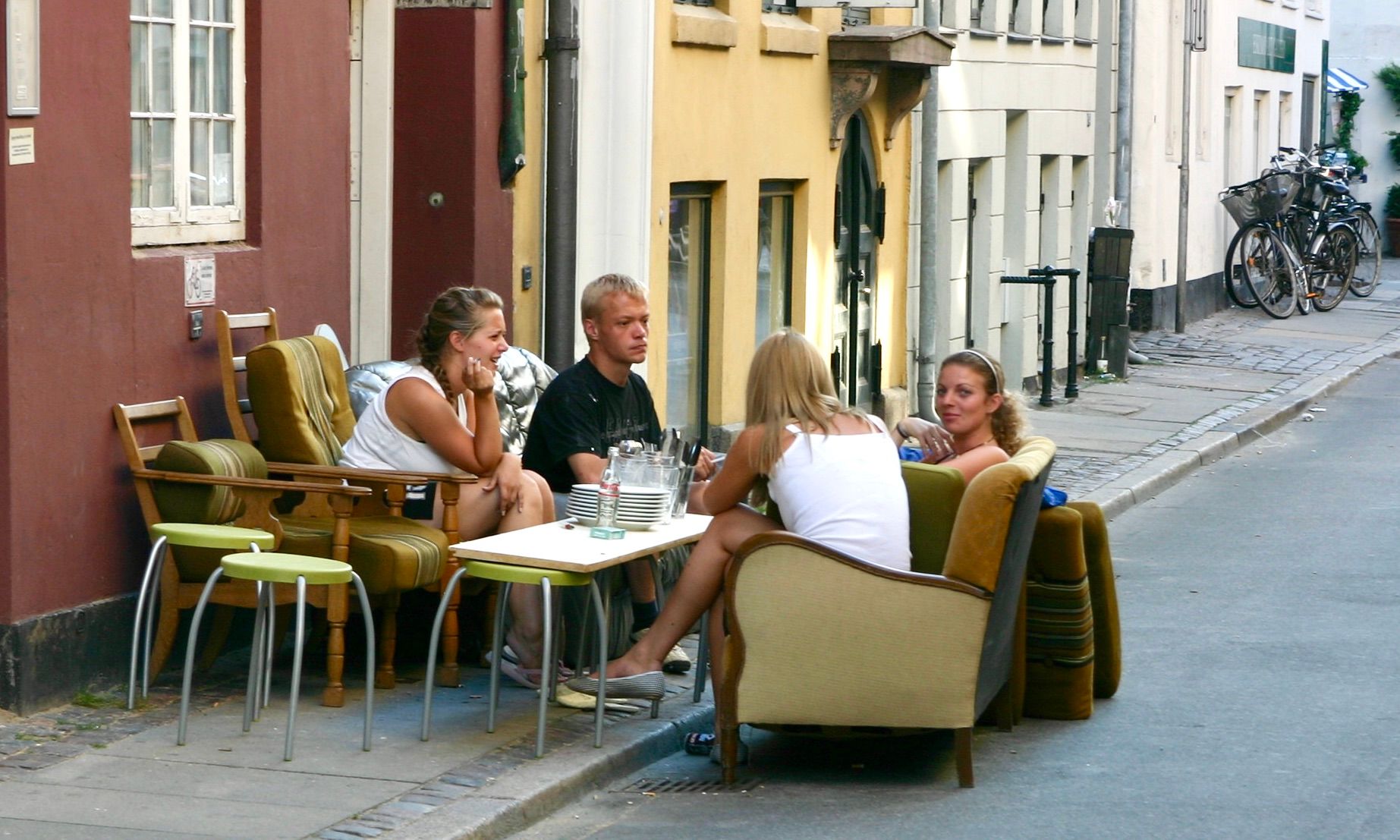
8. Make Markets Unique as Local Destinations
Many new opportunities for markets exist— farmers markets have been shown to work great as healthy gathering spots, but also include neighborhood flea markets and "fix-it evenings" when locals can get household items repaired. People could also swap or give away things they no longer need. People with special talents could offer their skills for free or a small fee. This gives small businesses a big boost in these hard times.
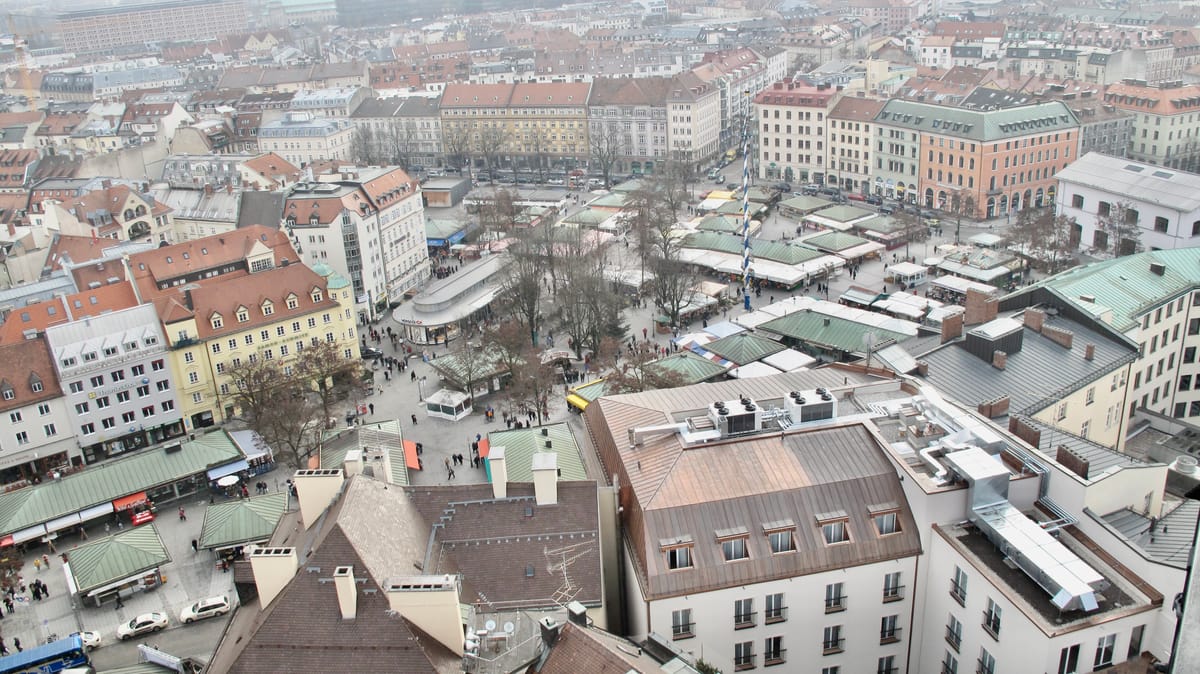
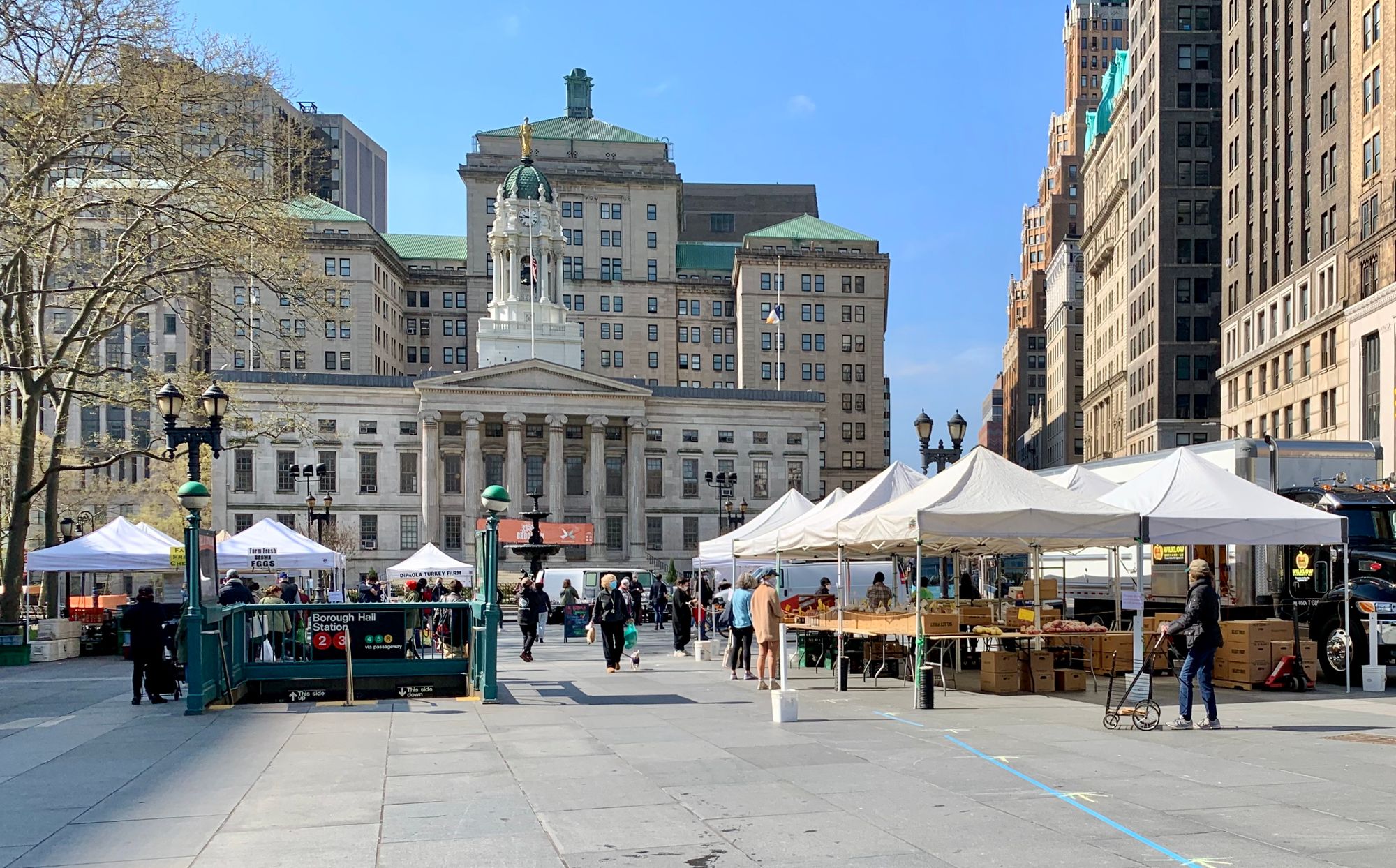
9. Create New Opportunities for Those Most Impacted
A great number of us (the old, the poor, the homeless, the isolated, the disabled, young families etc.) are the people whose lives are most disrupted by pandemic. One of our greatest challenges is to create opportunities to involve and incorporate everyone's skills and knowledge in creating better, safer, sustainable communities.
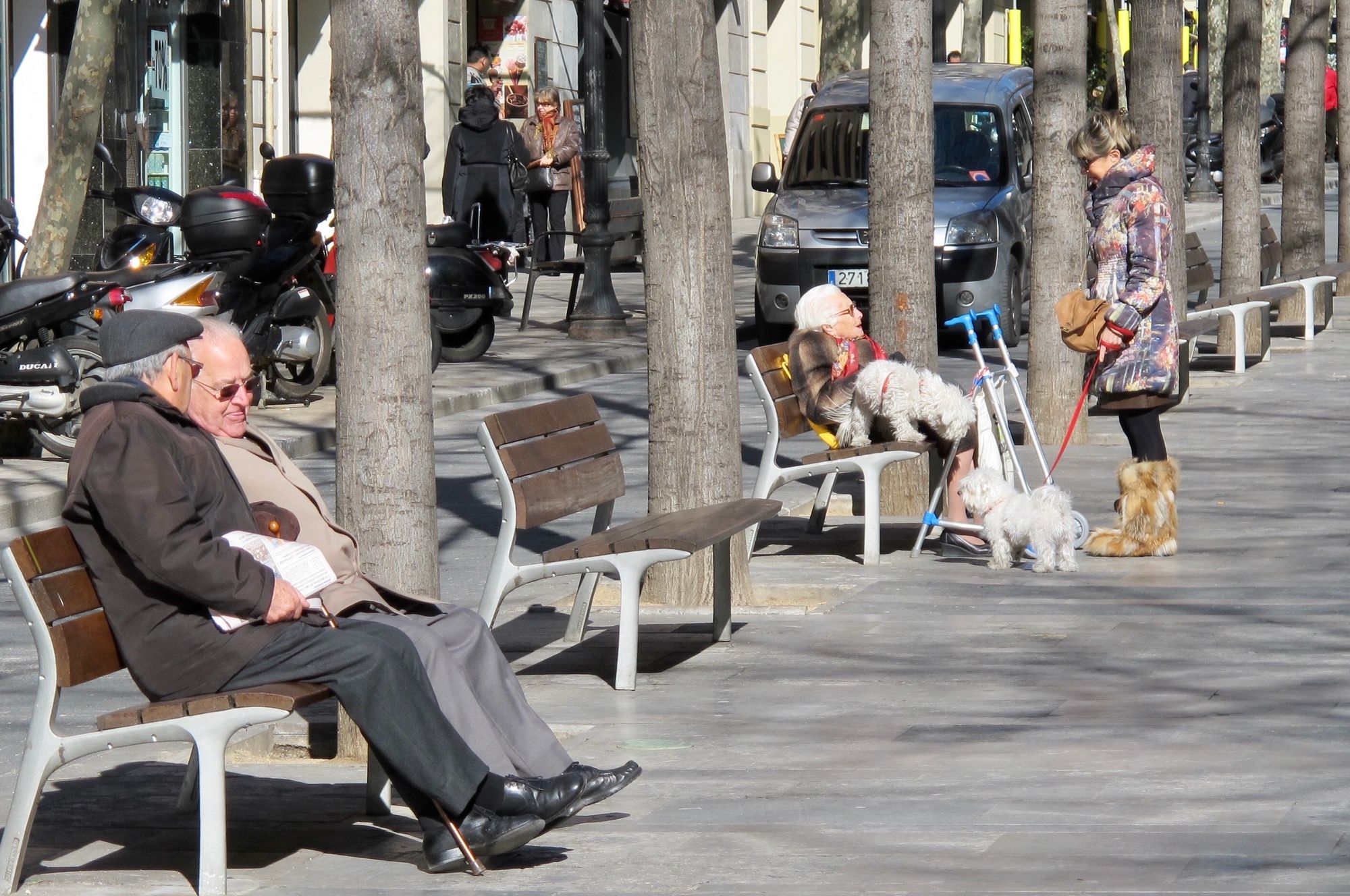
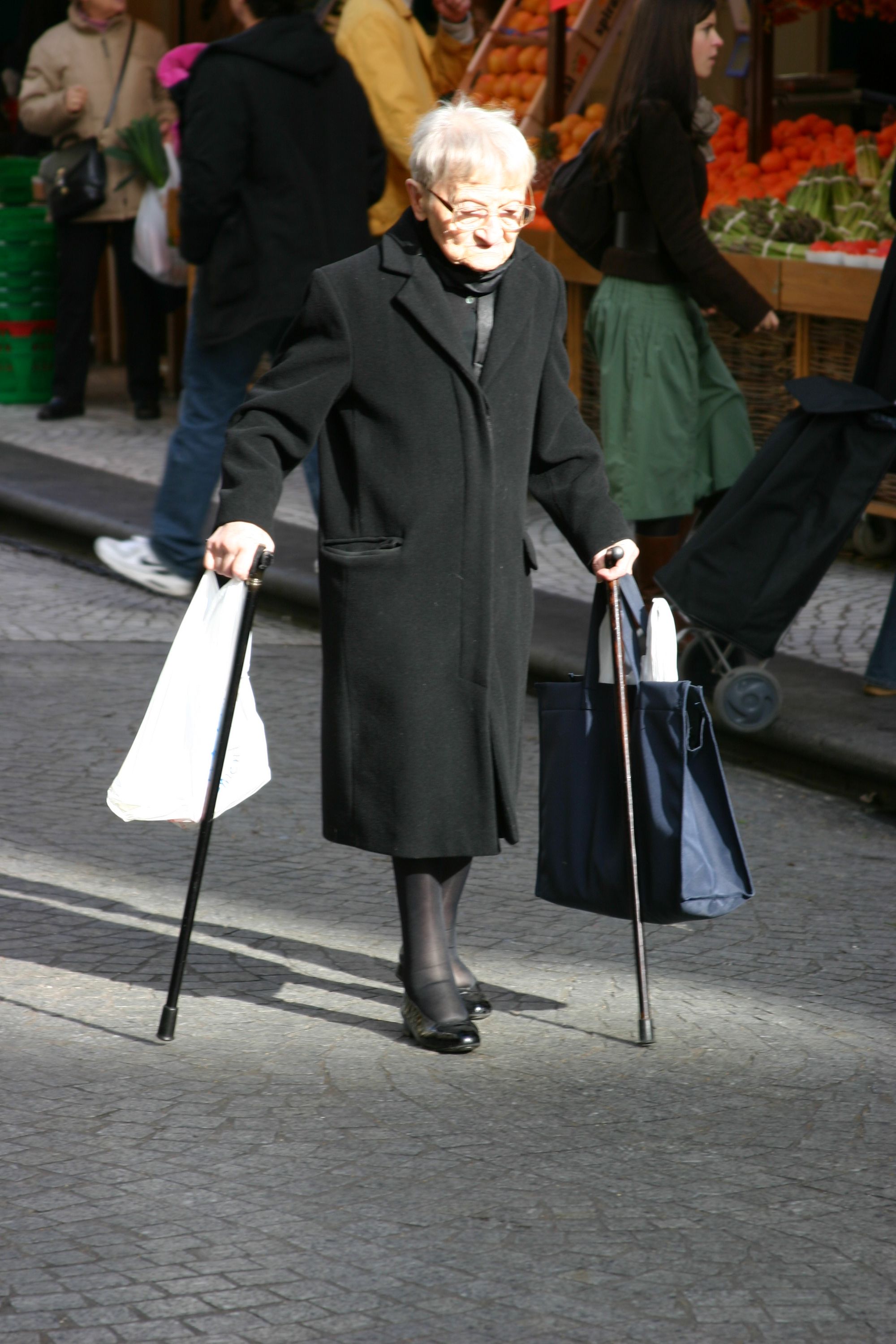
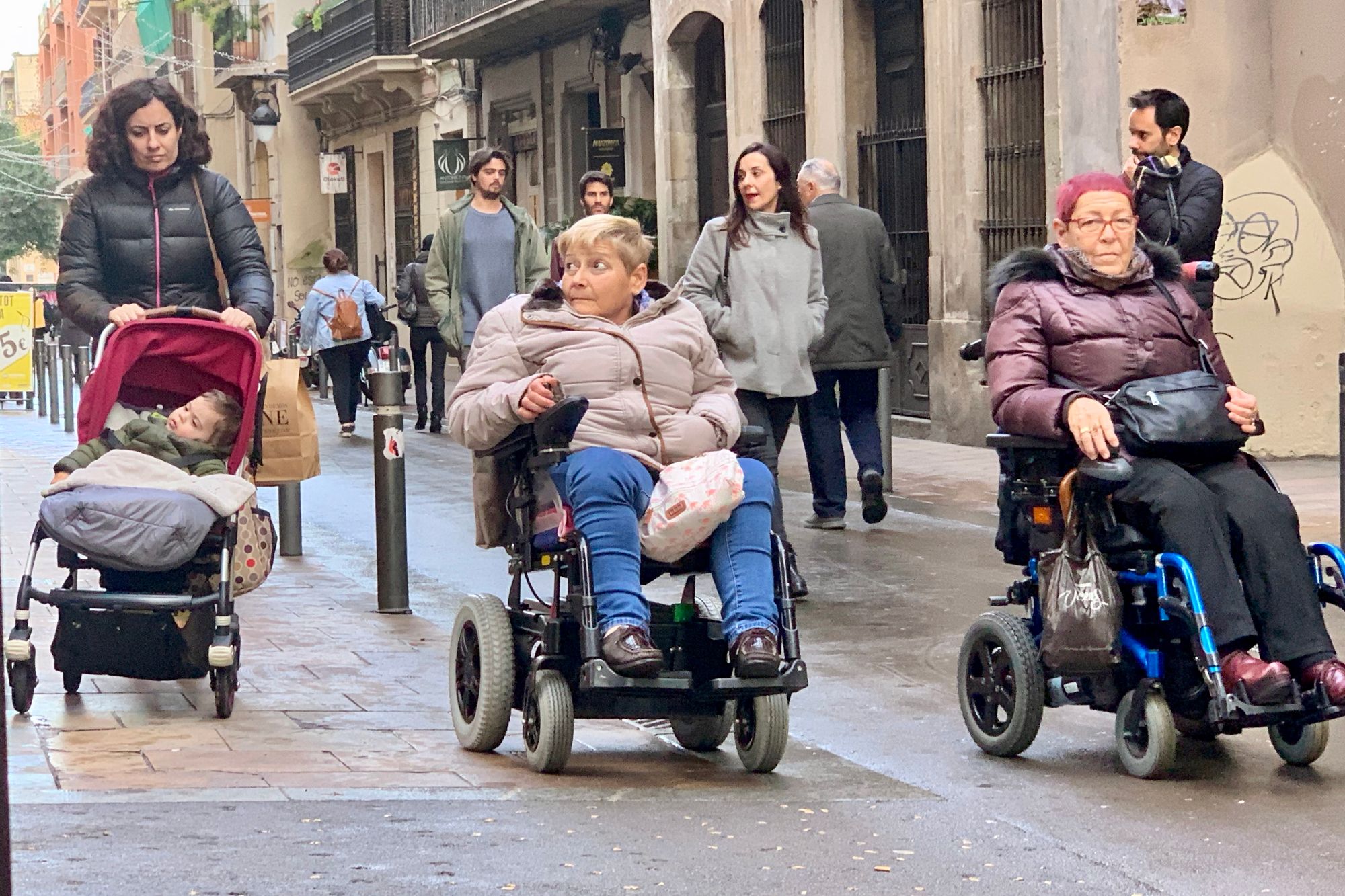
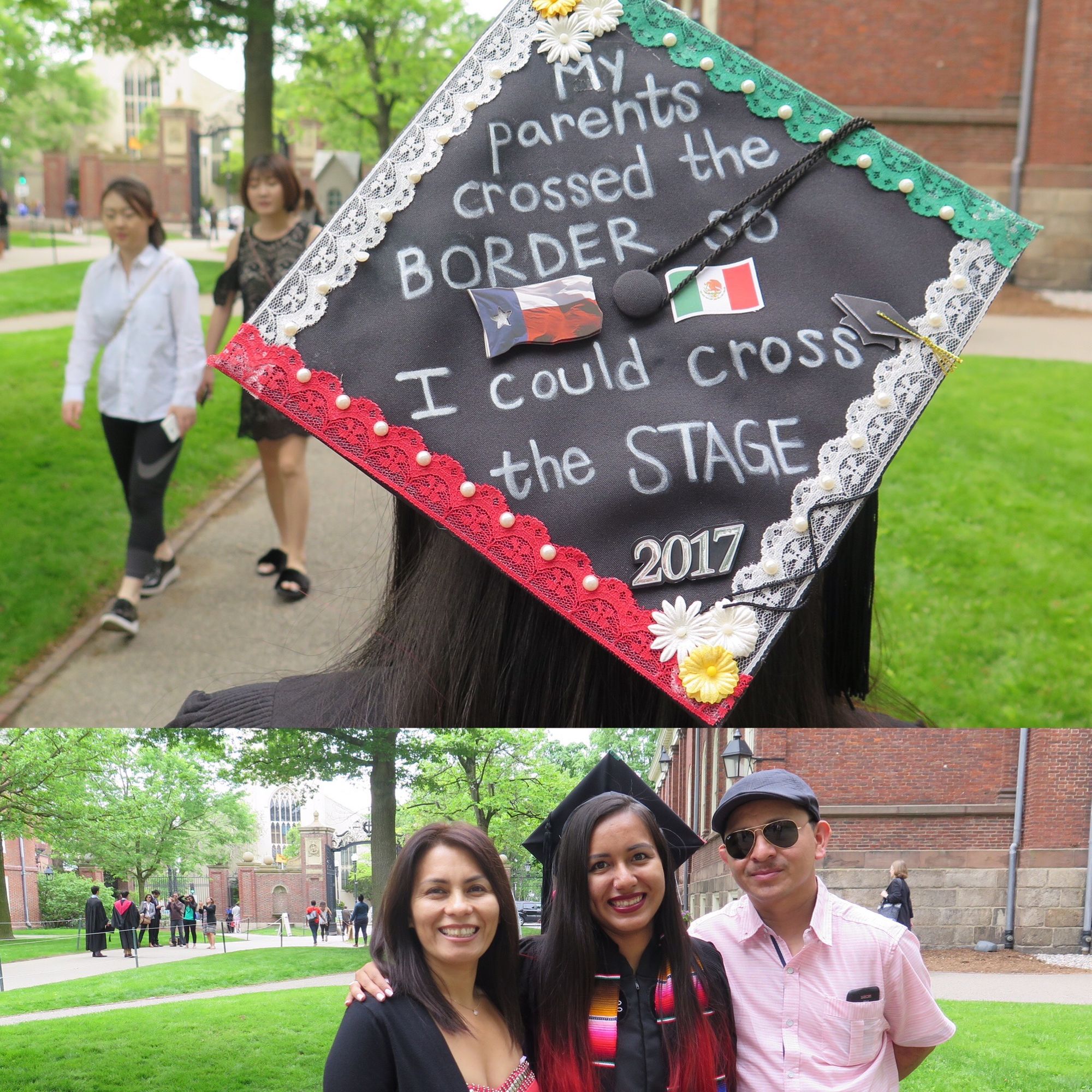
10. Have FUN
Enjoying yourself is even more important than ever during hard times.
